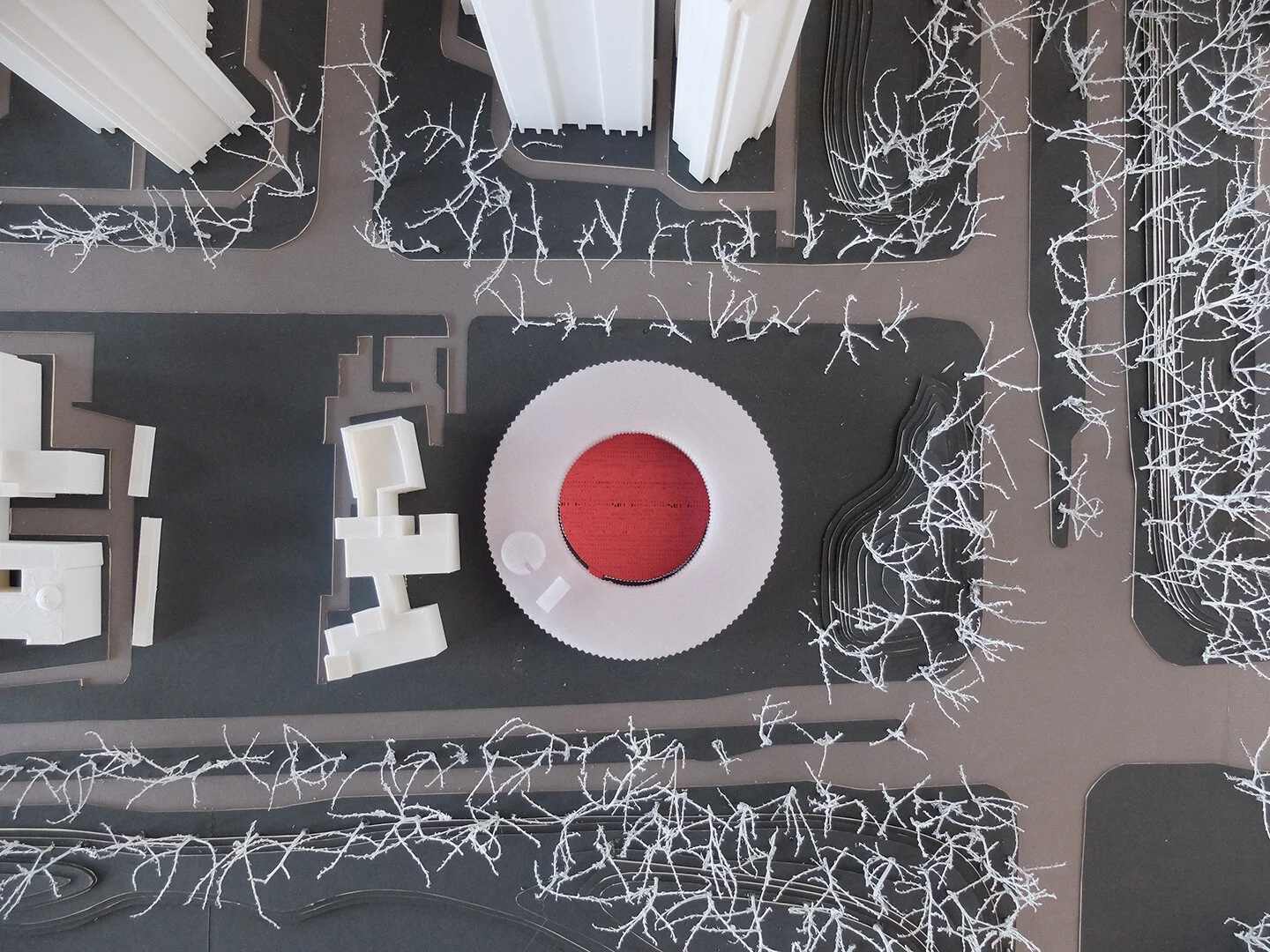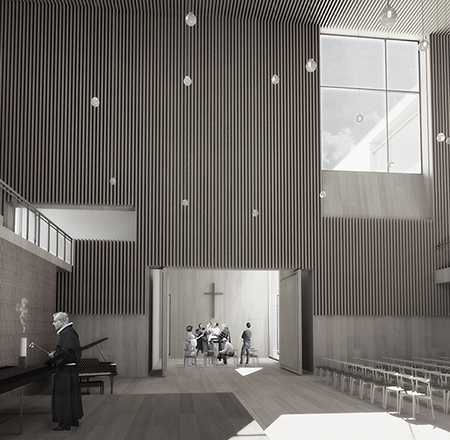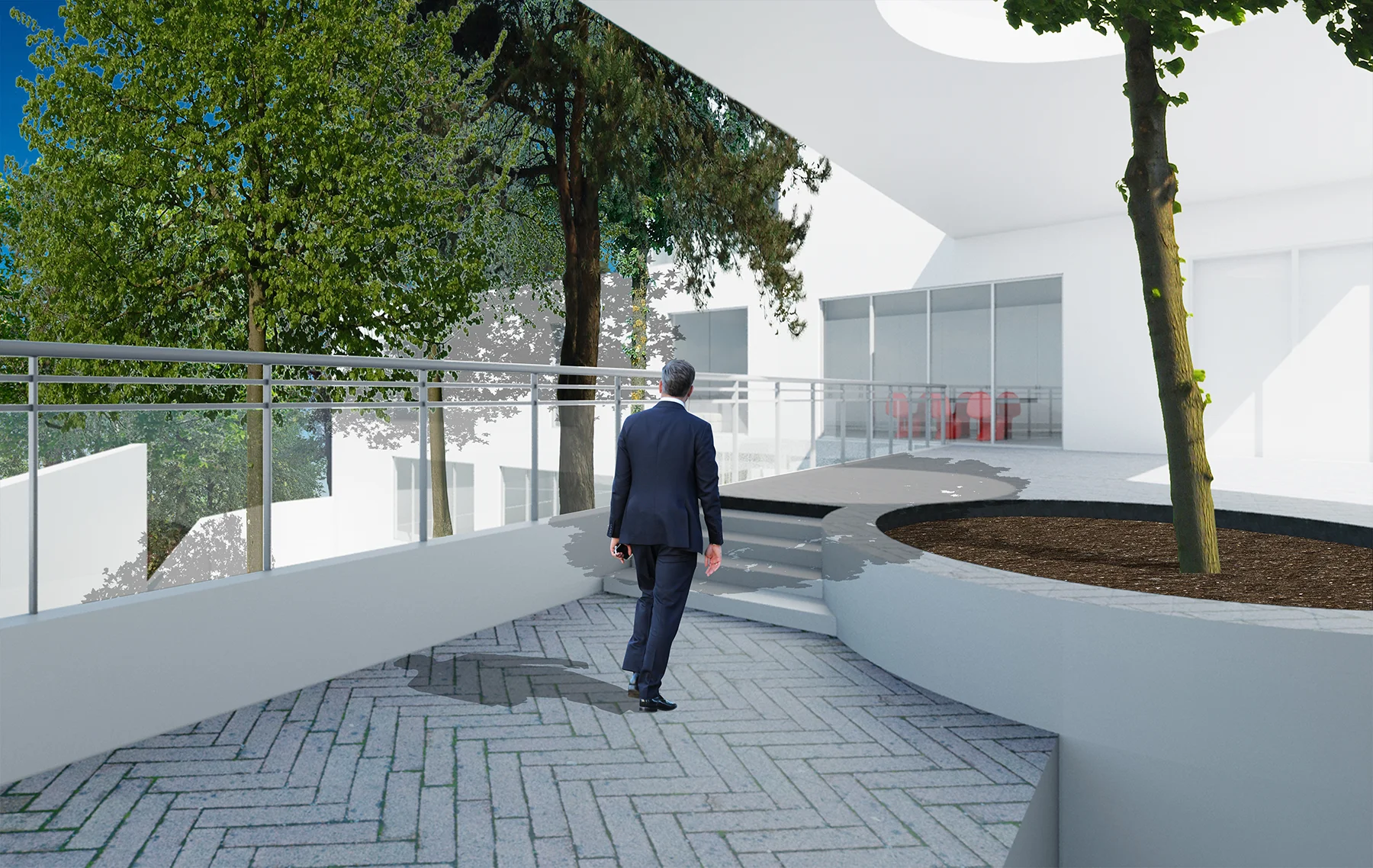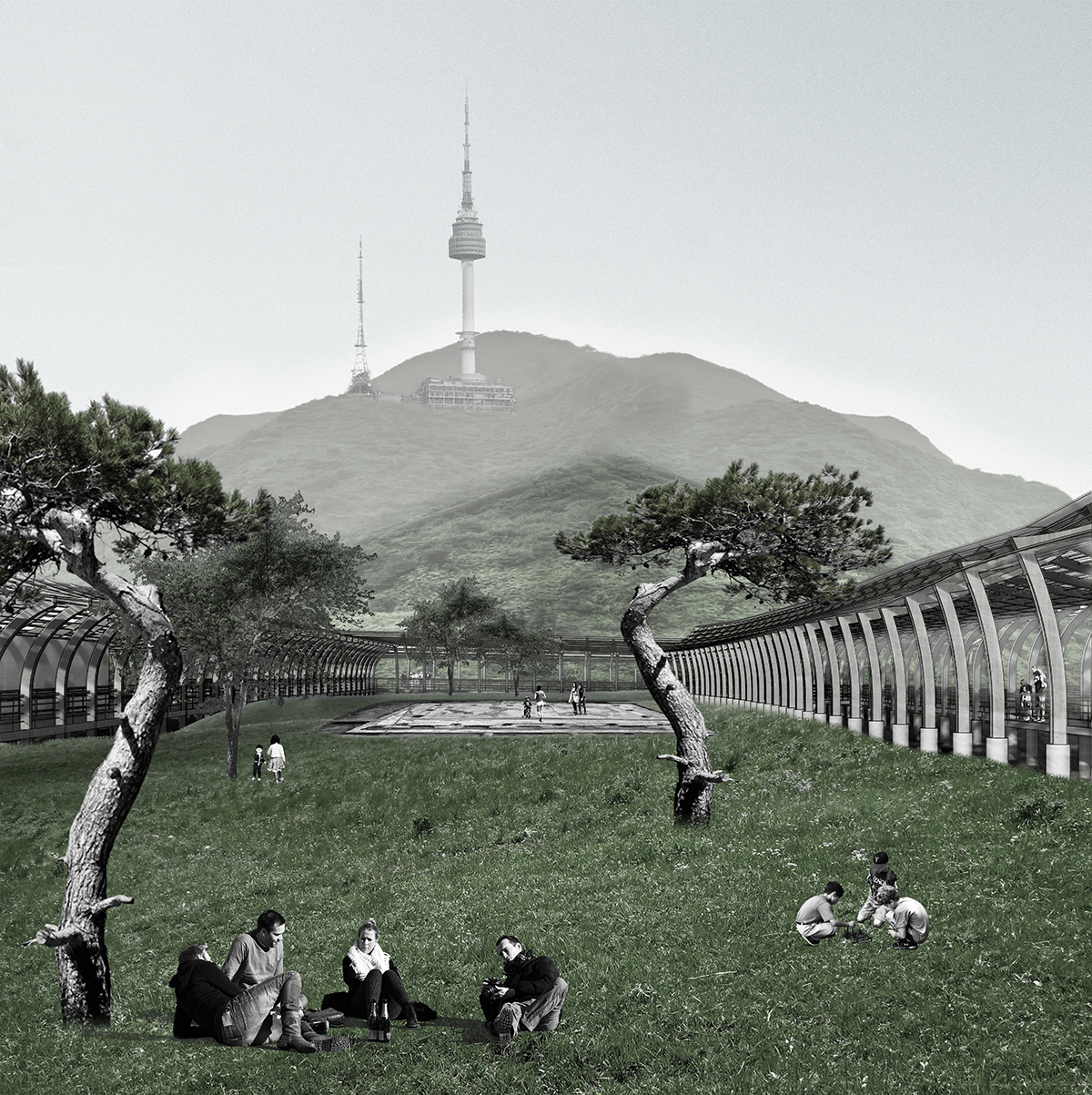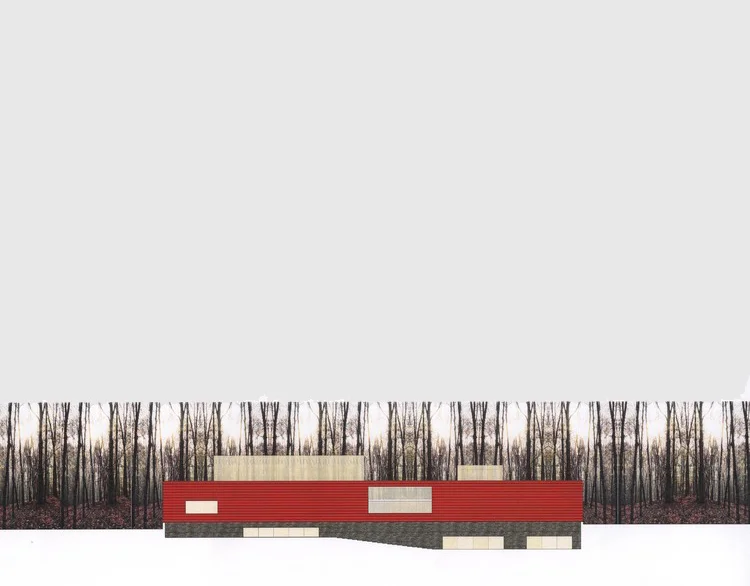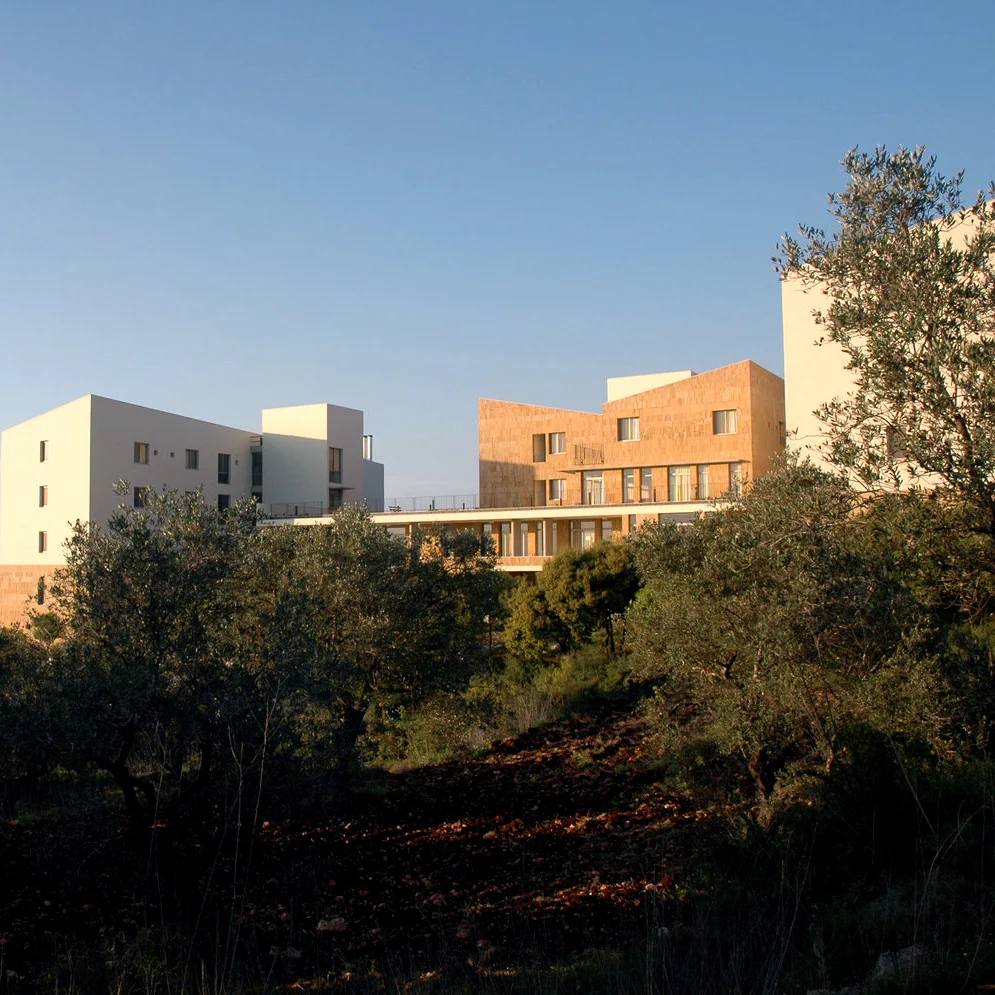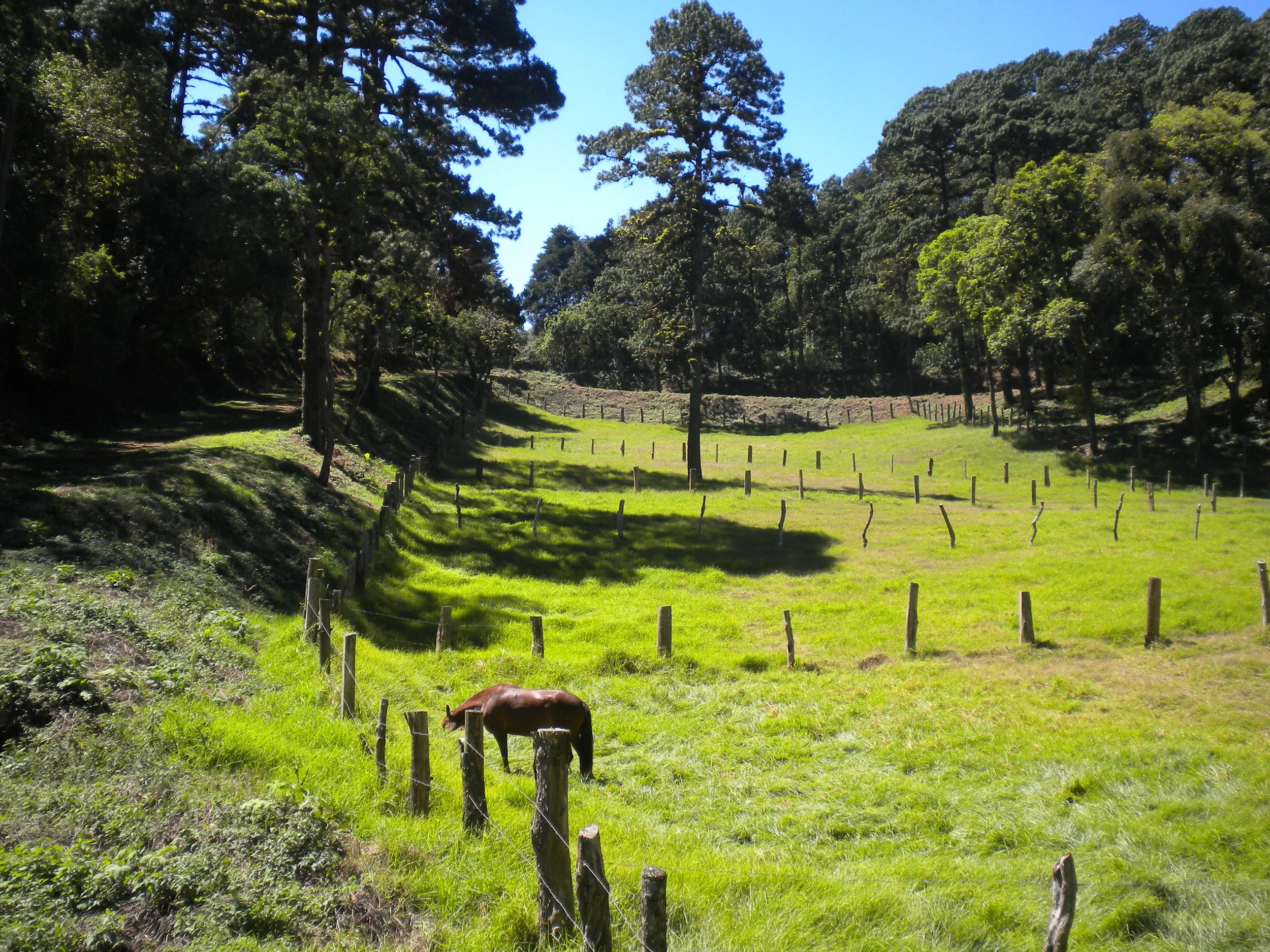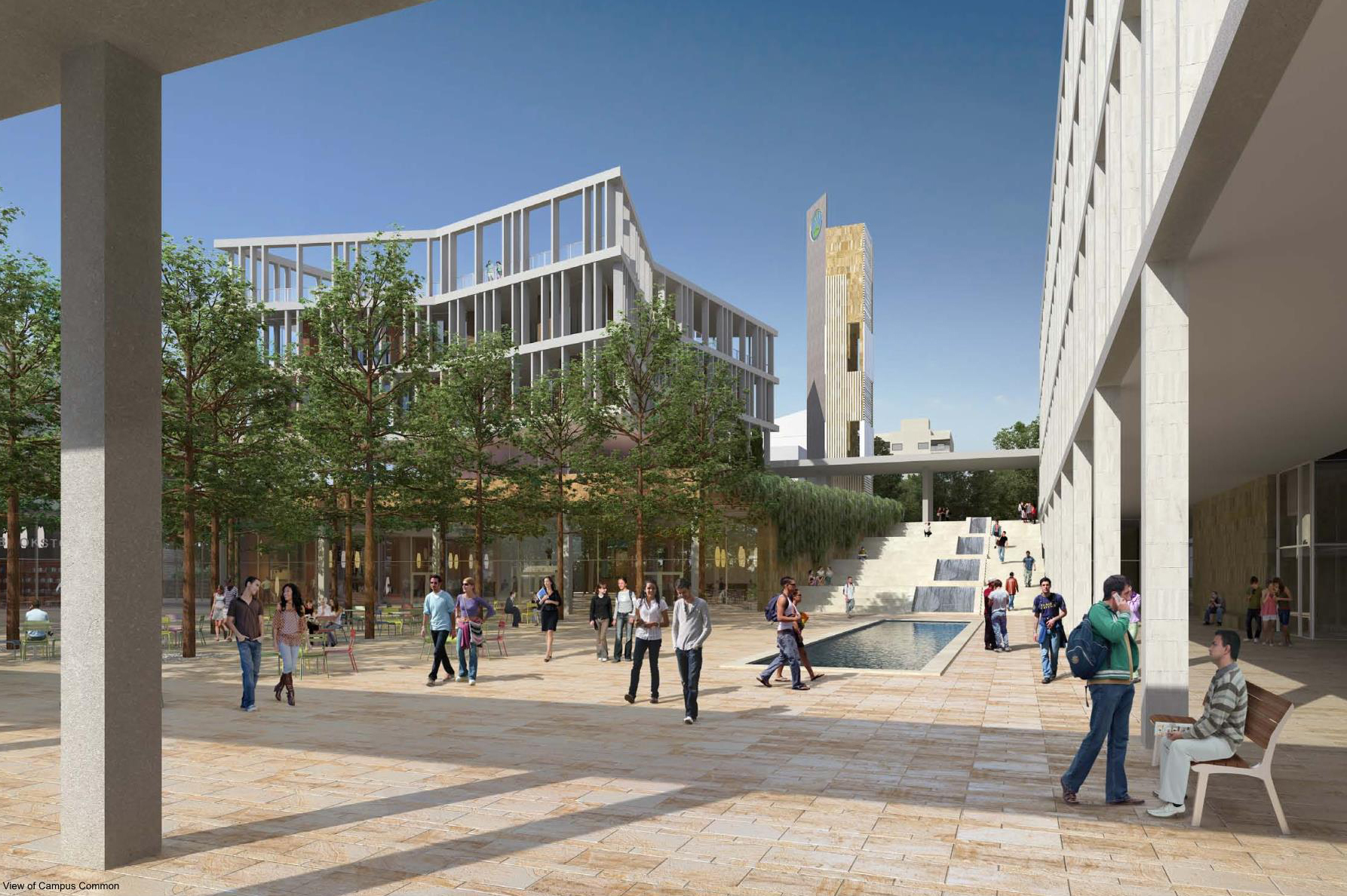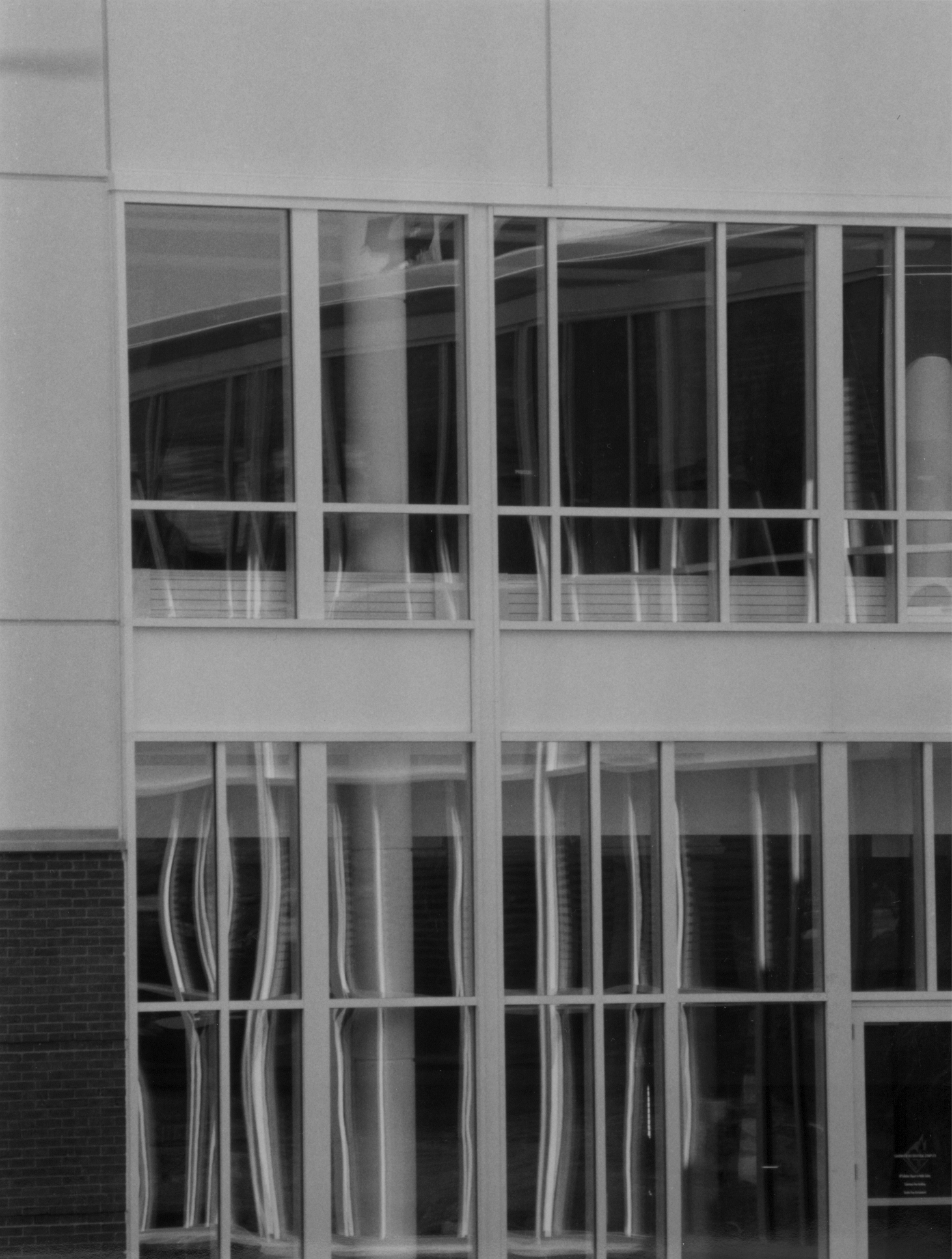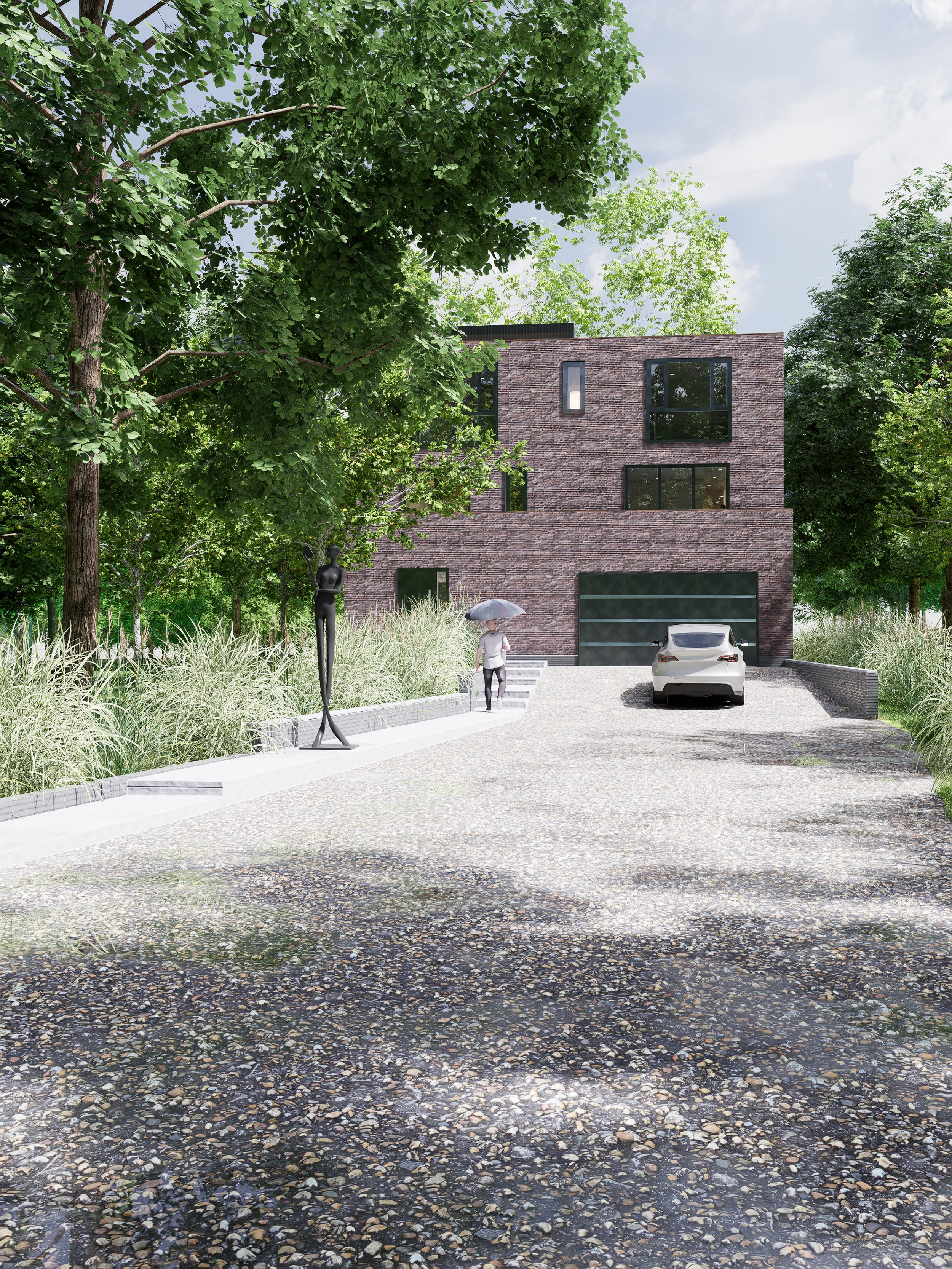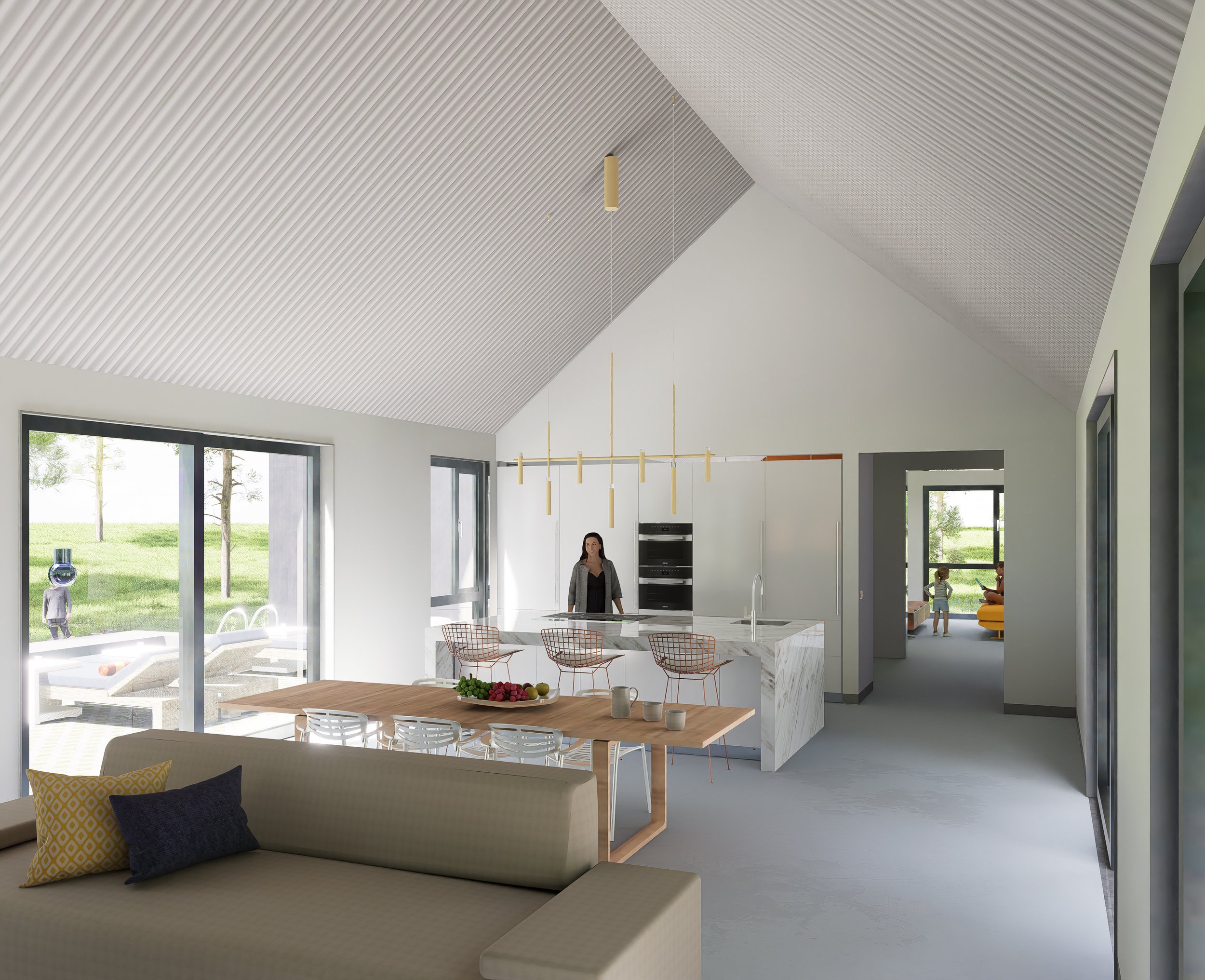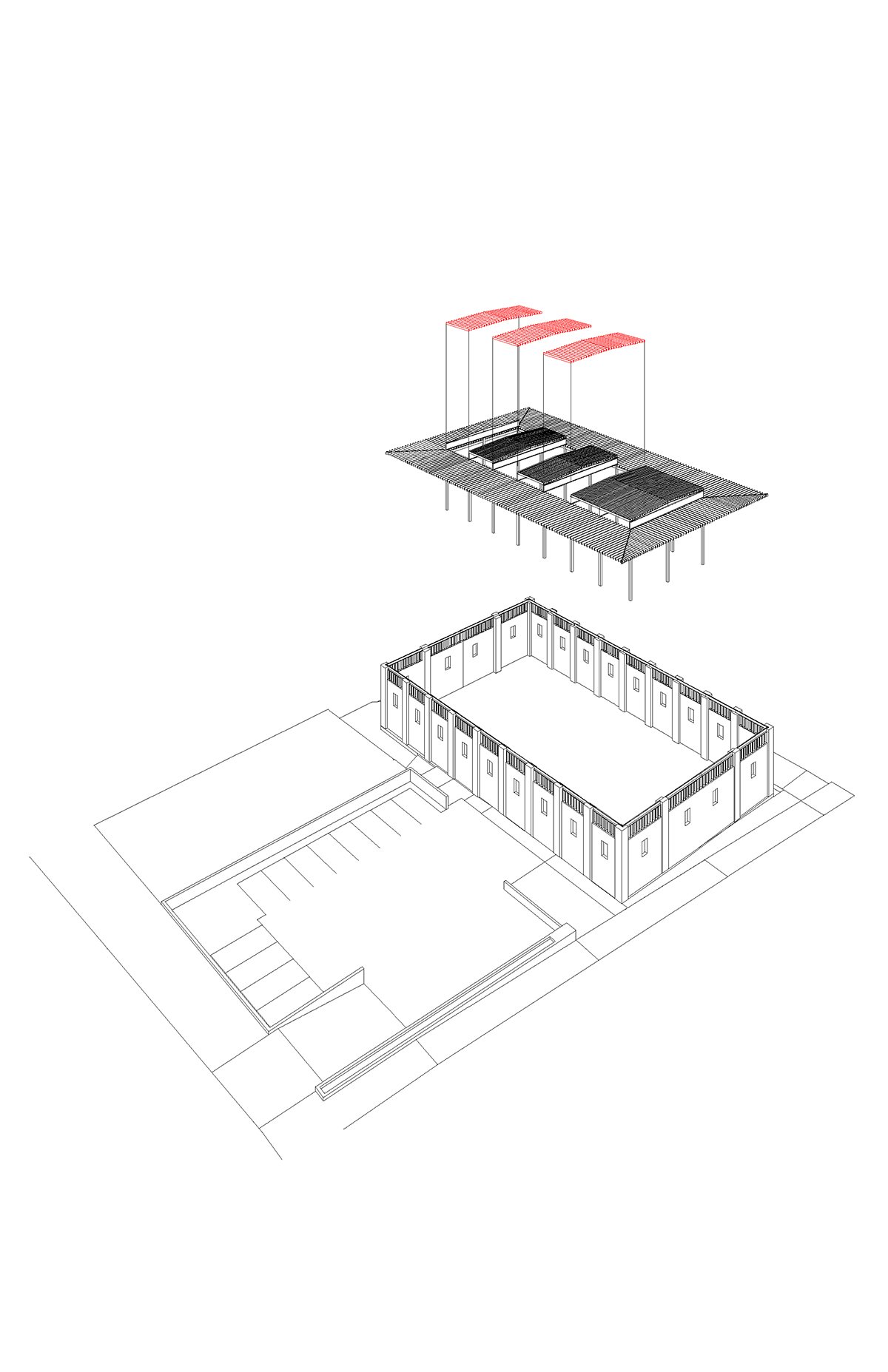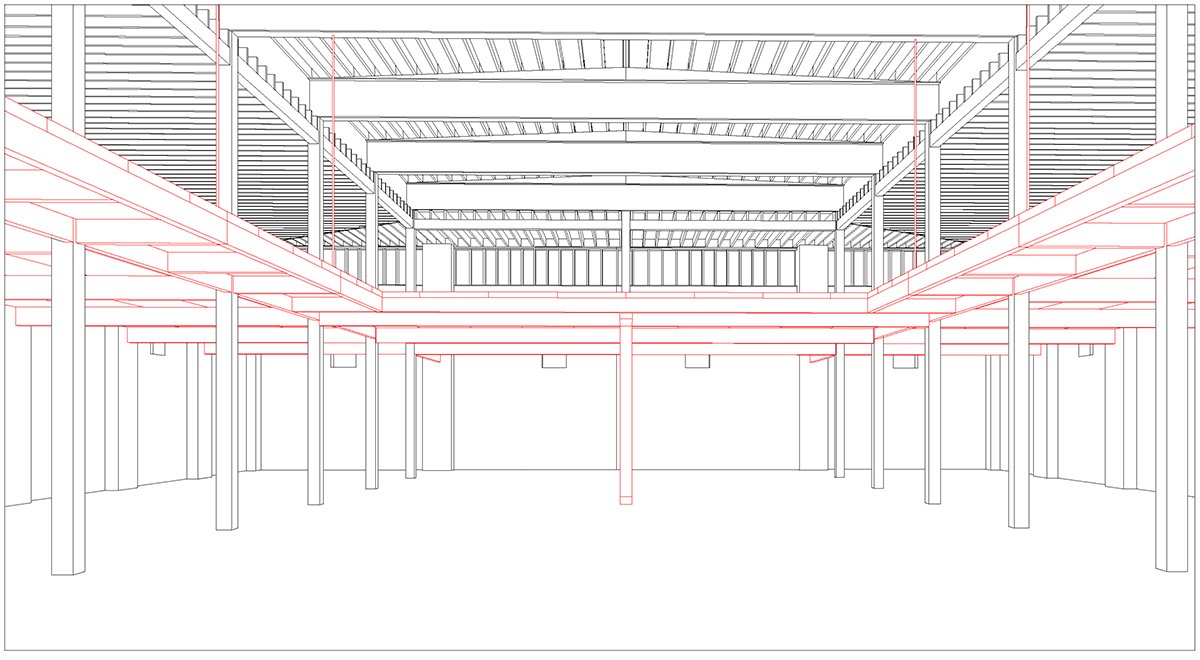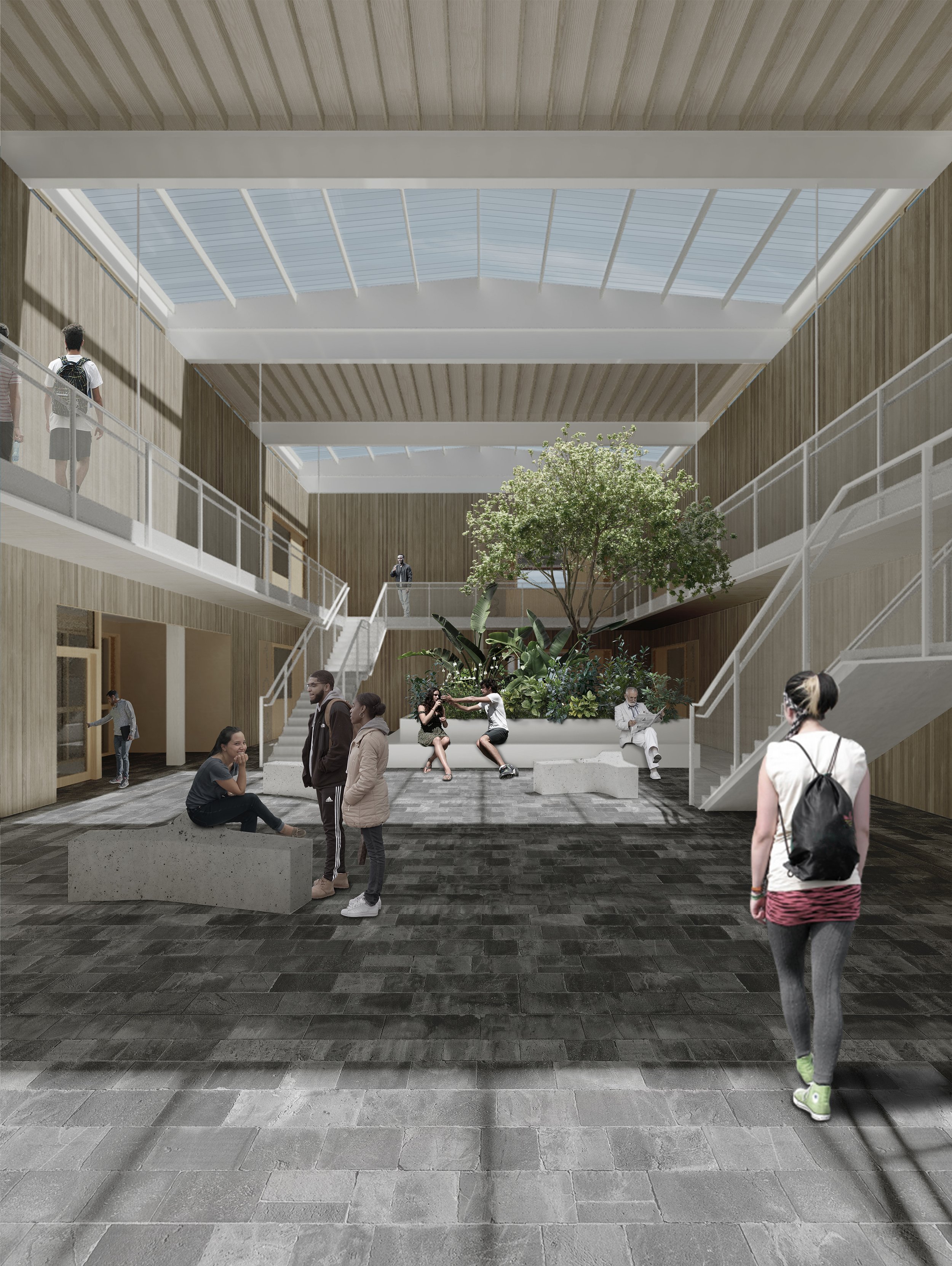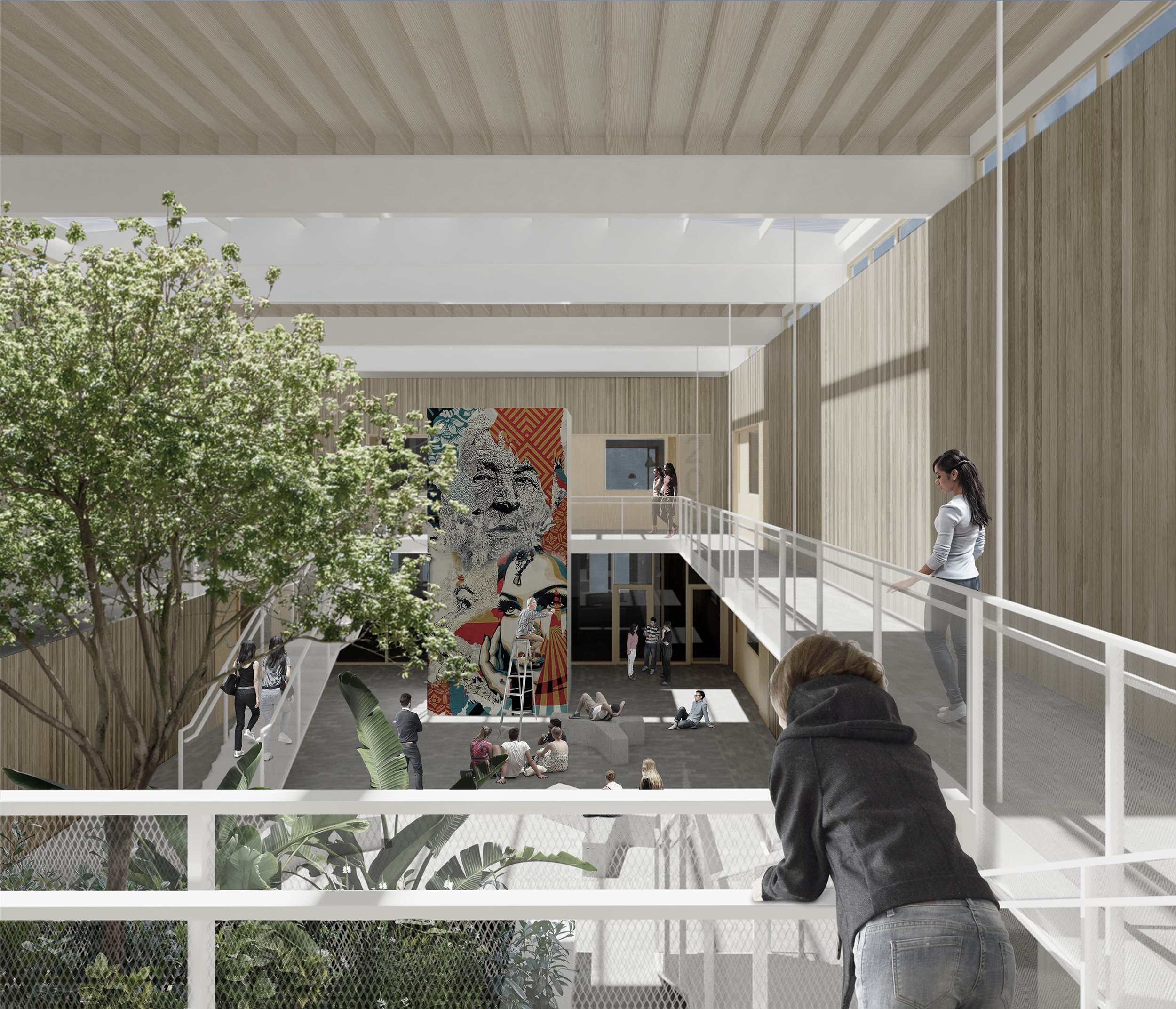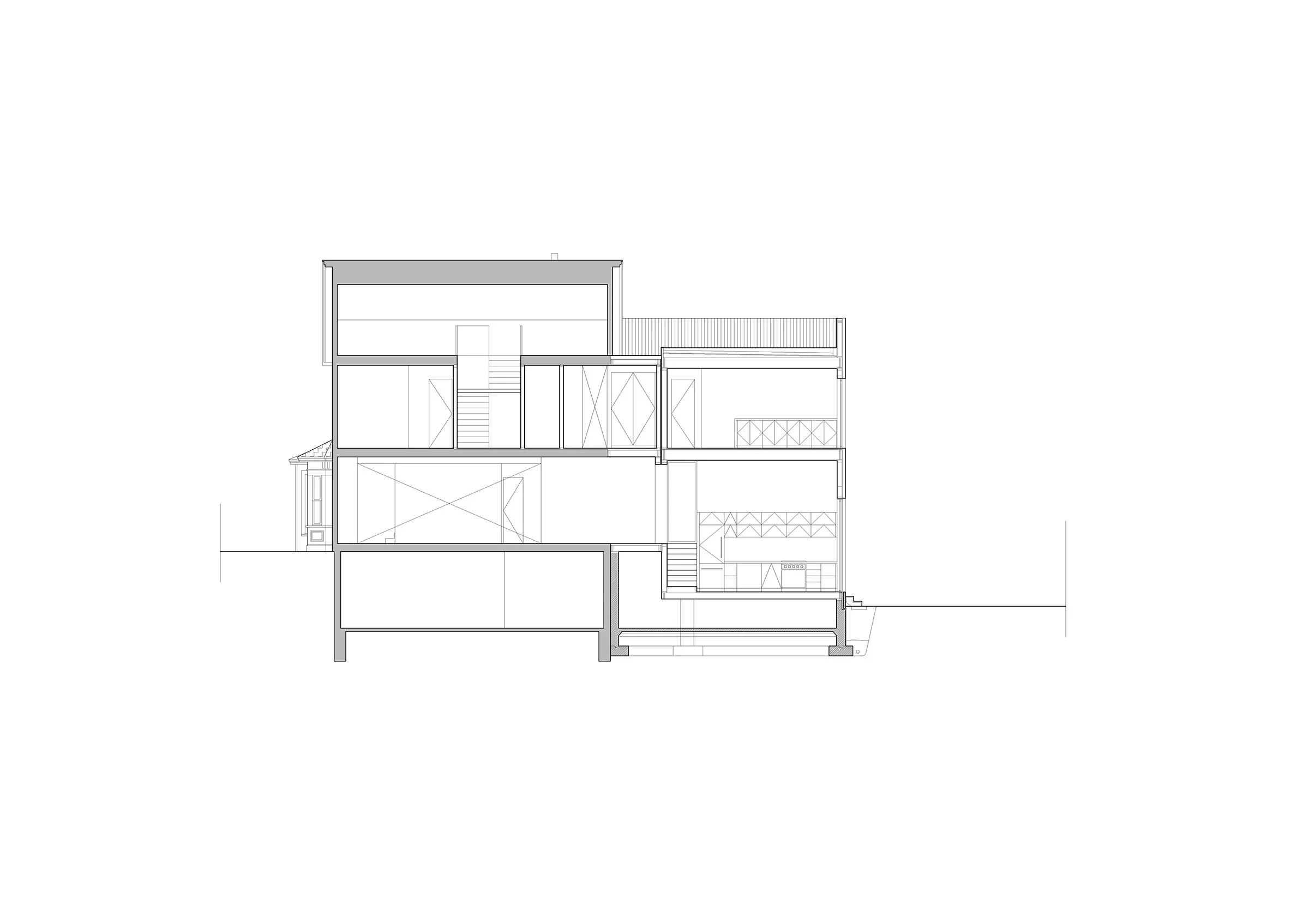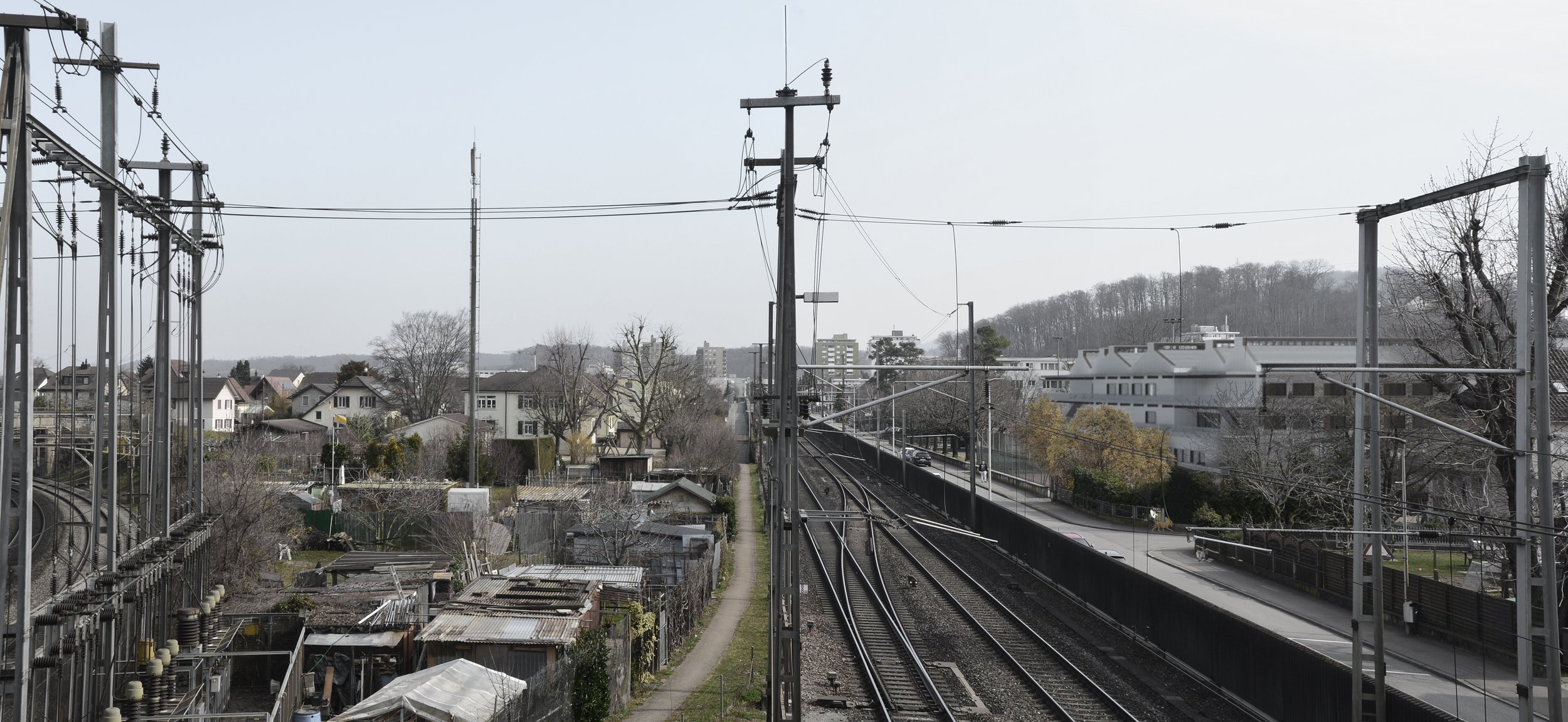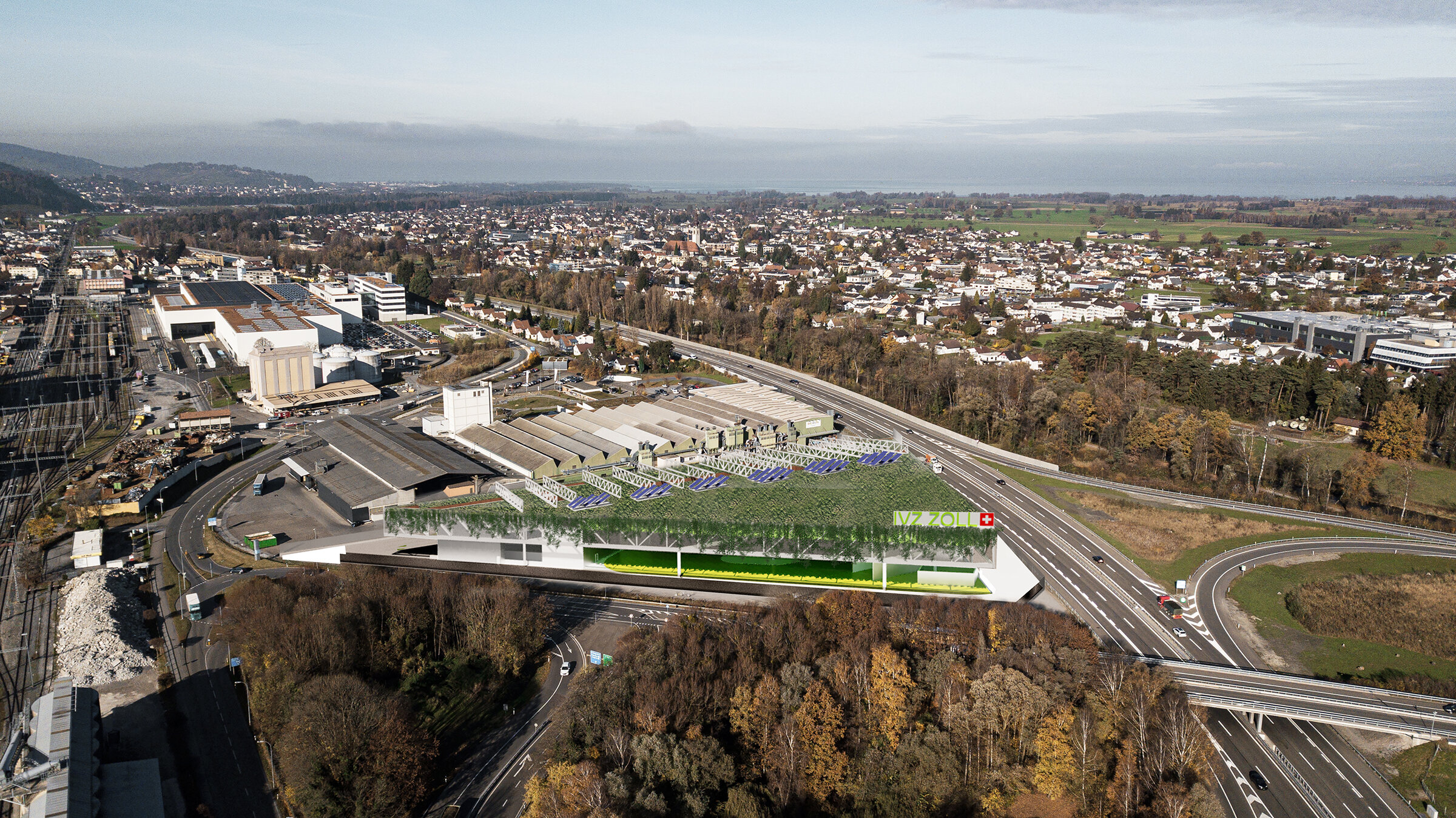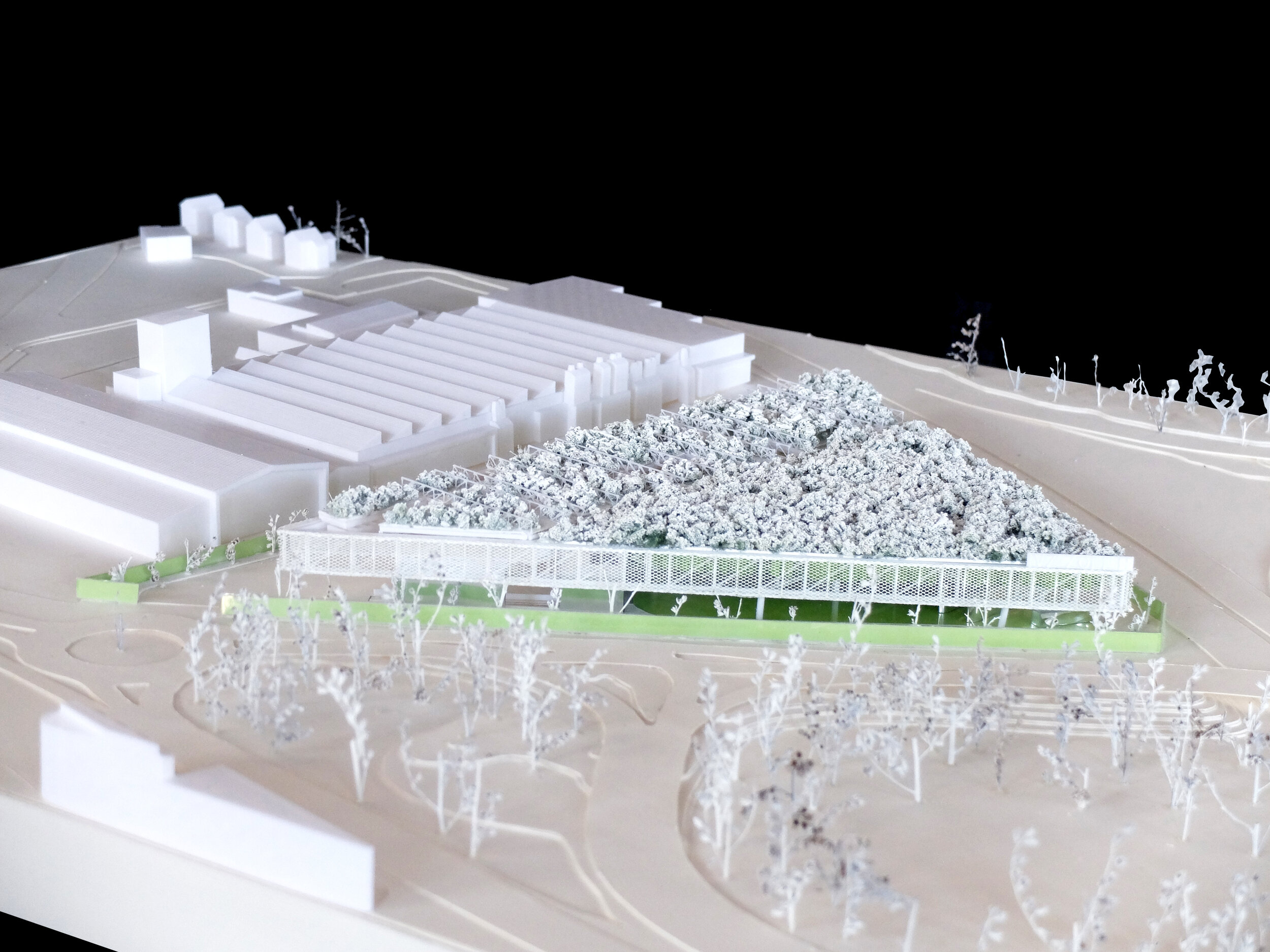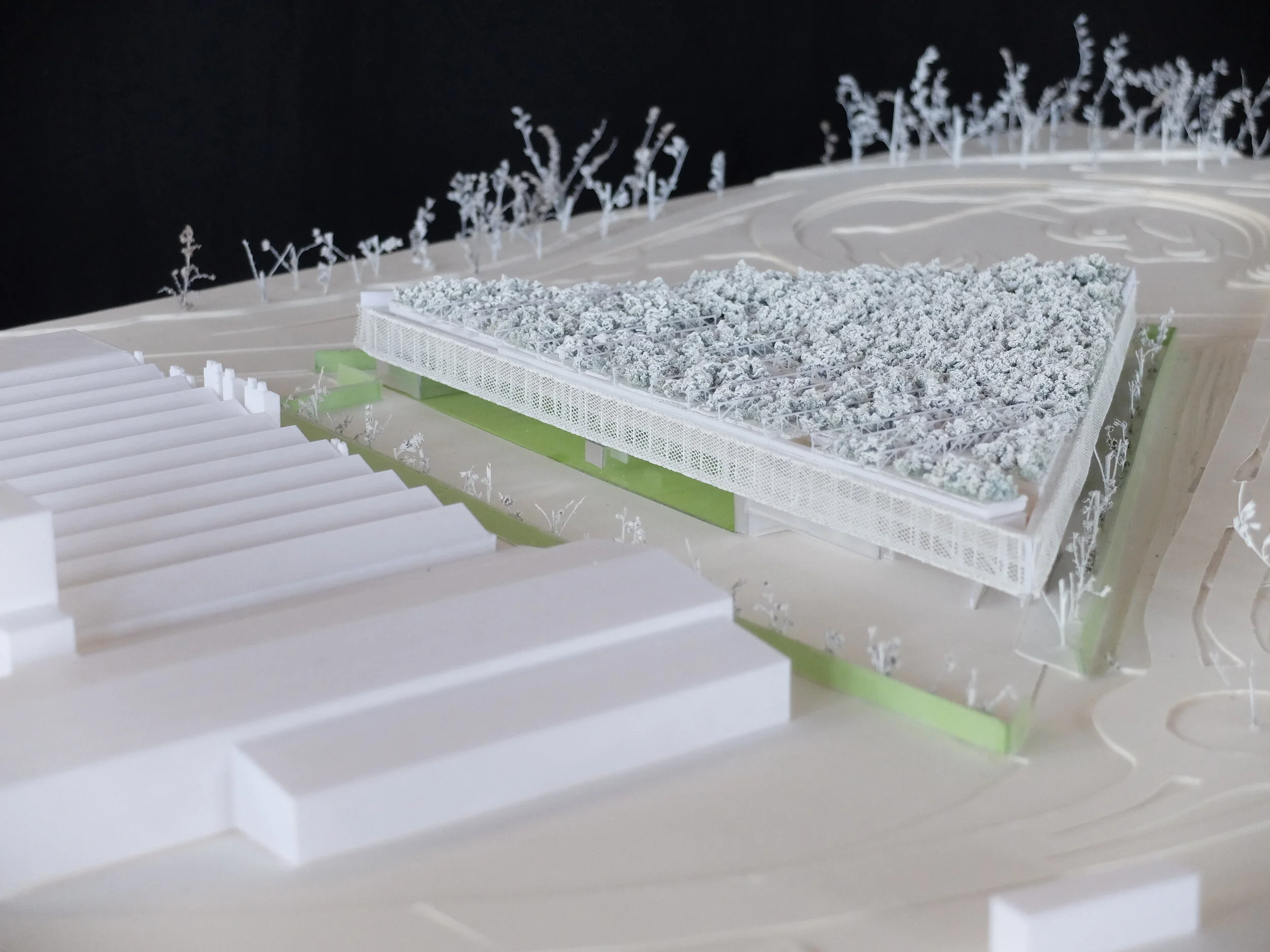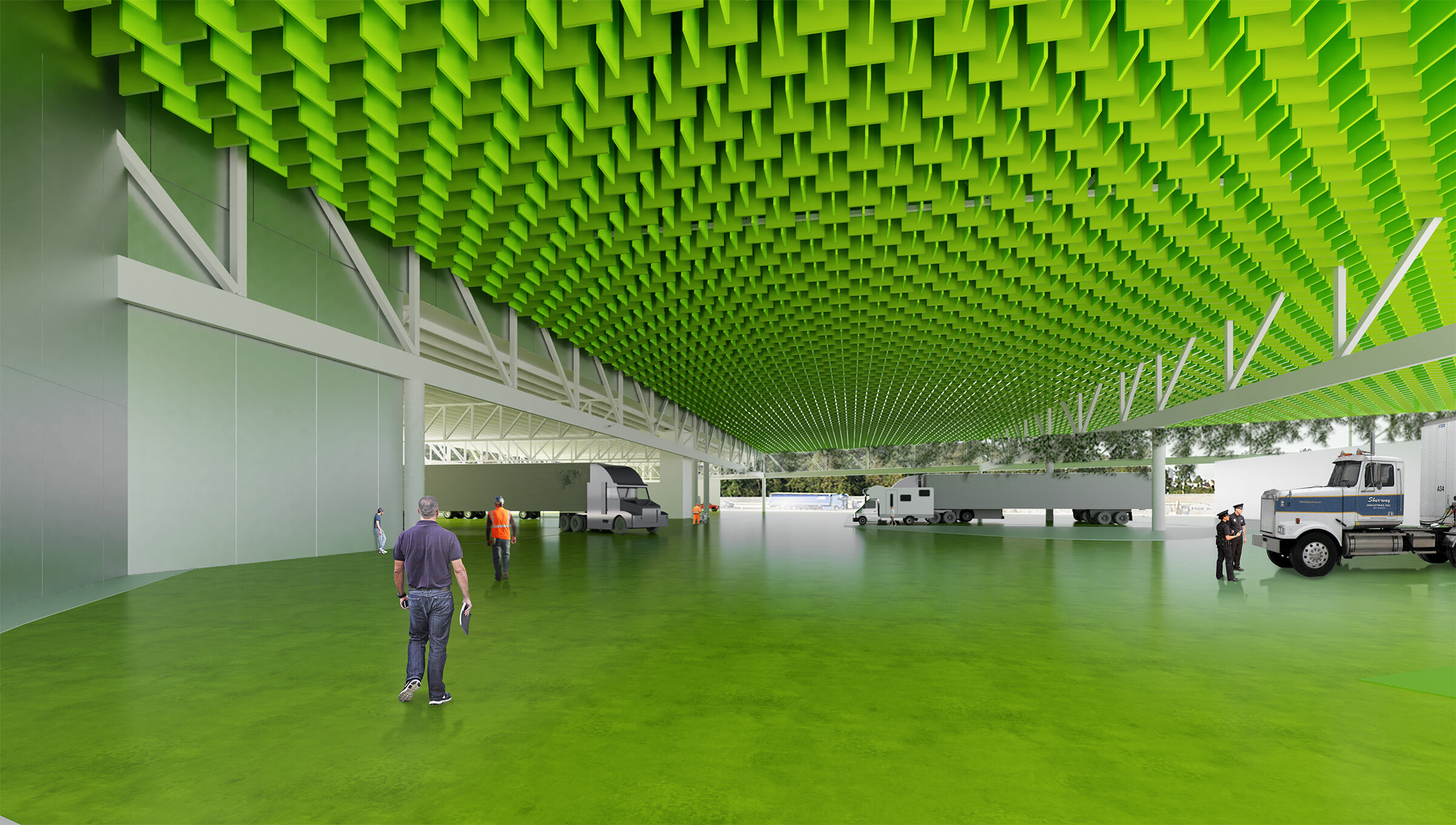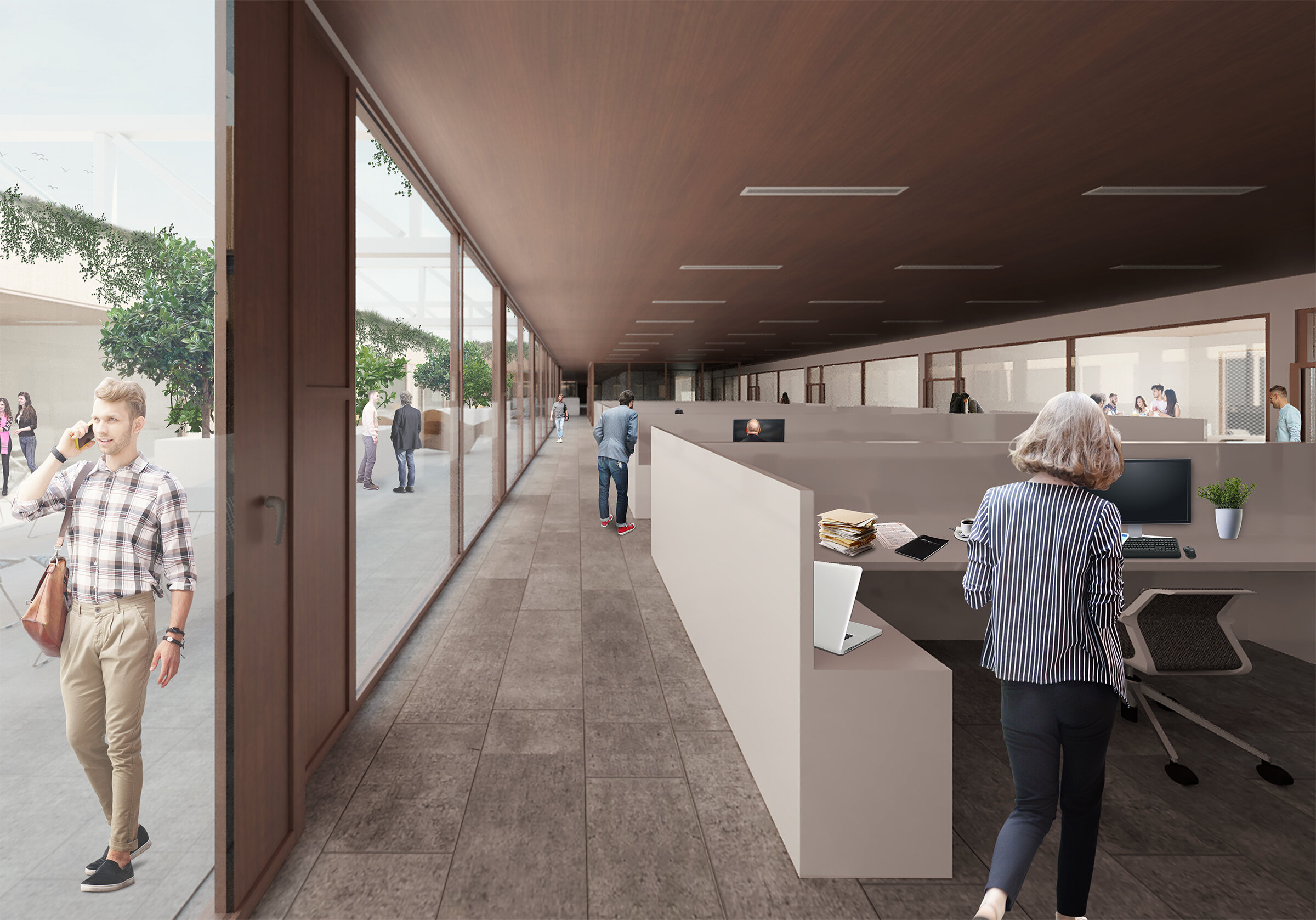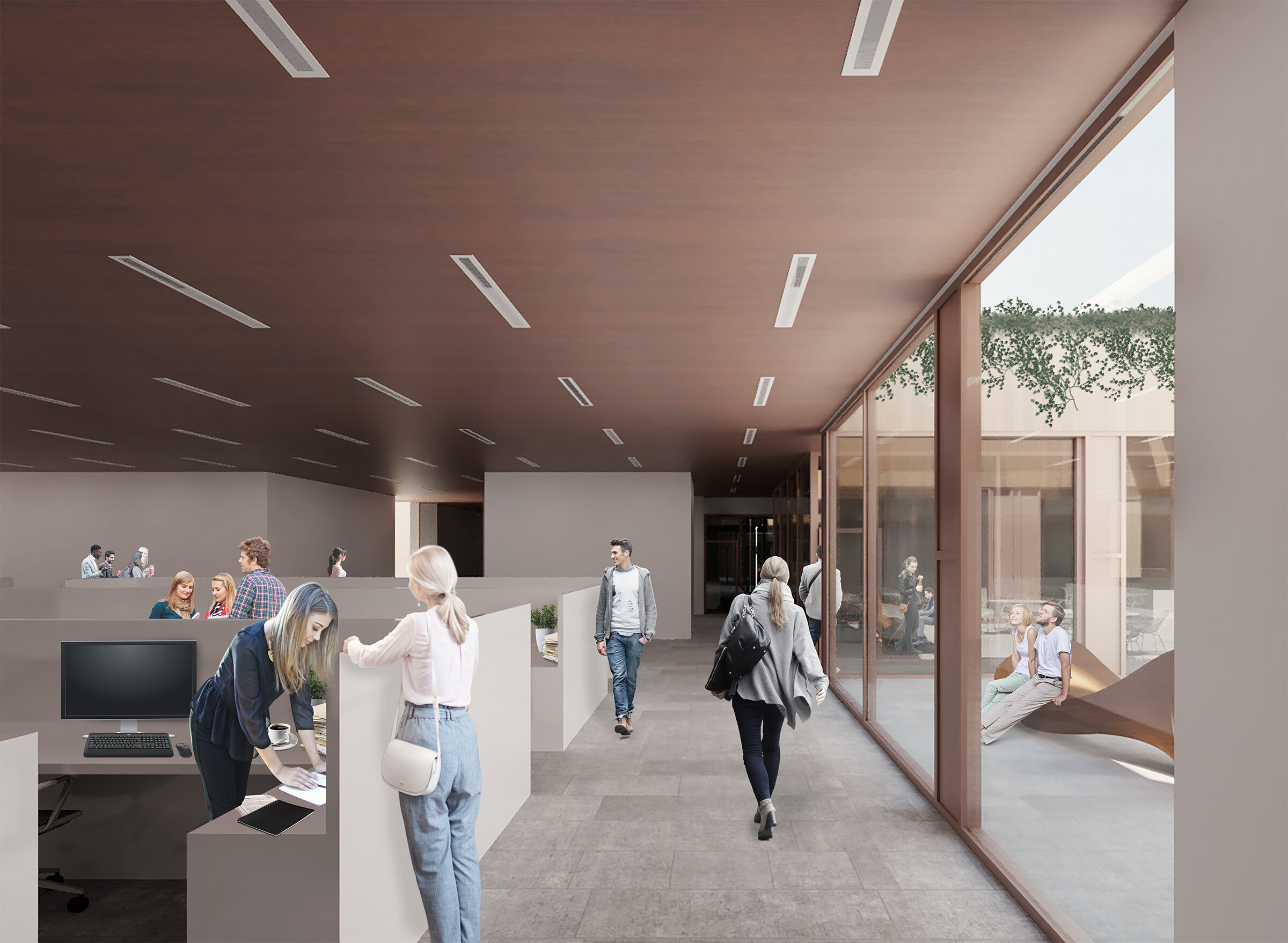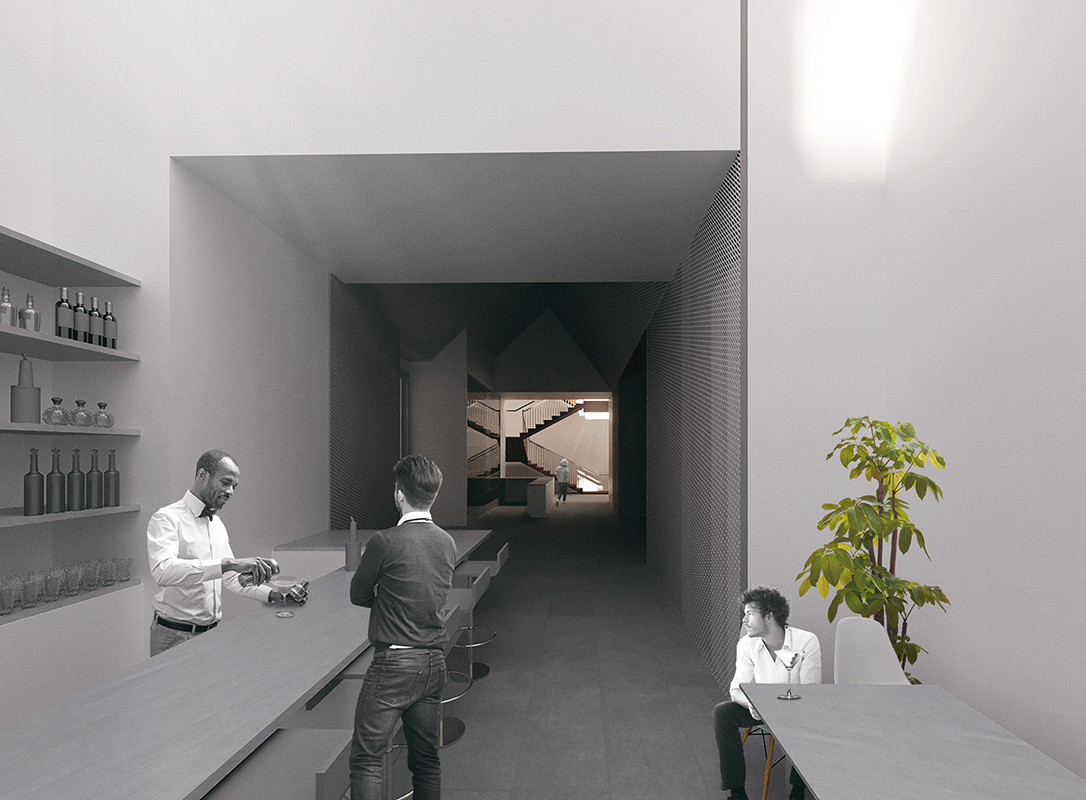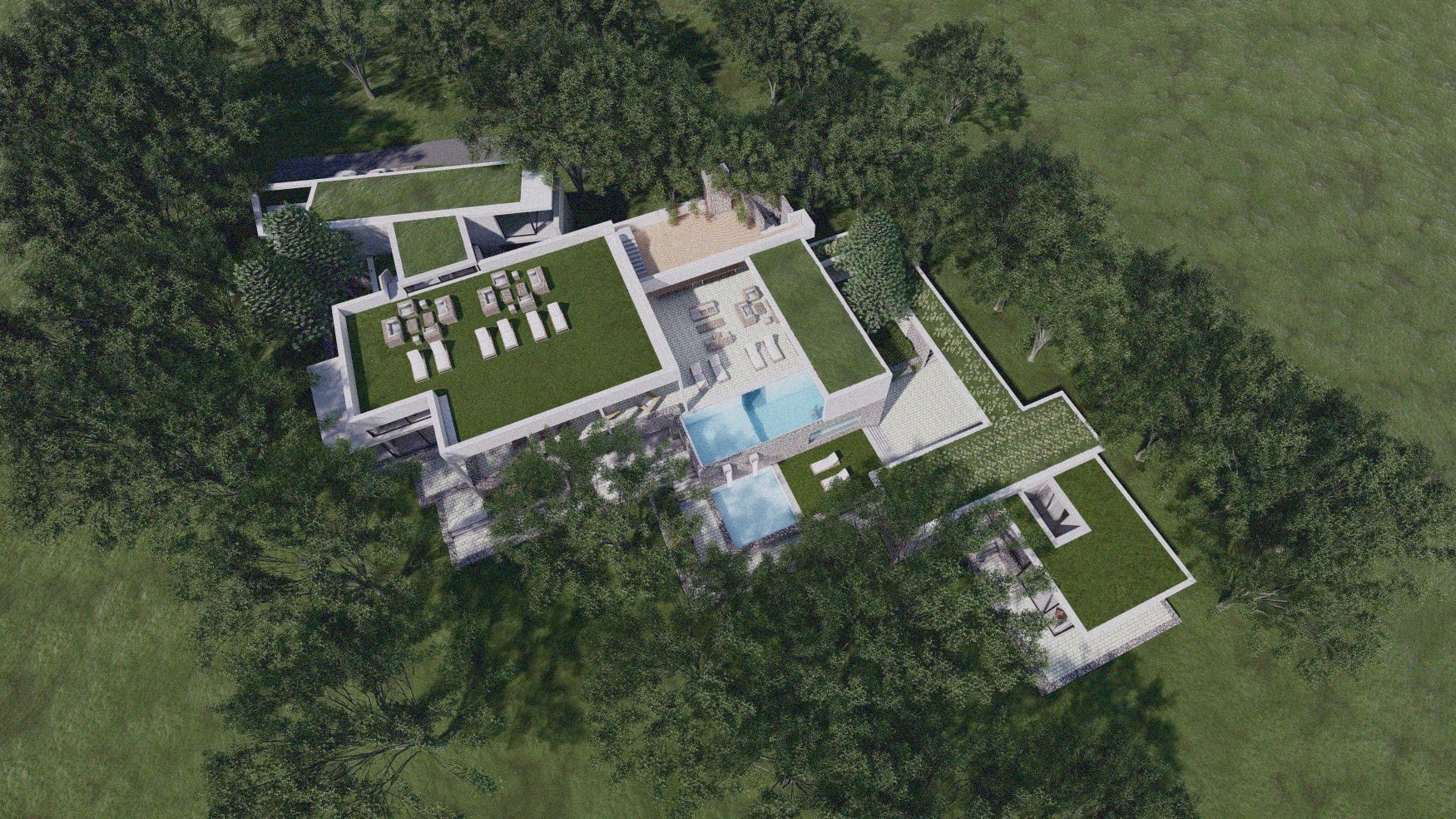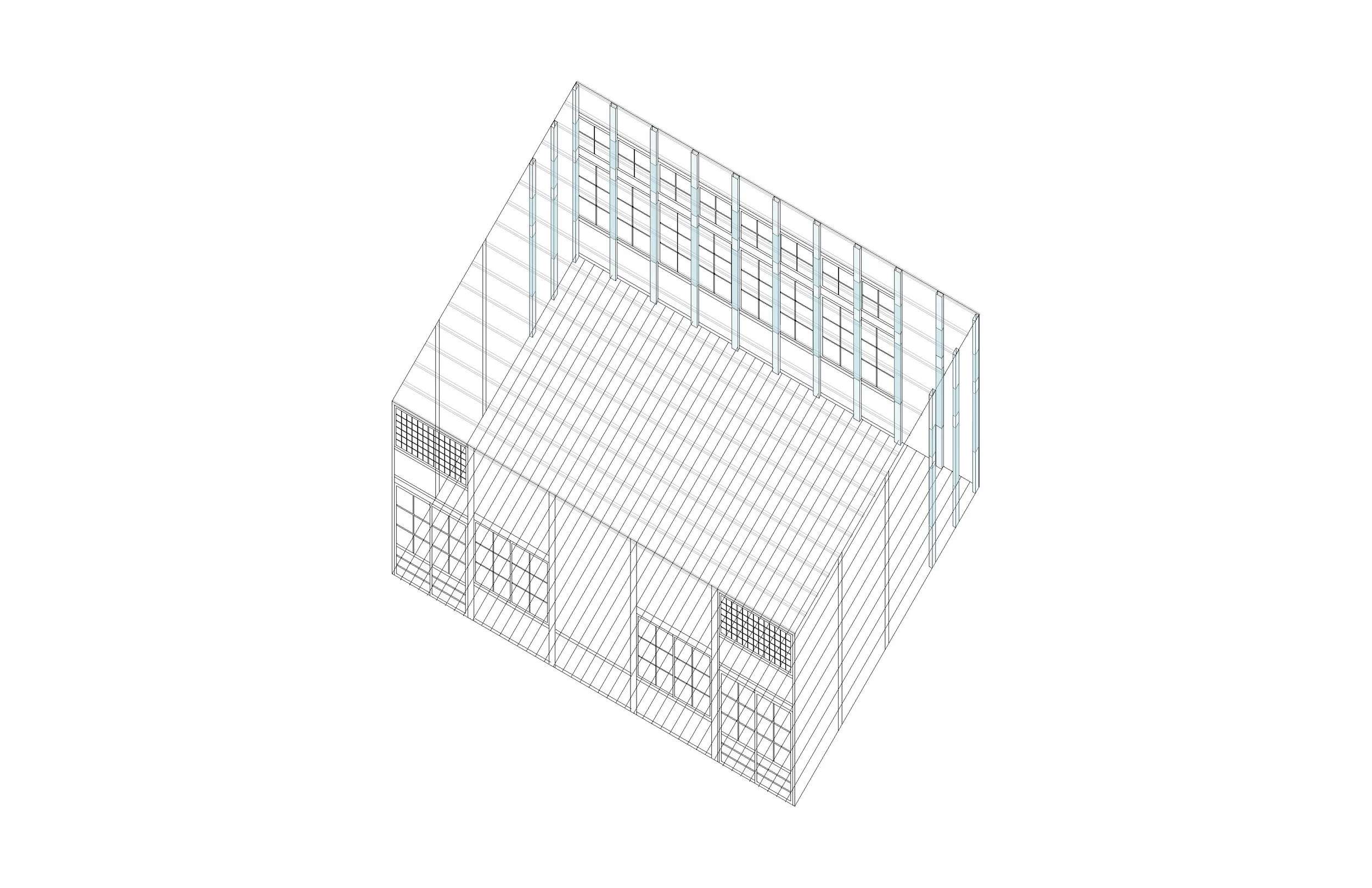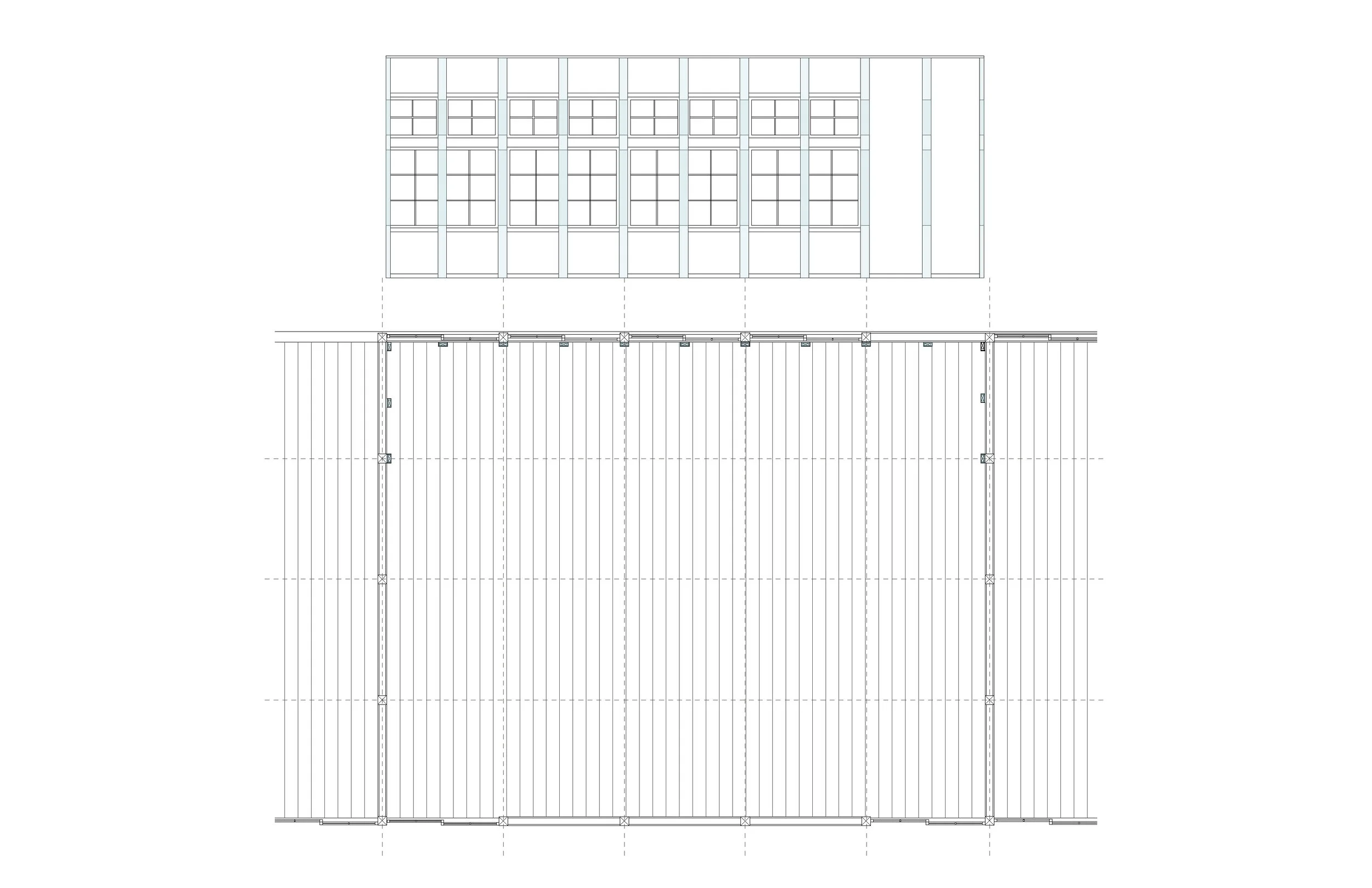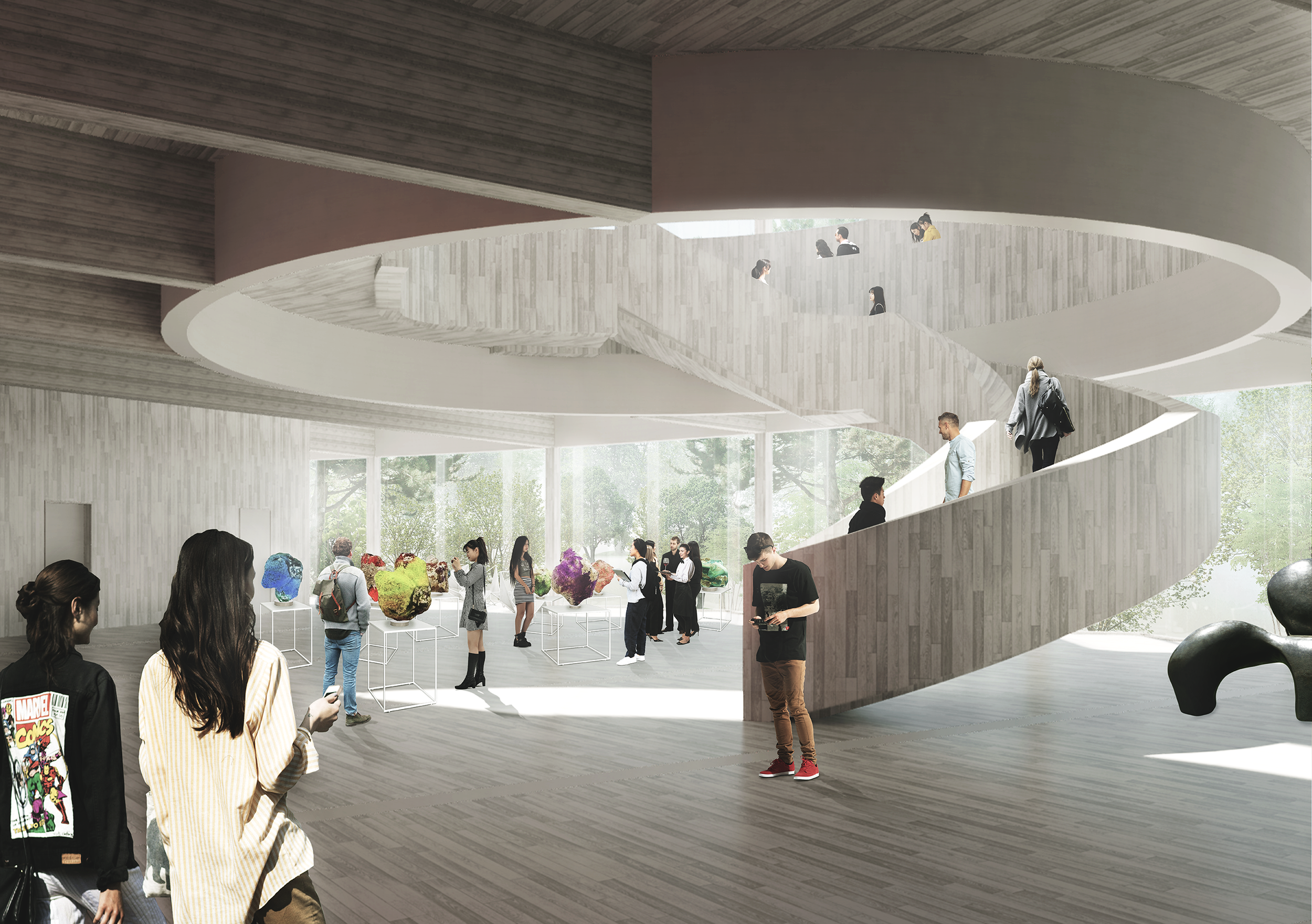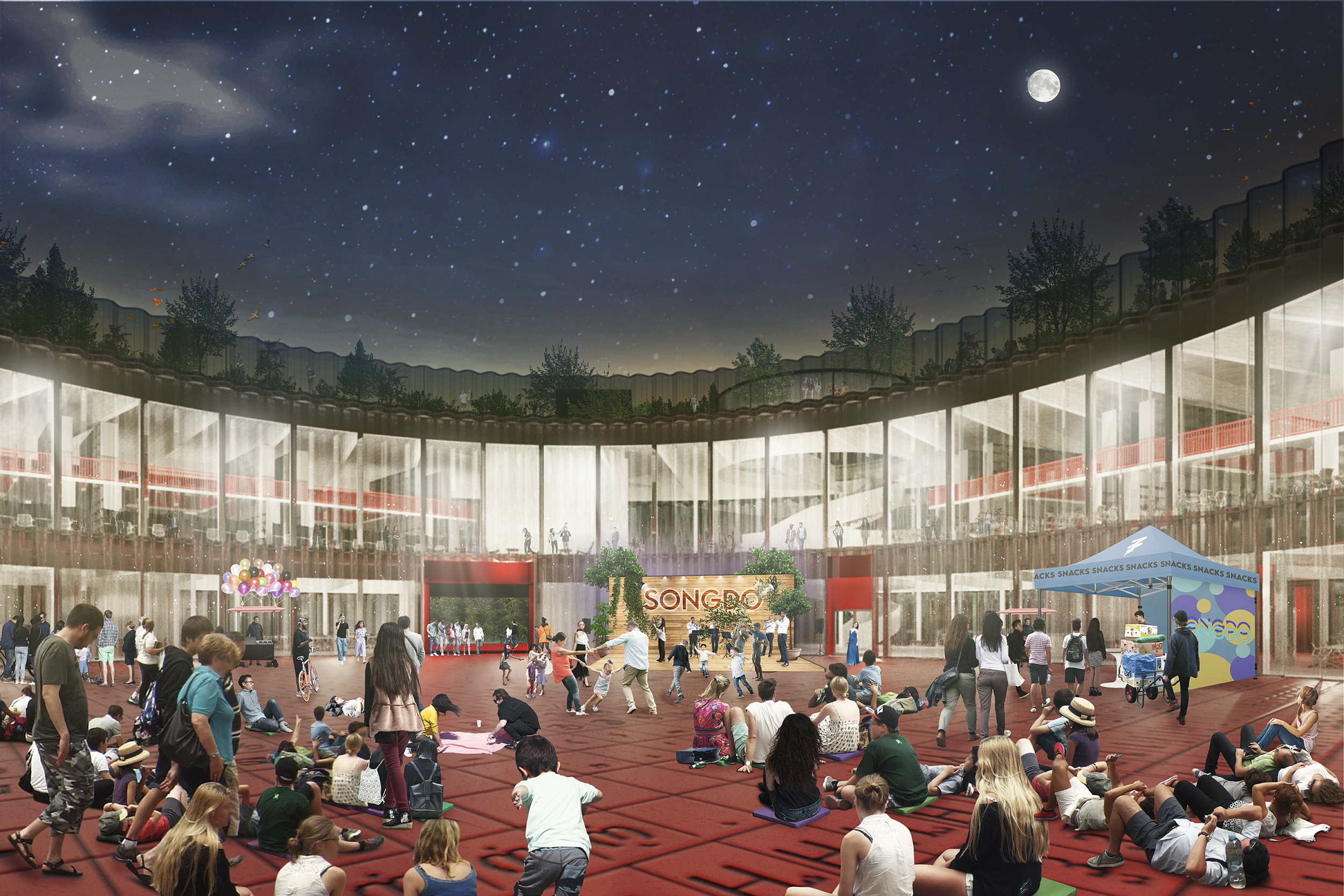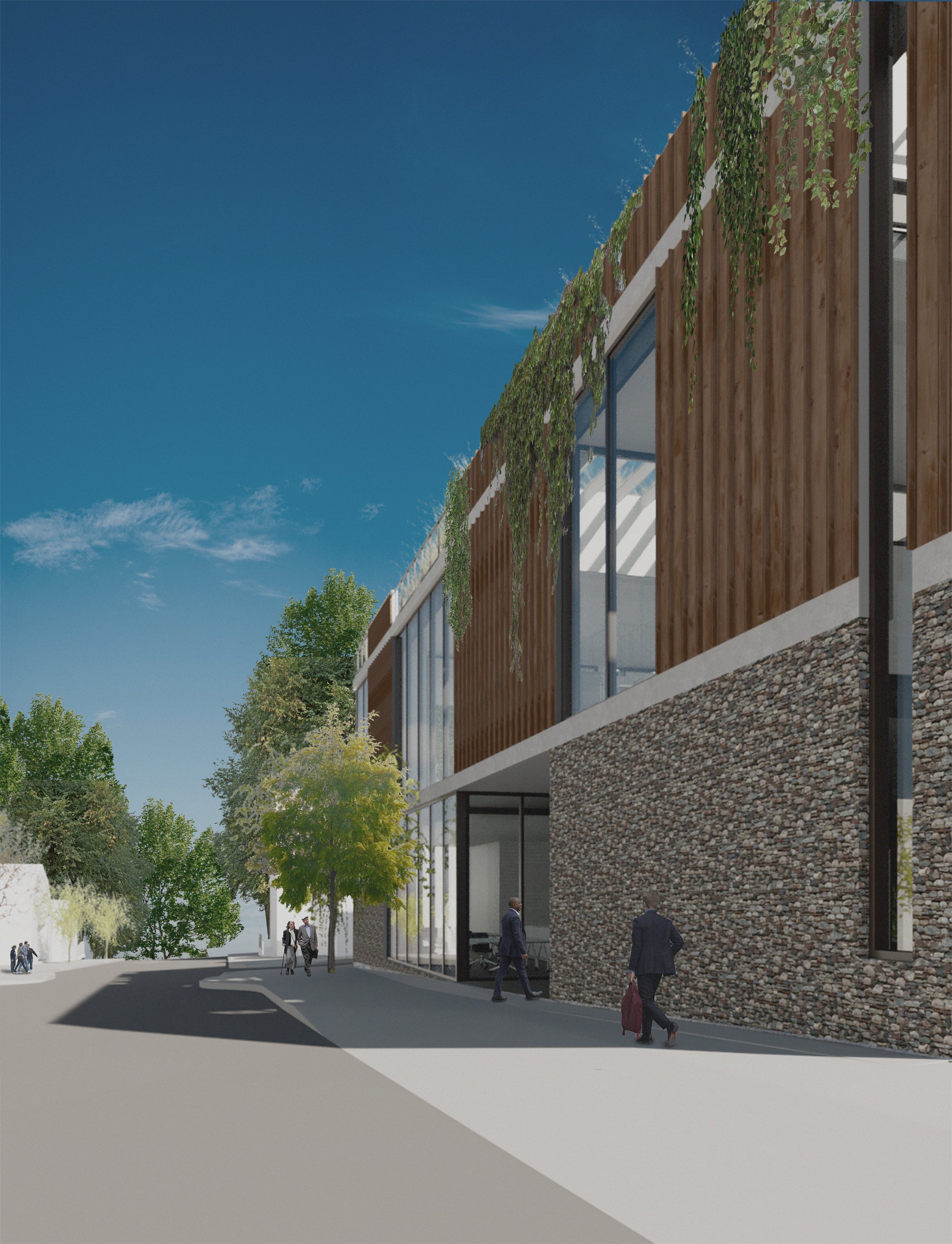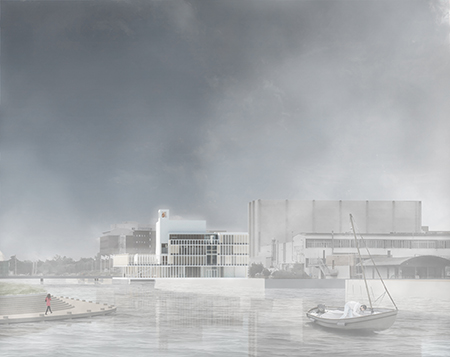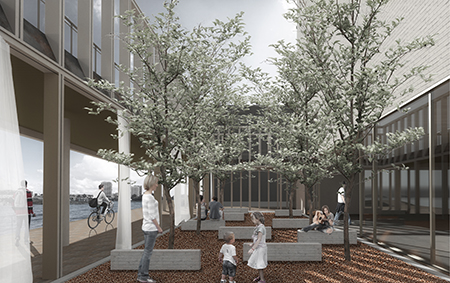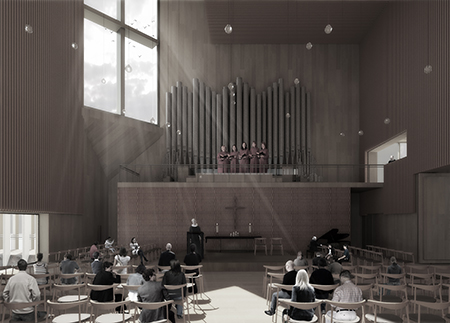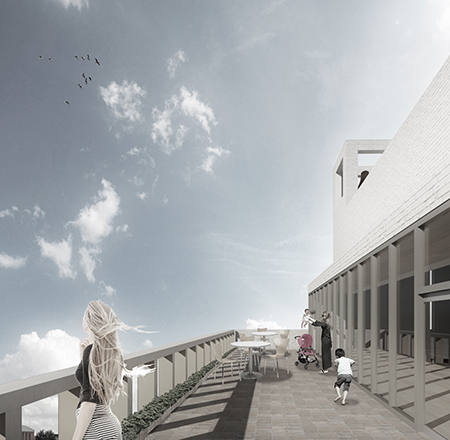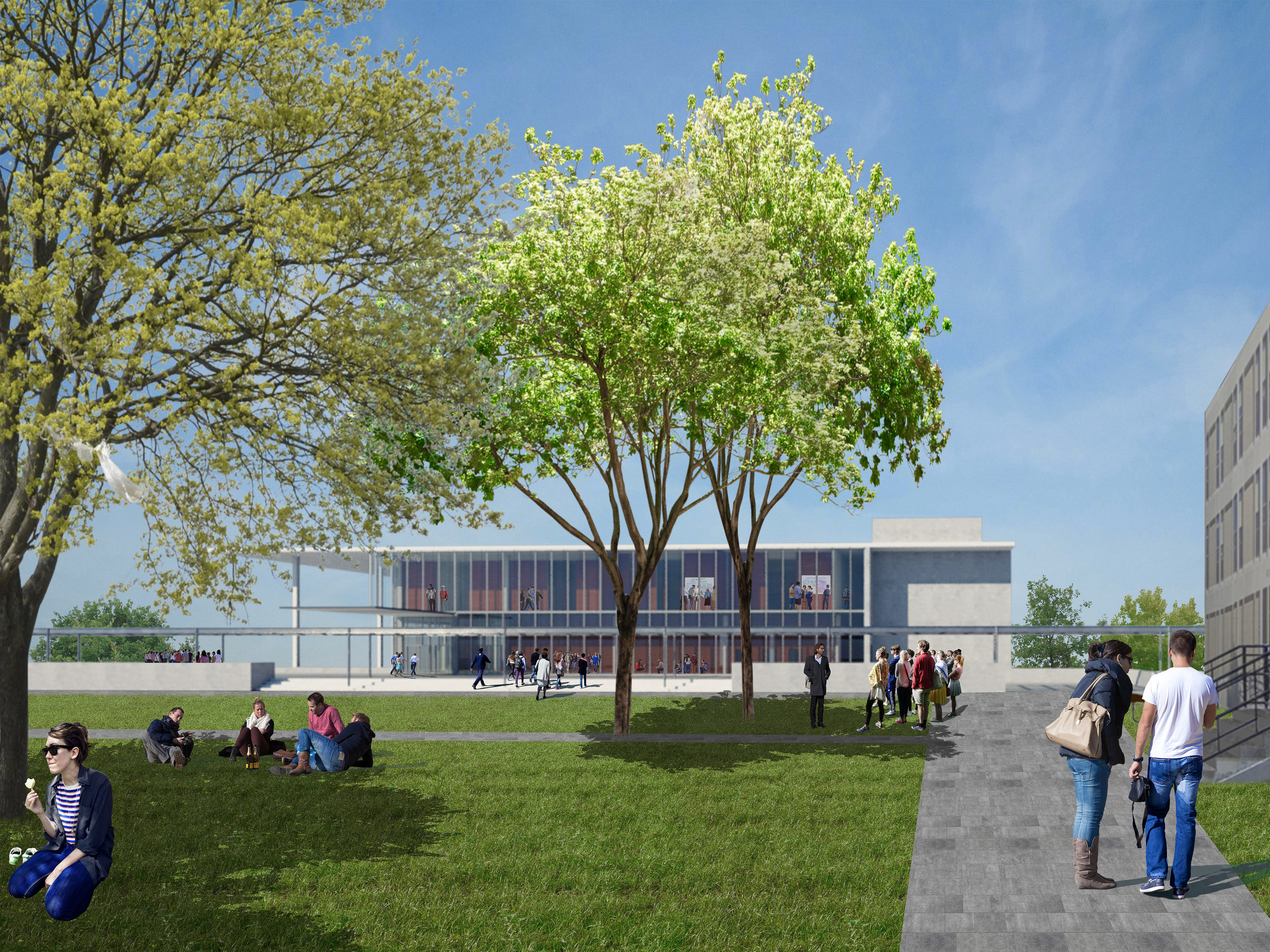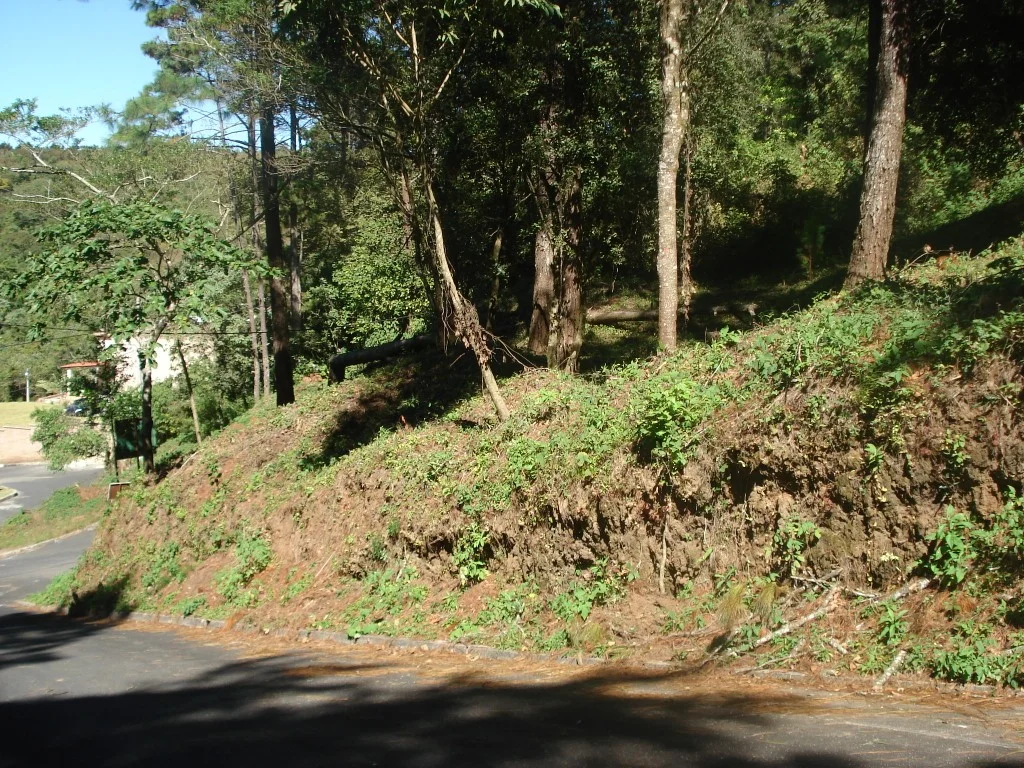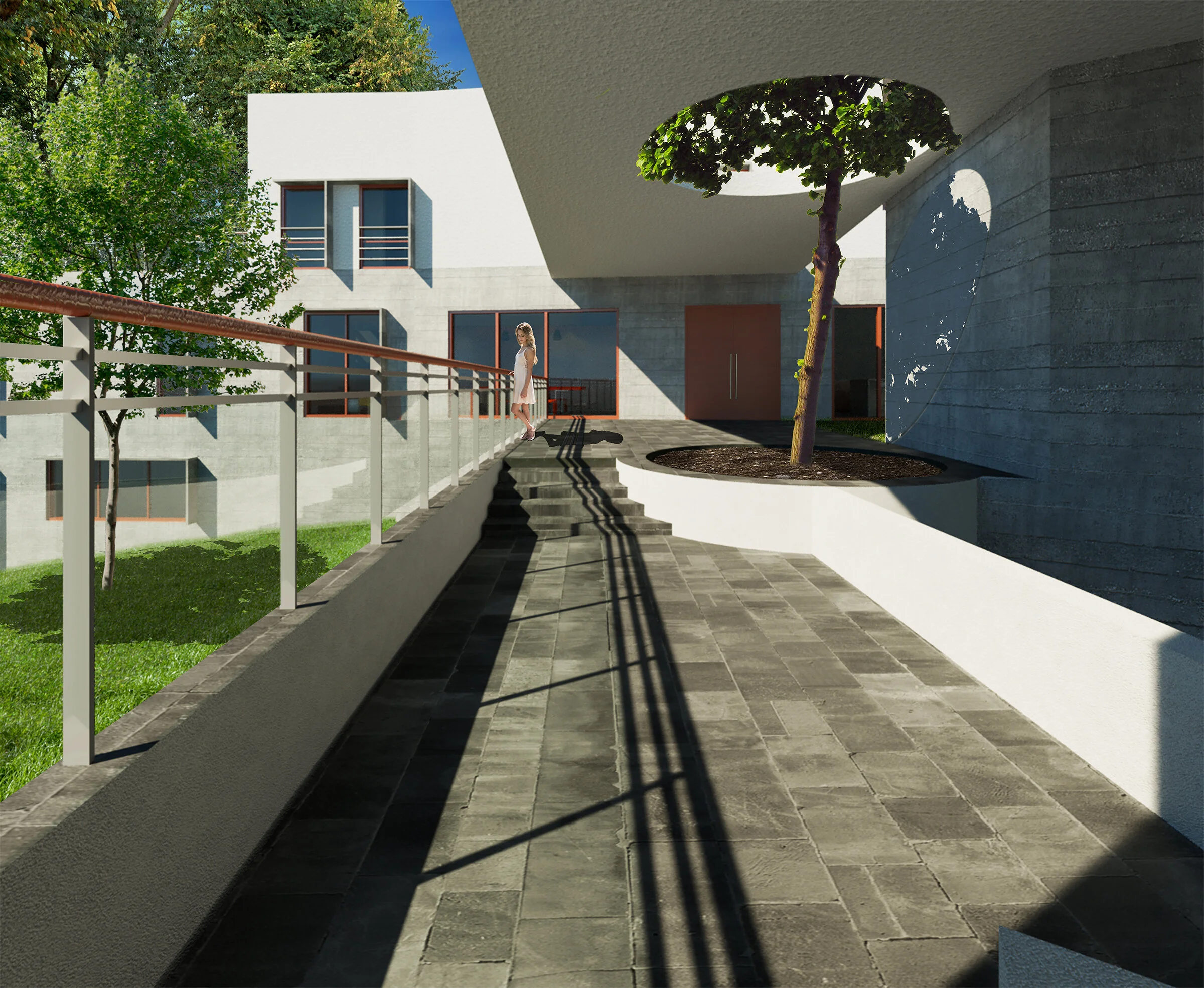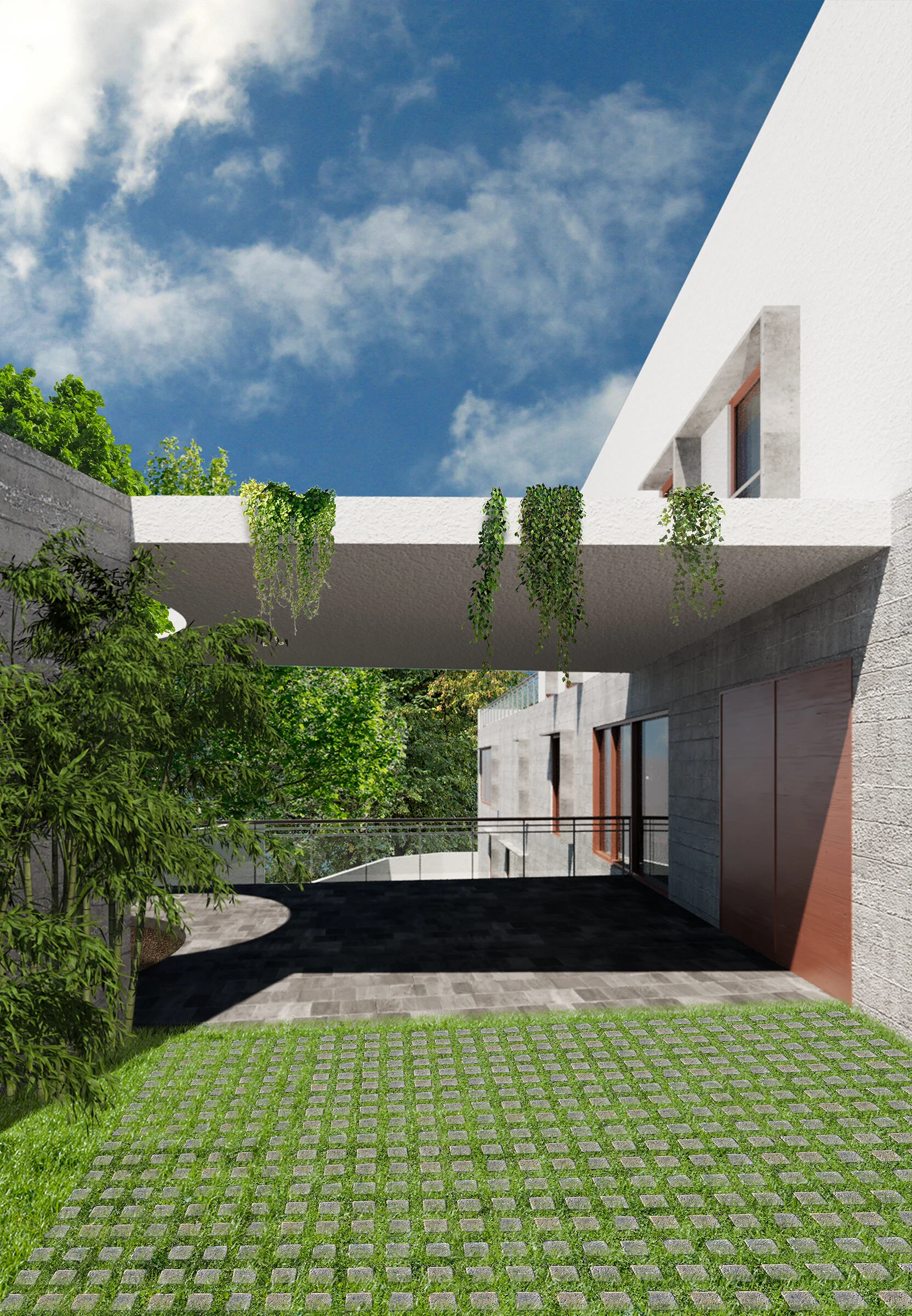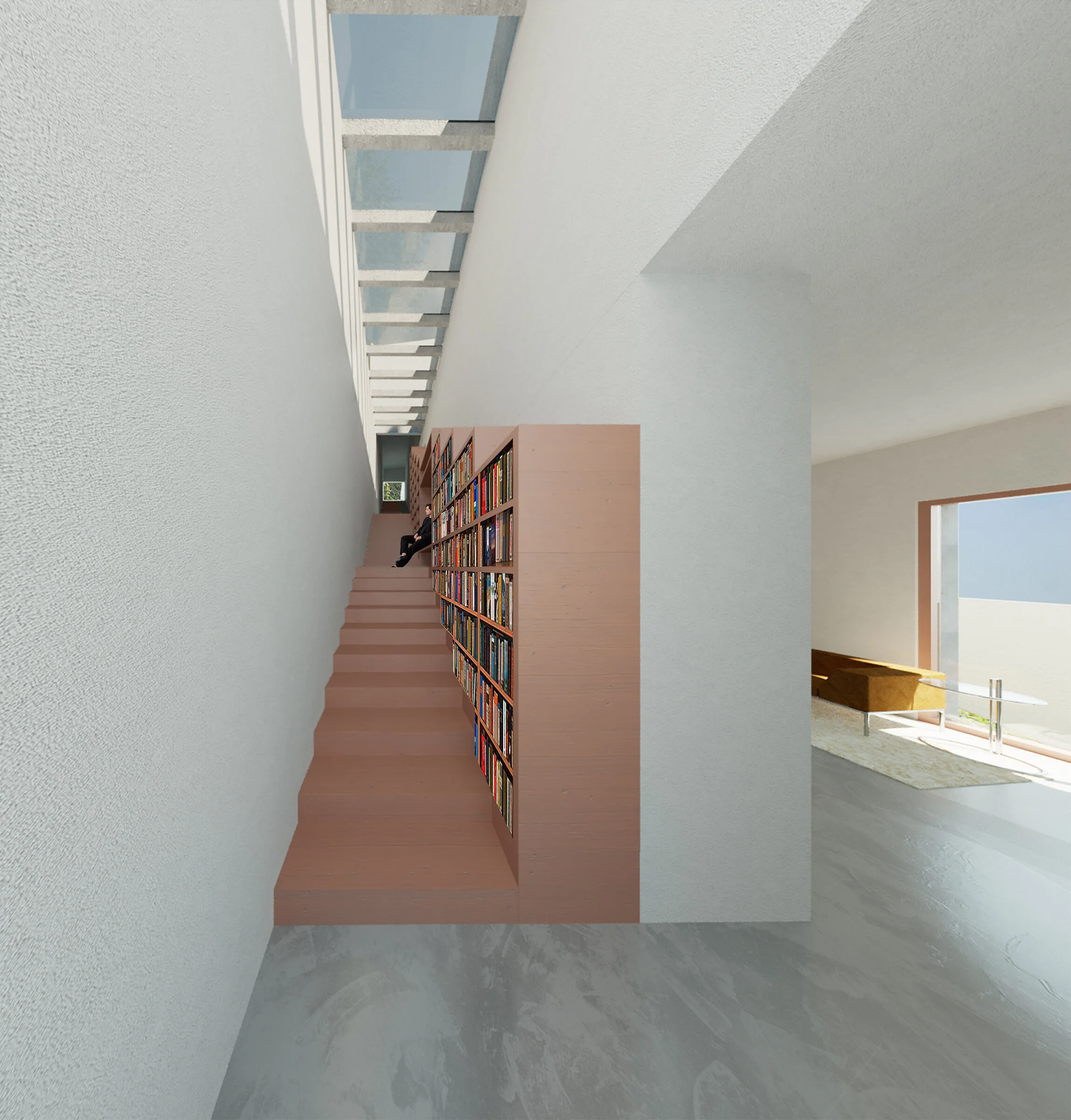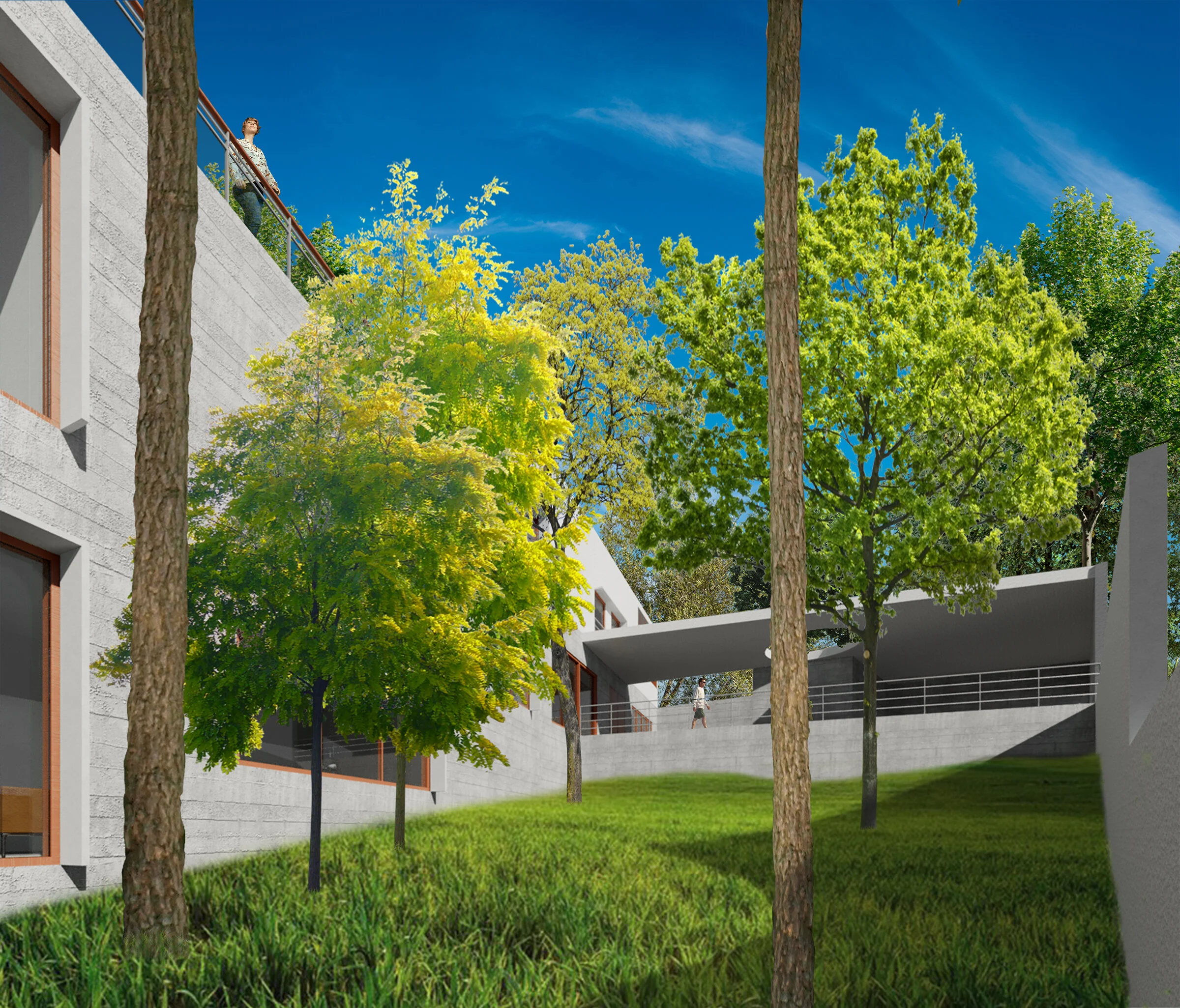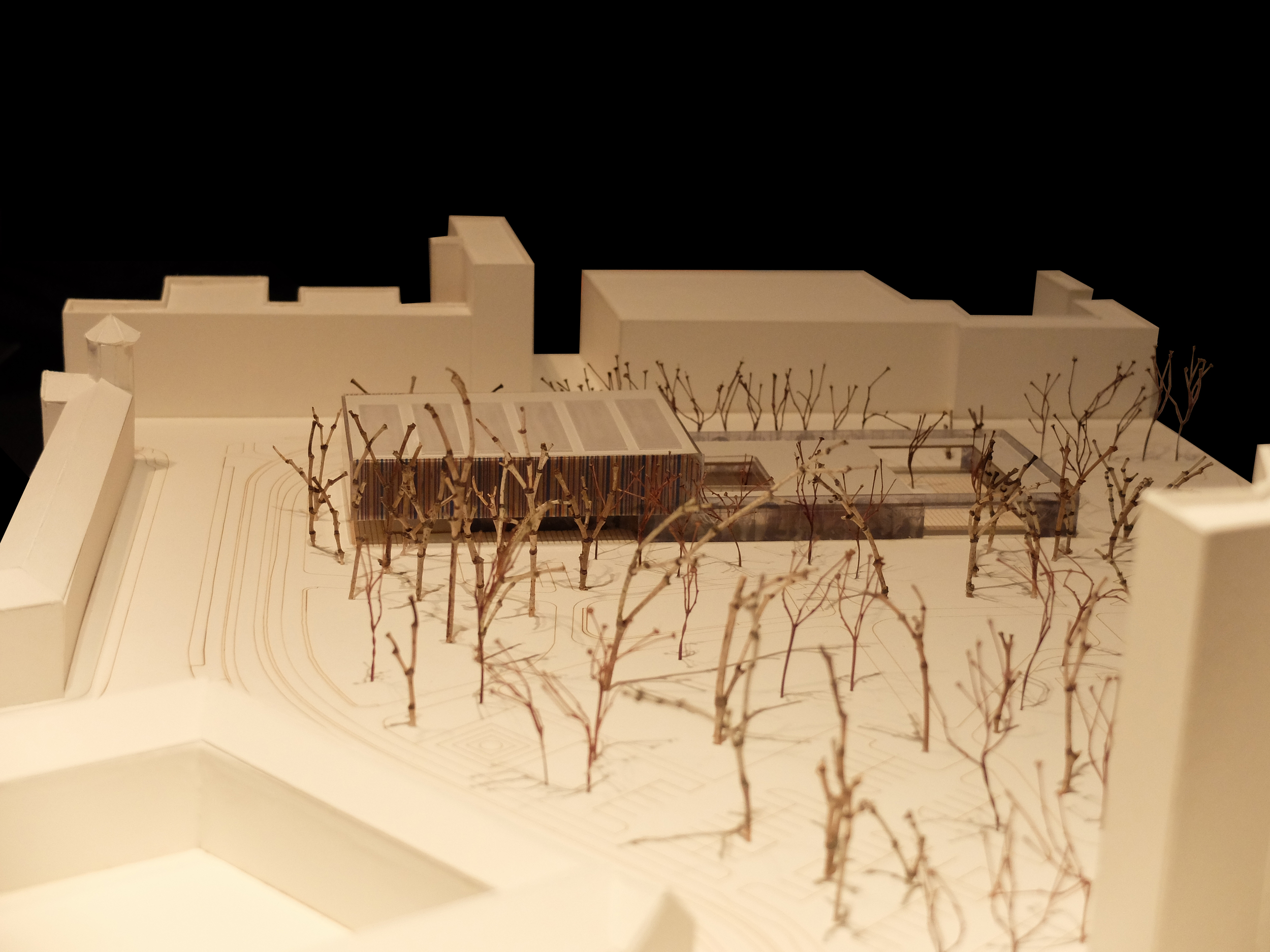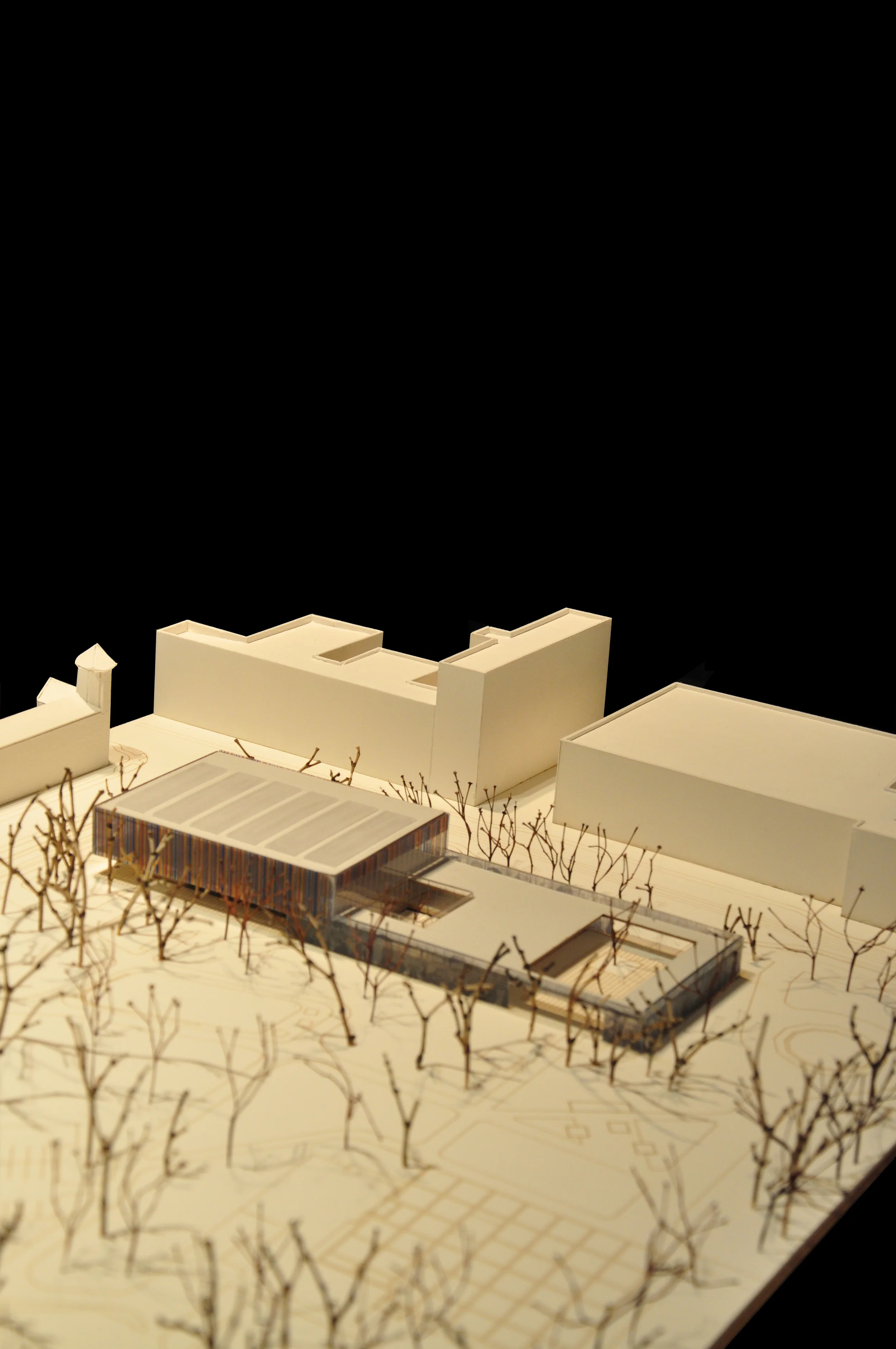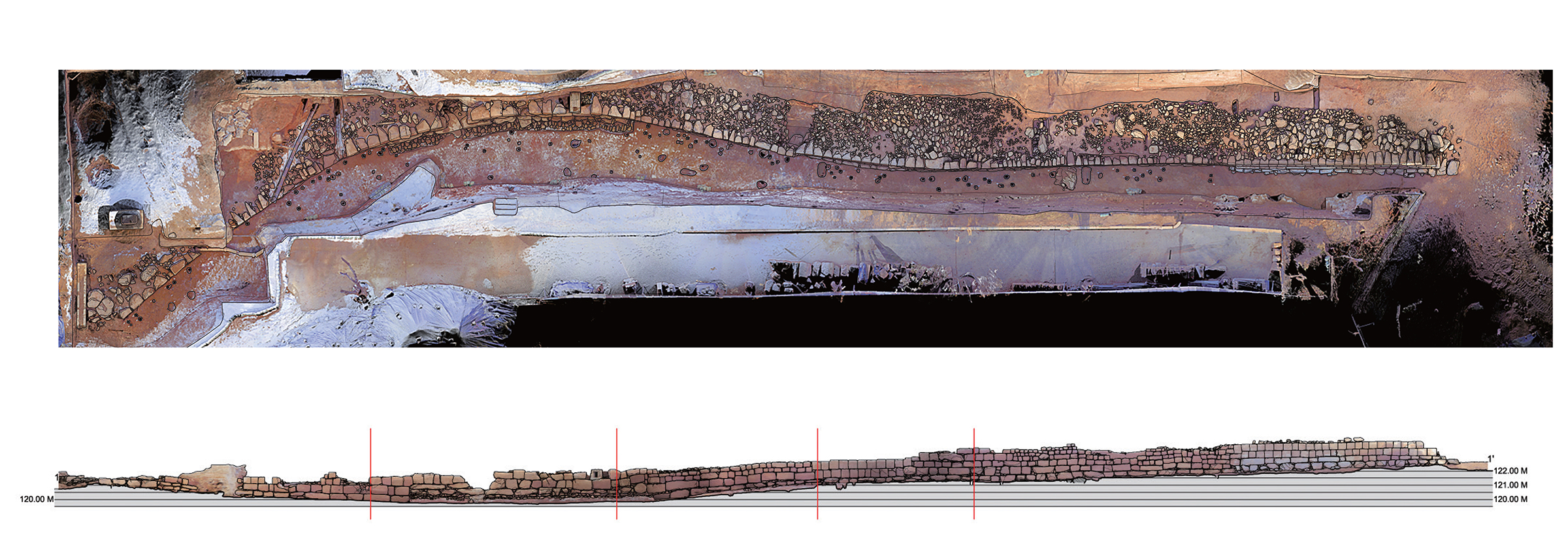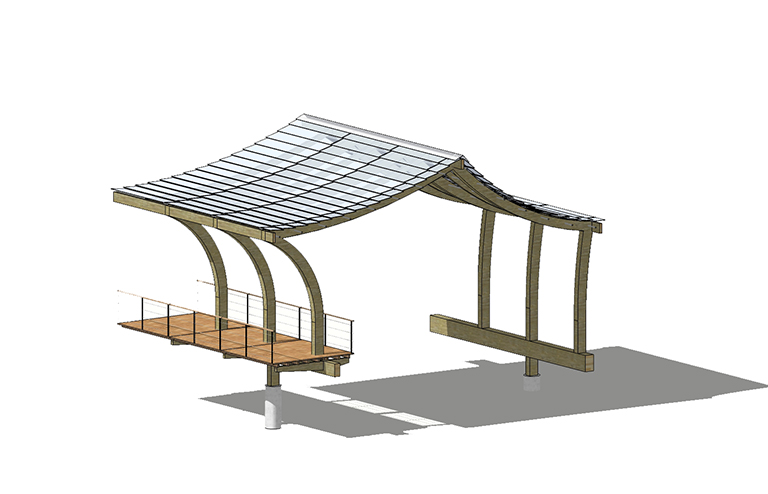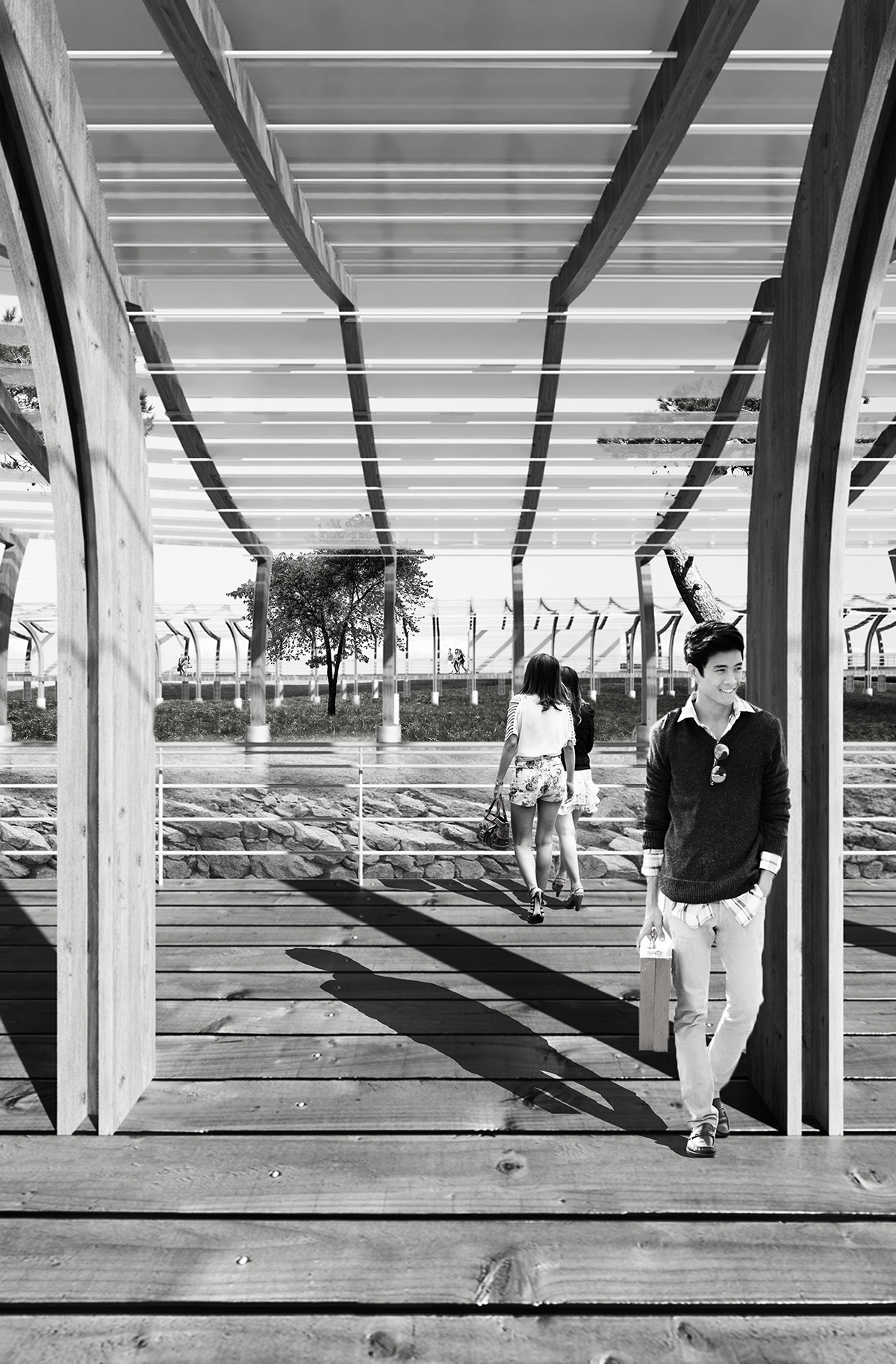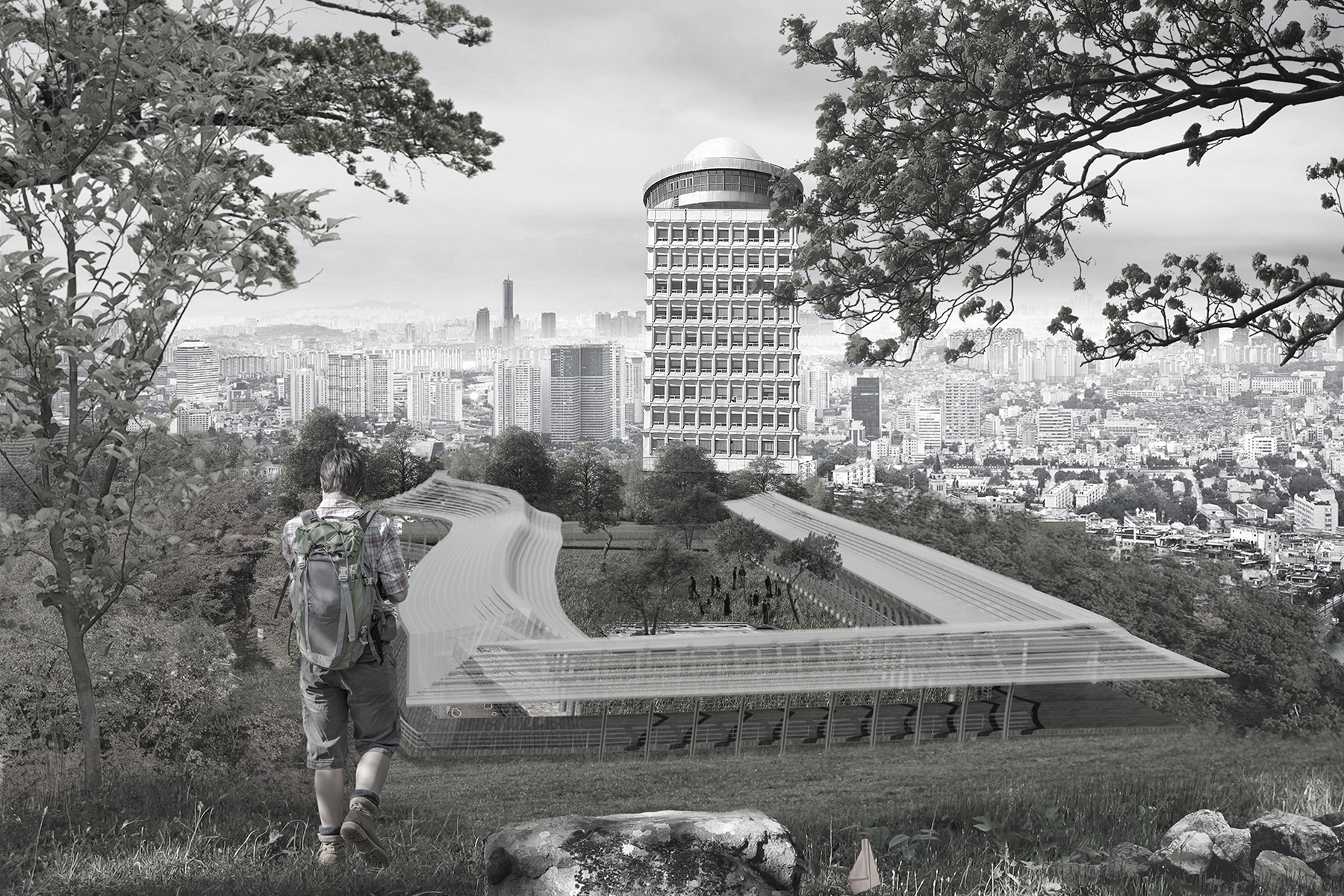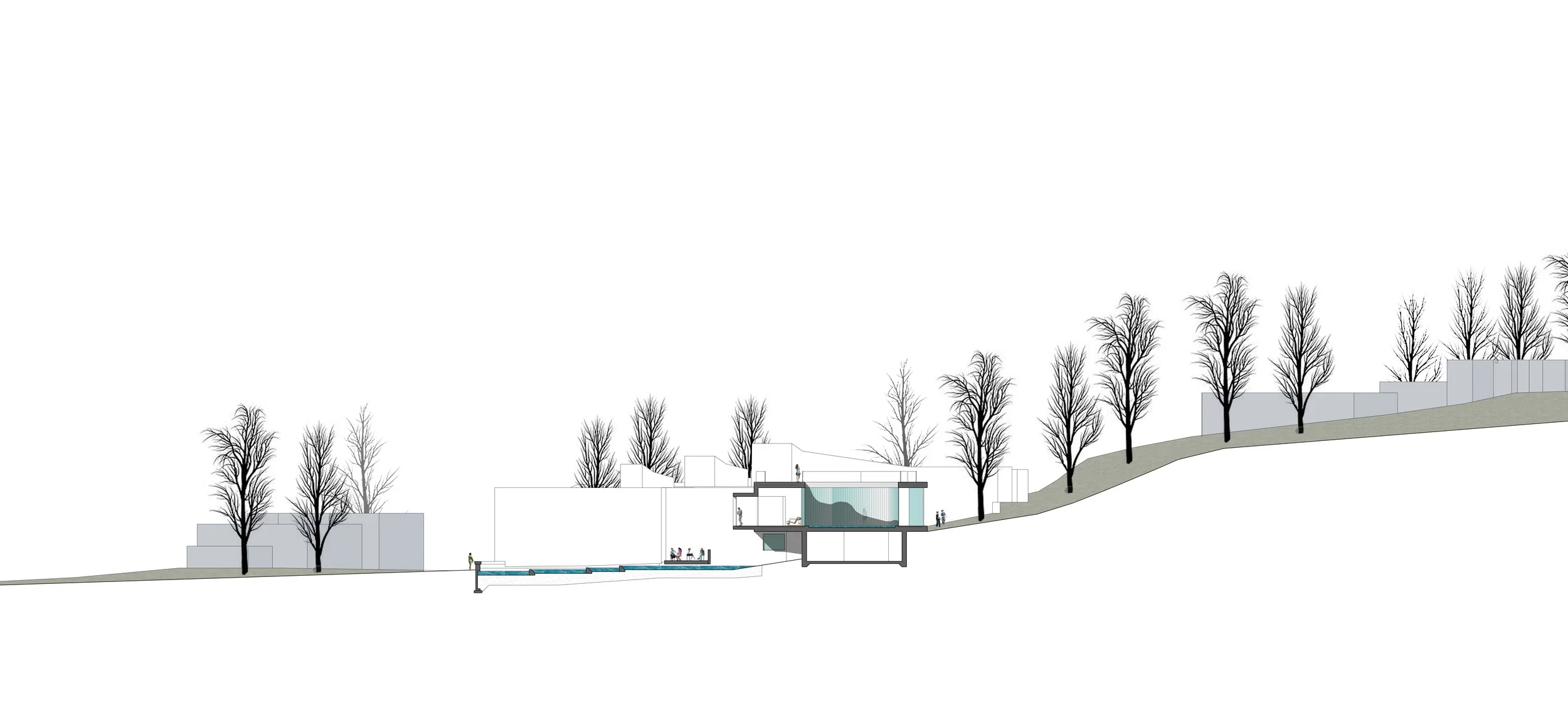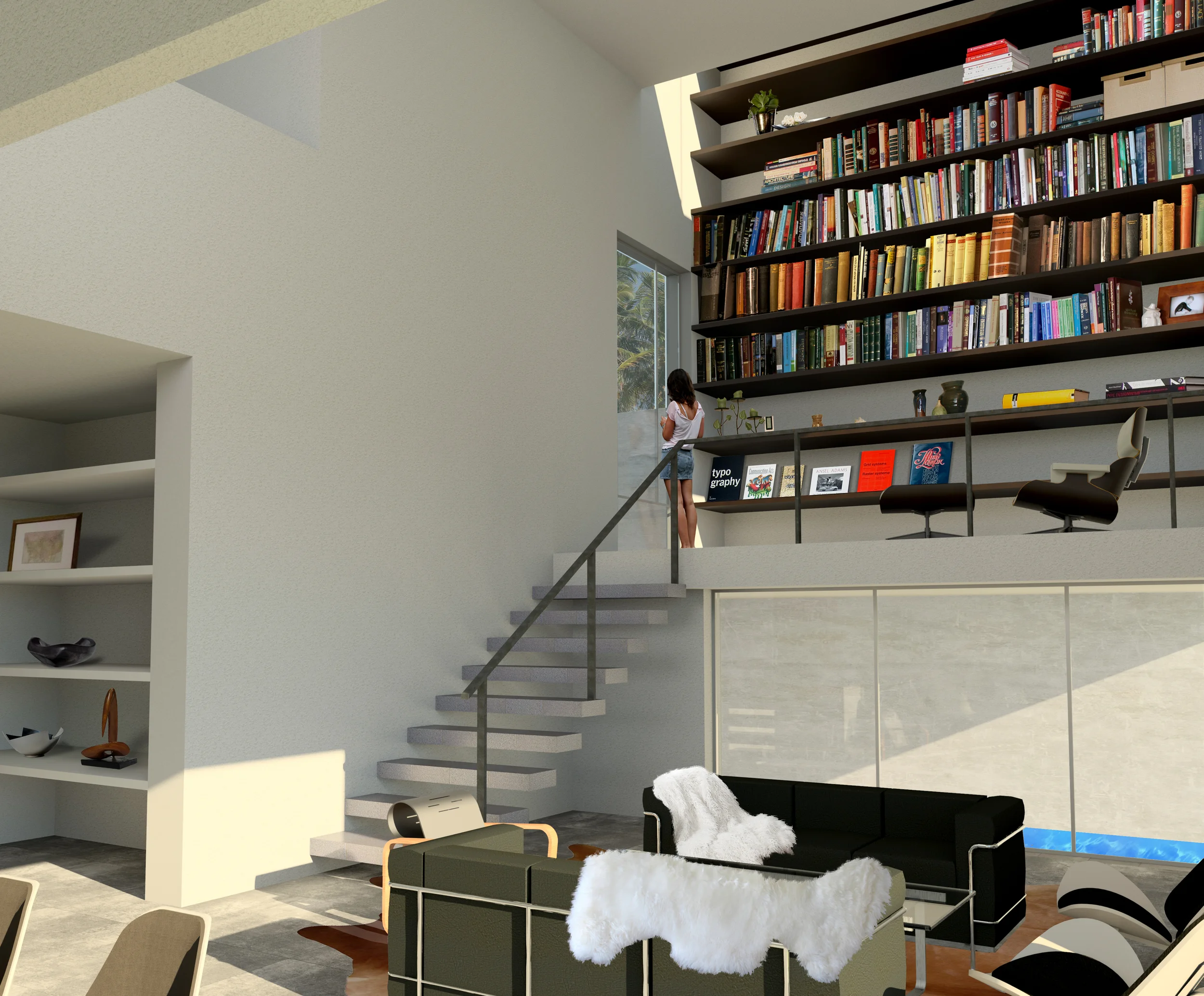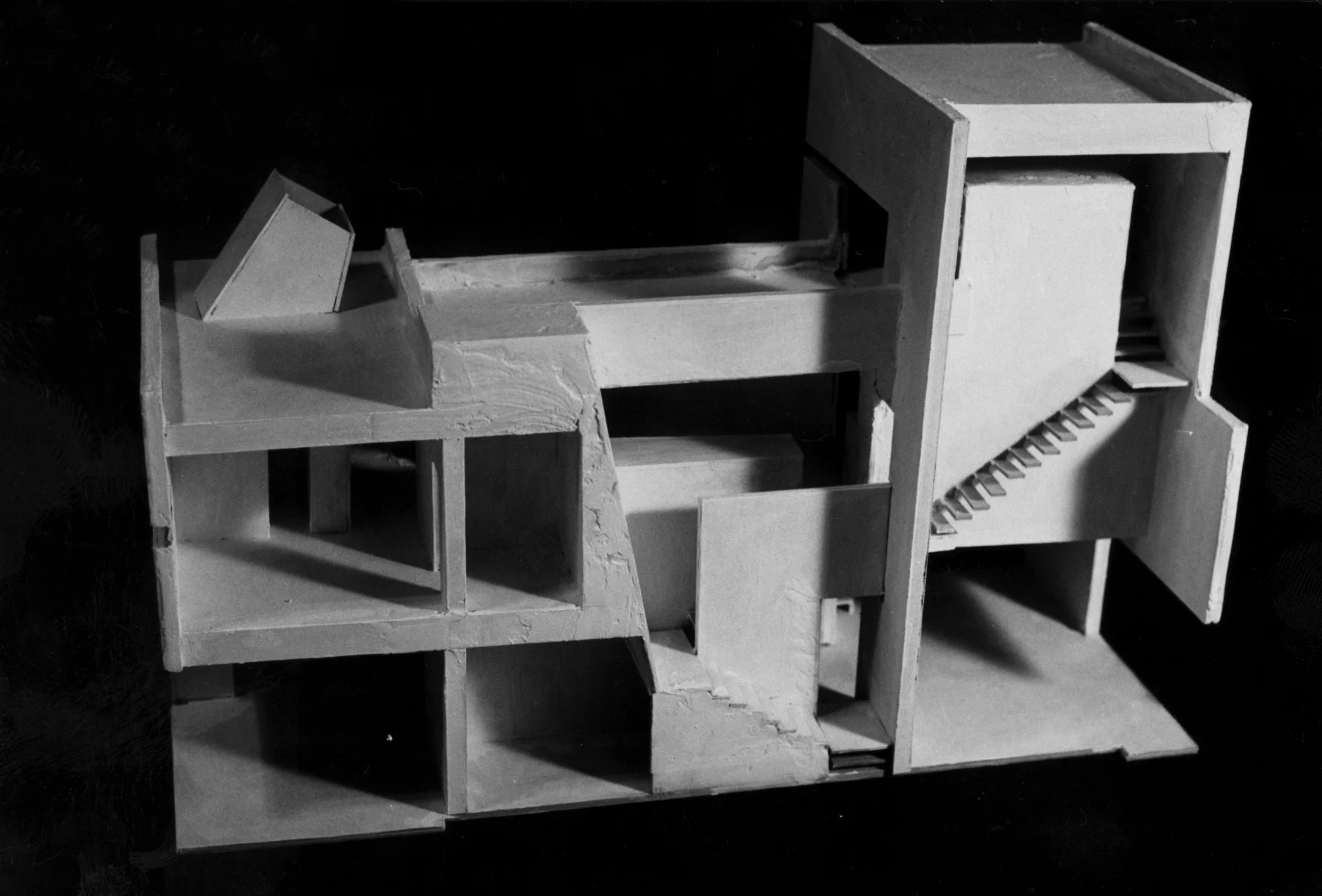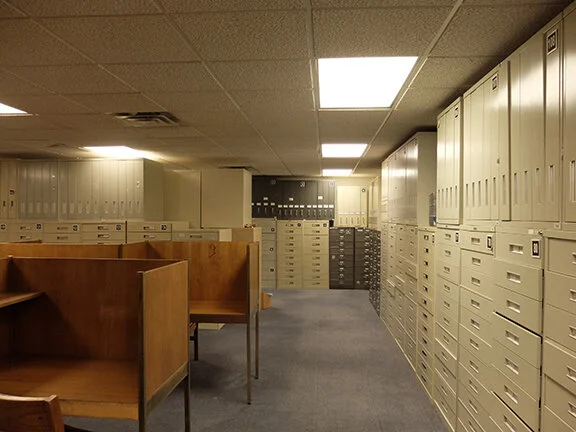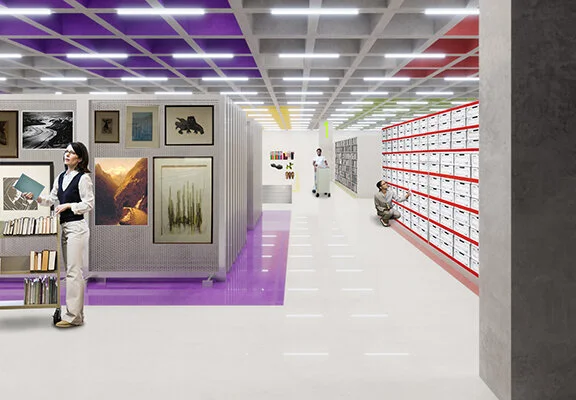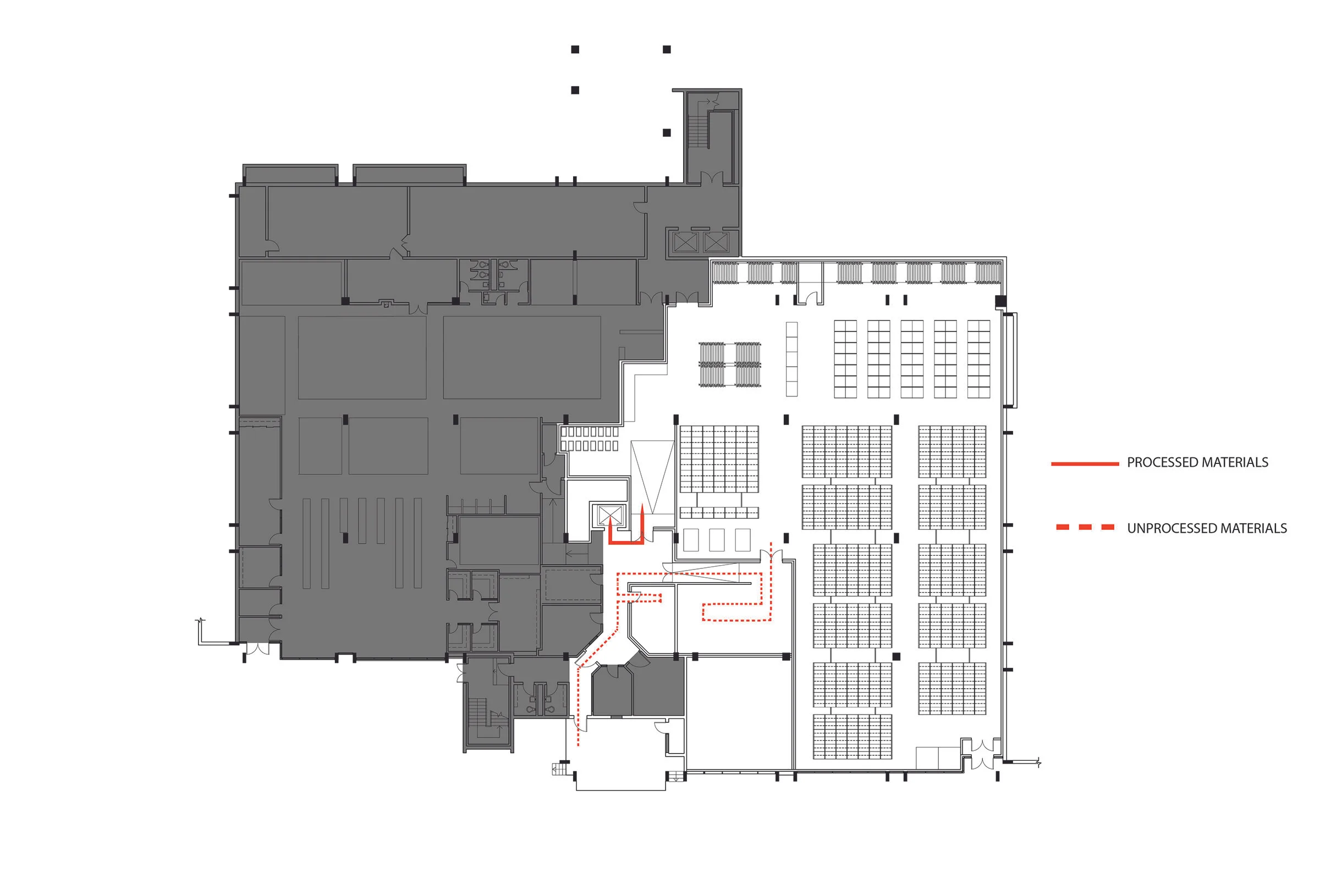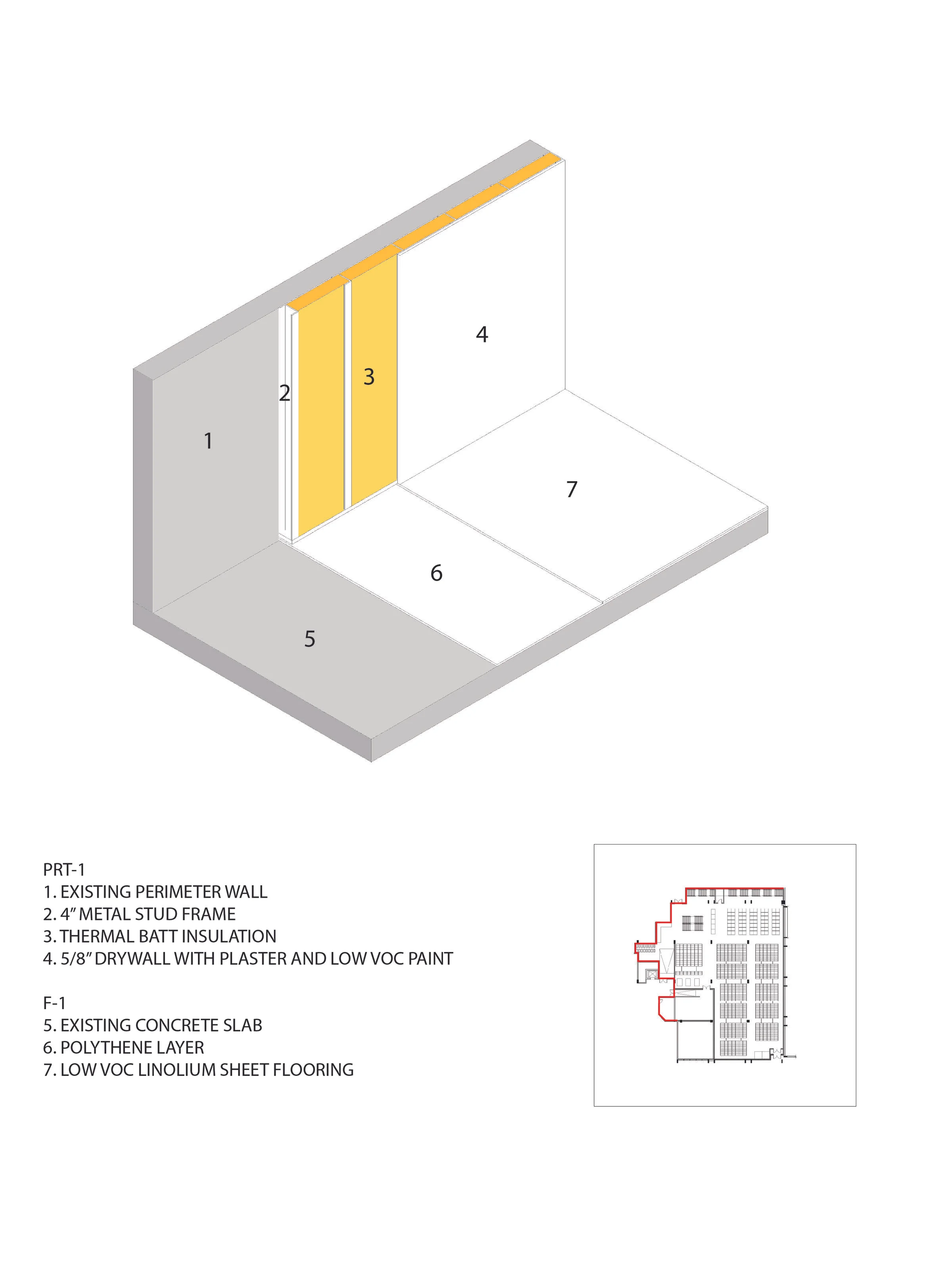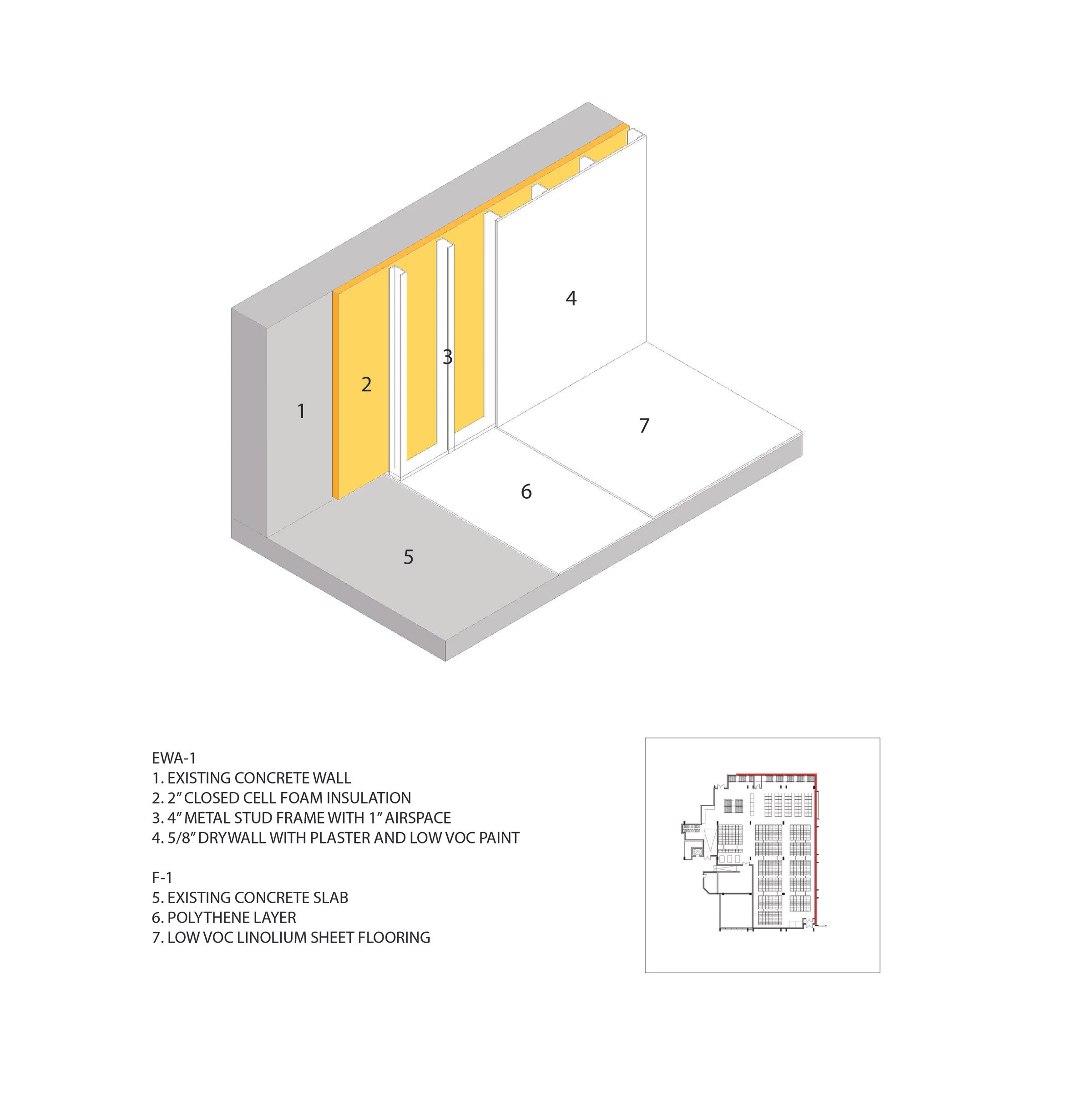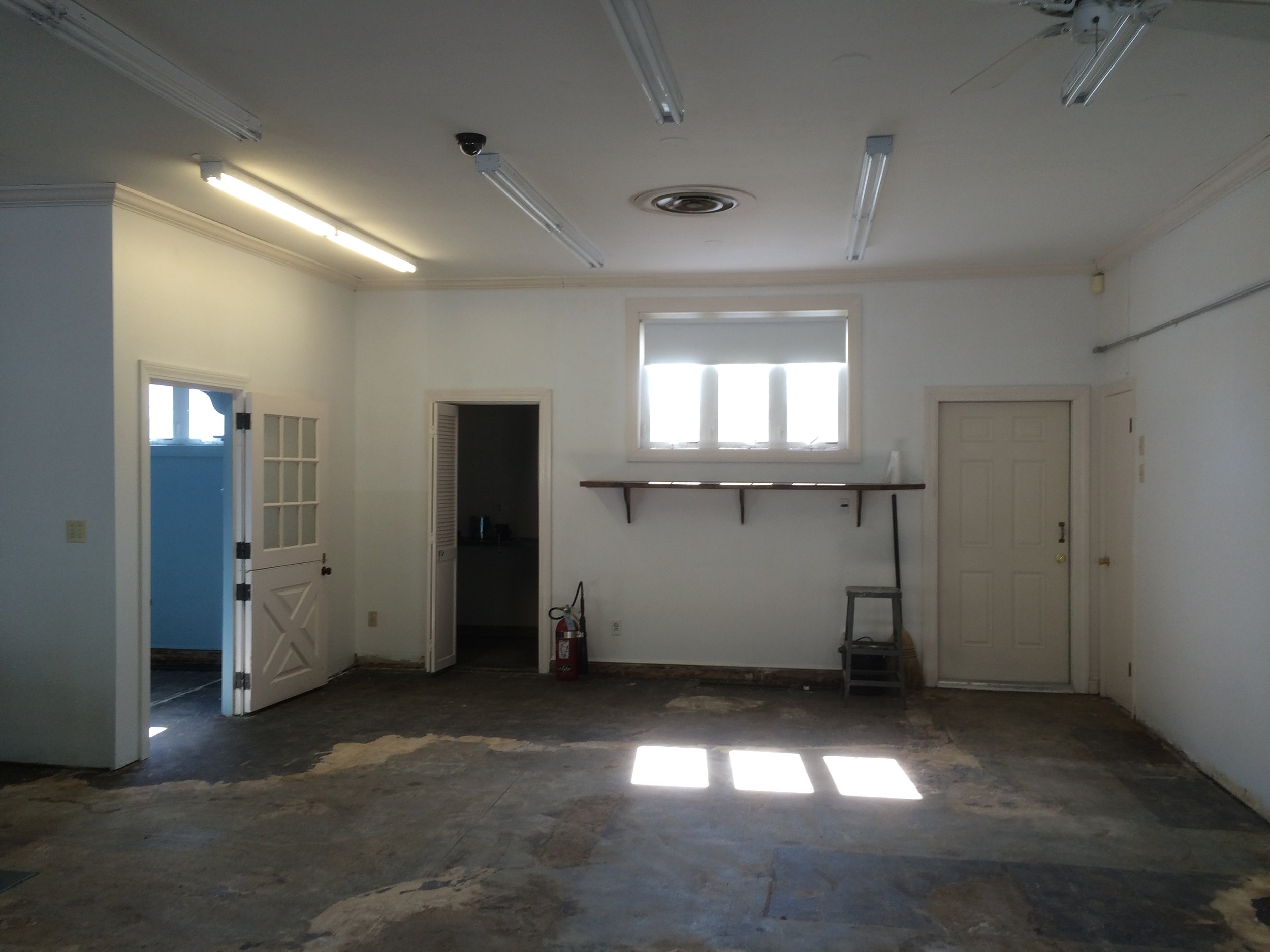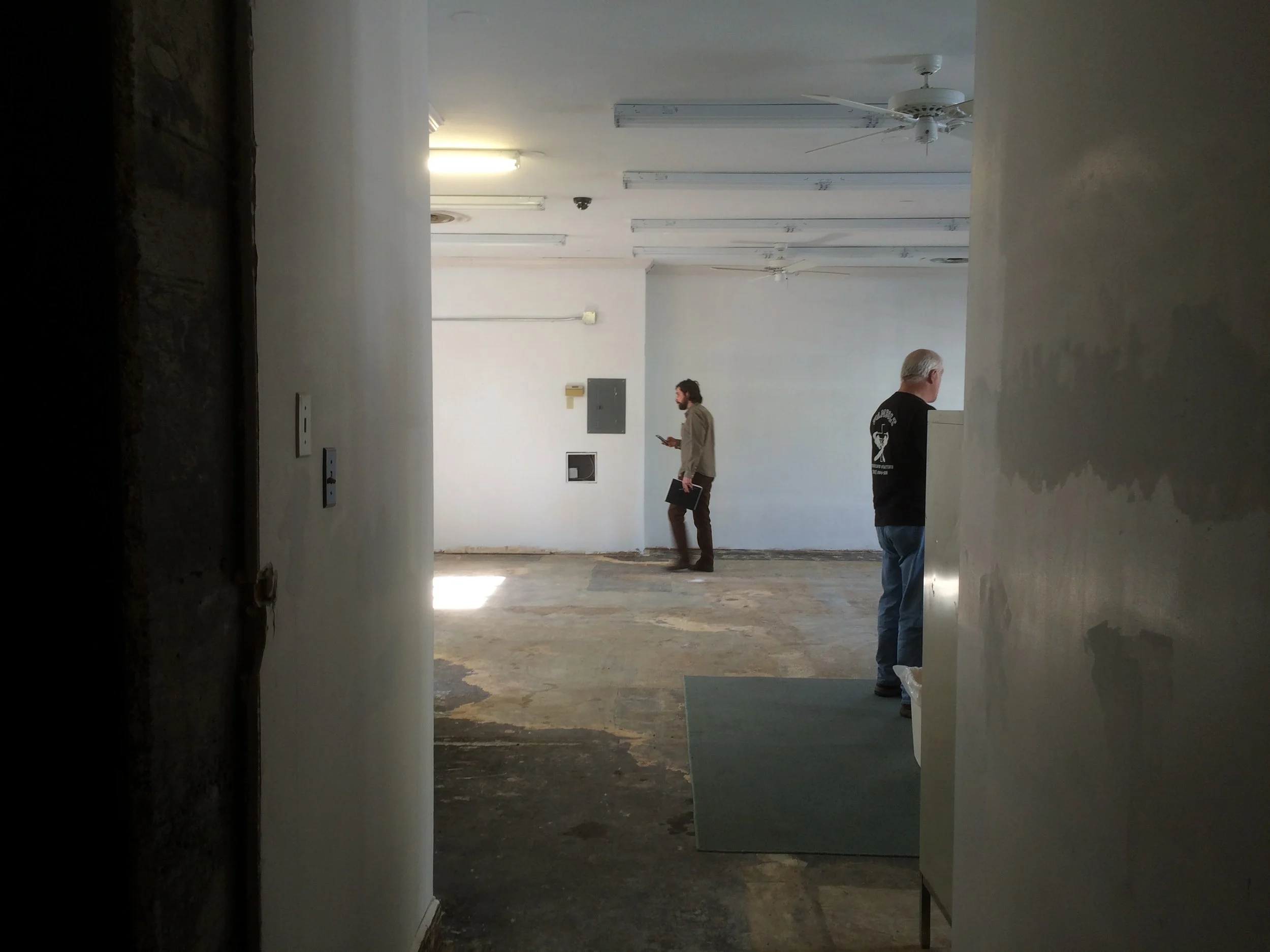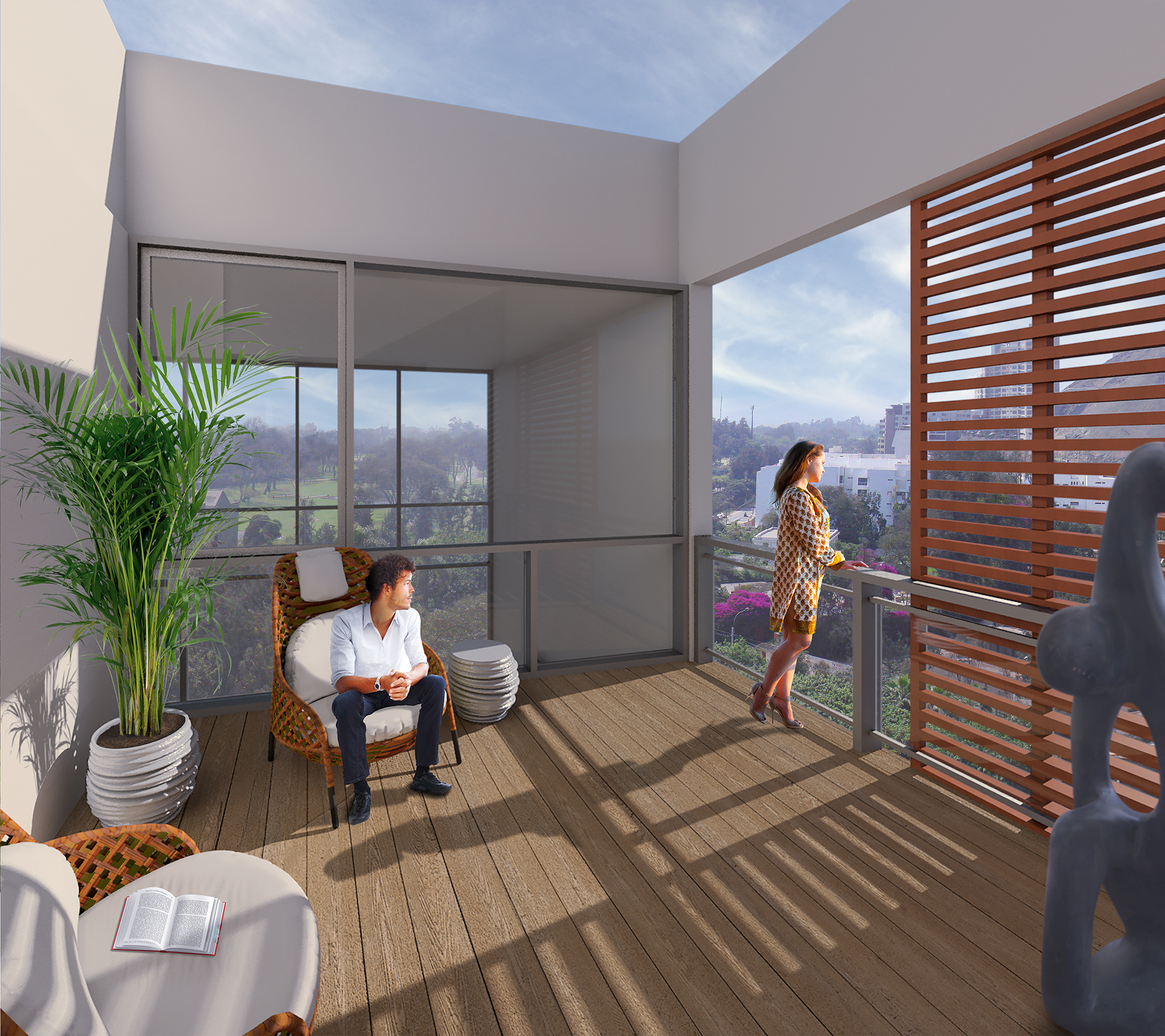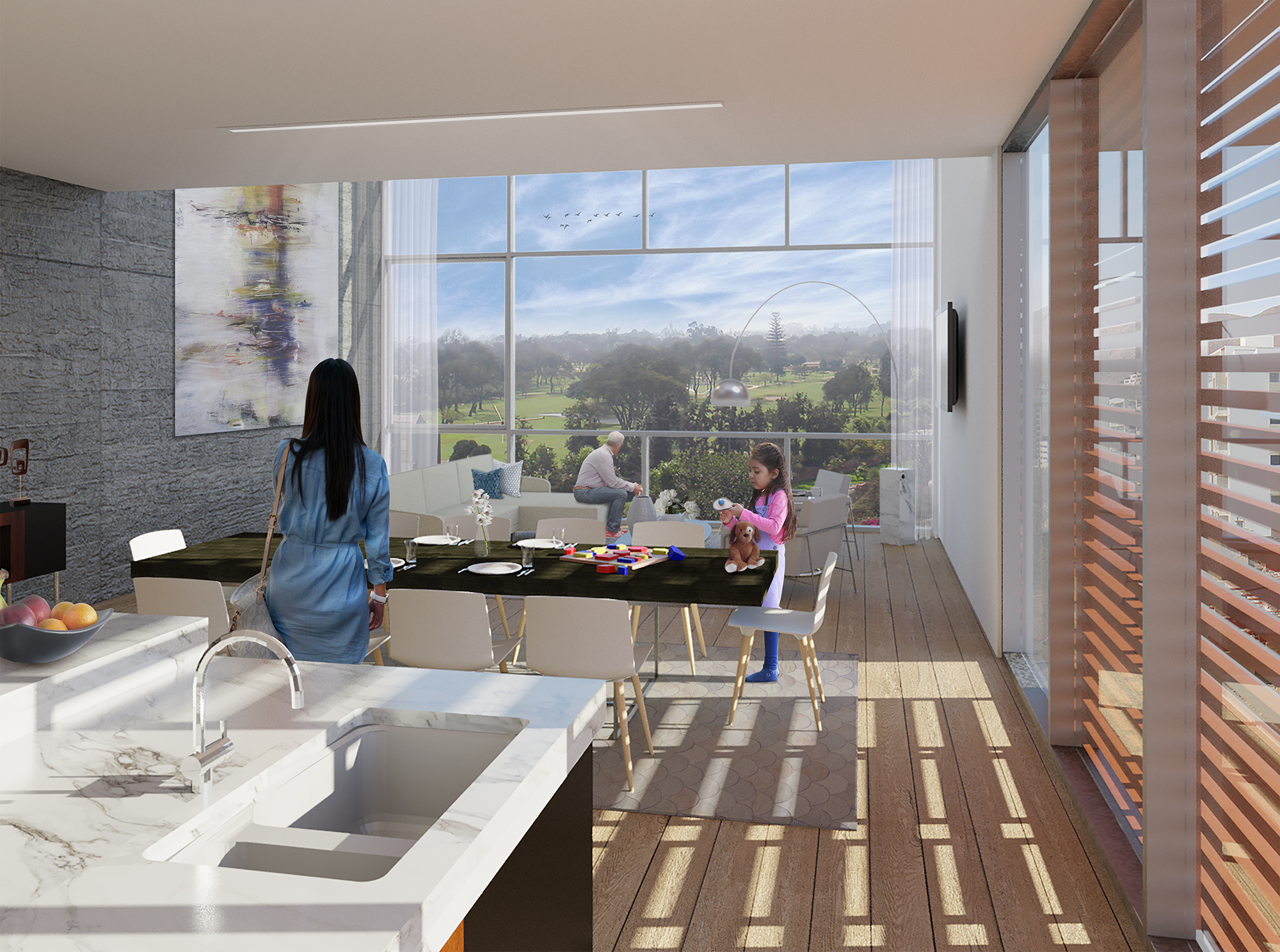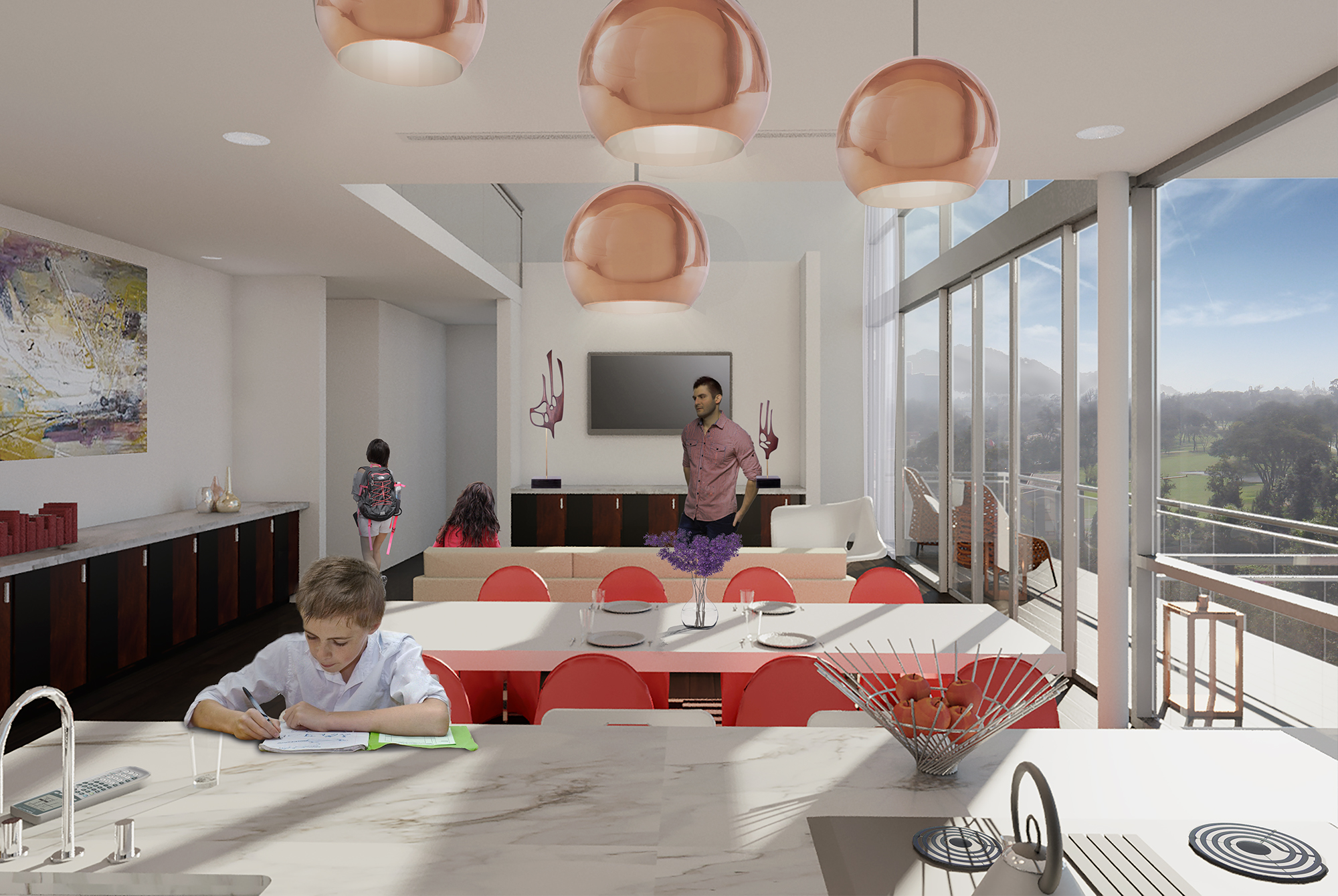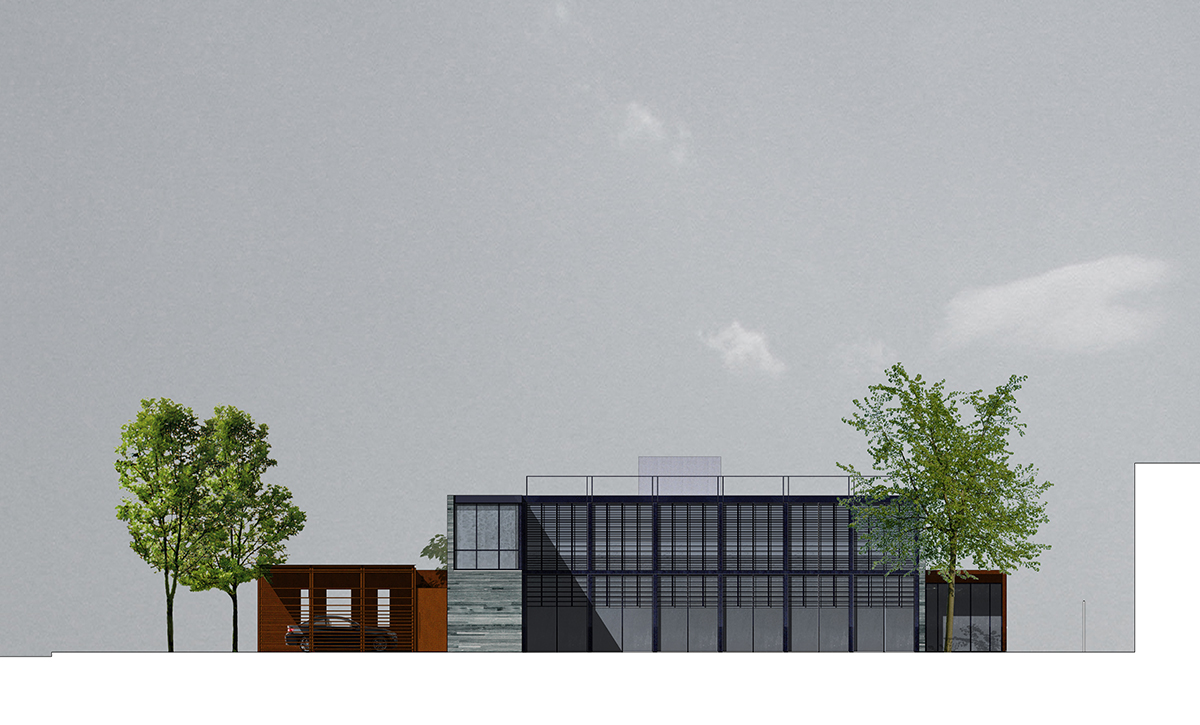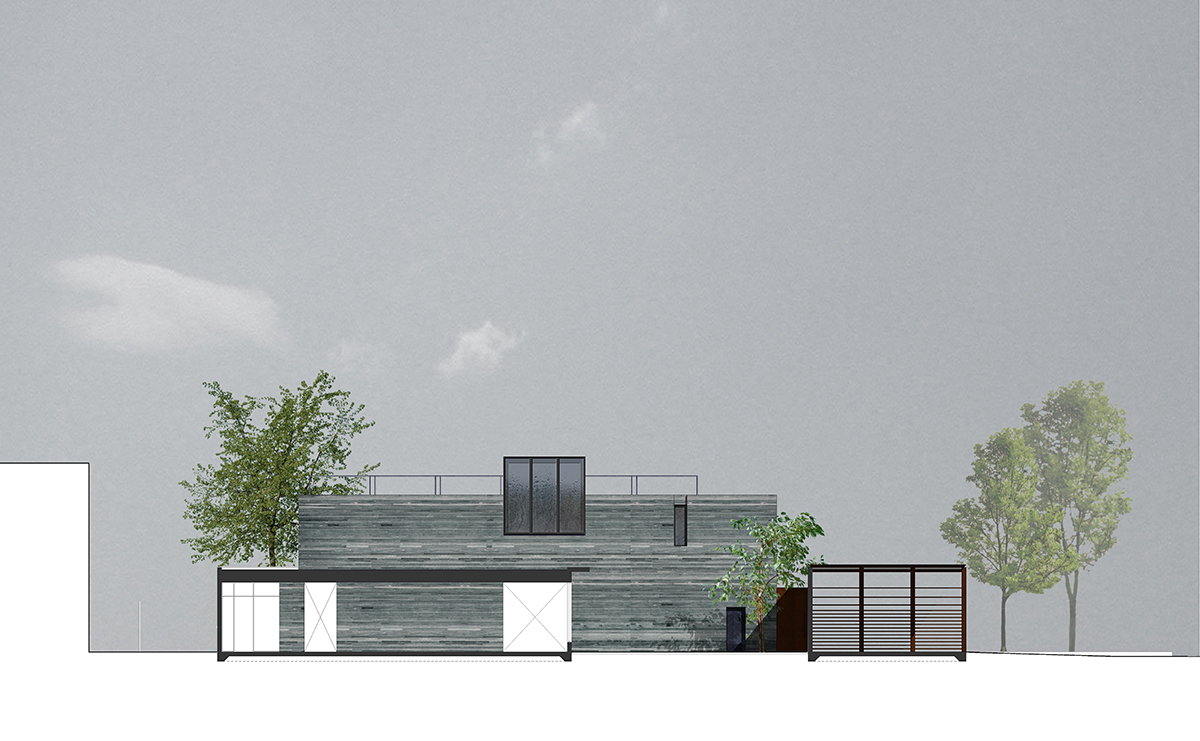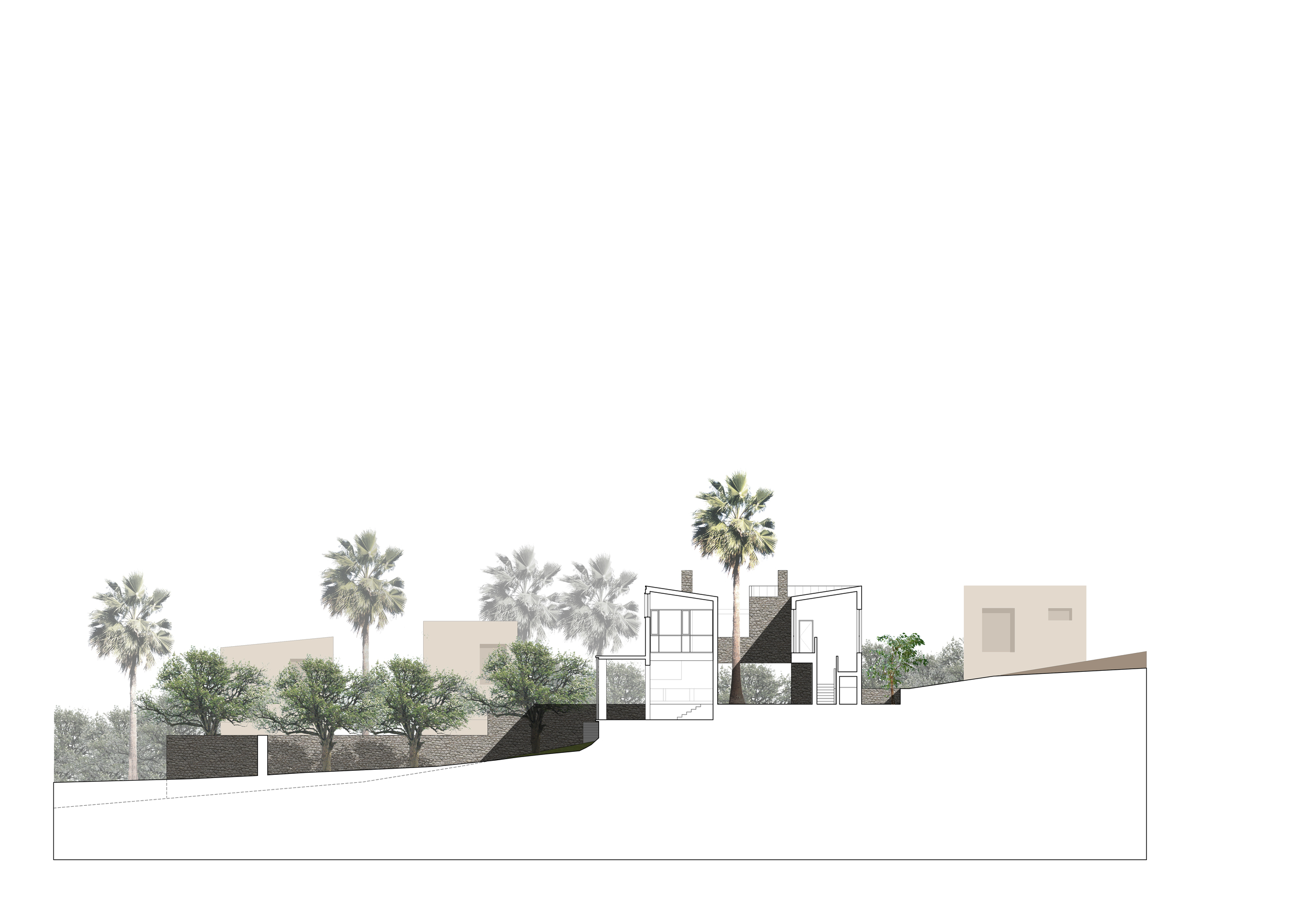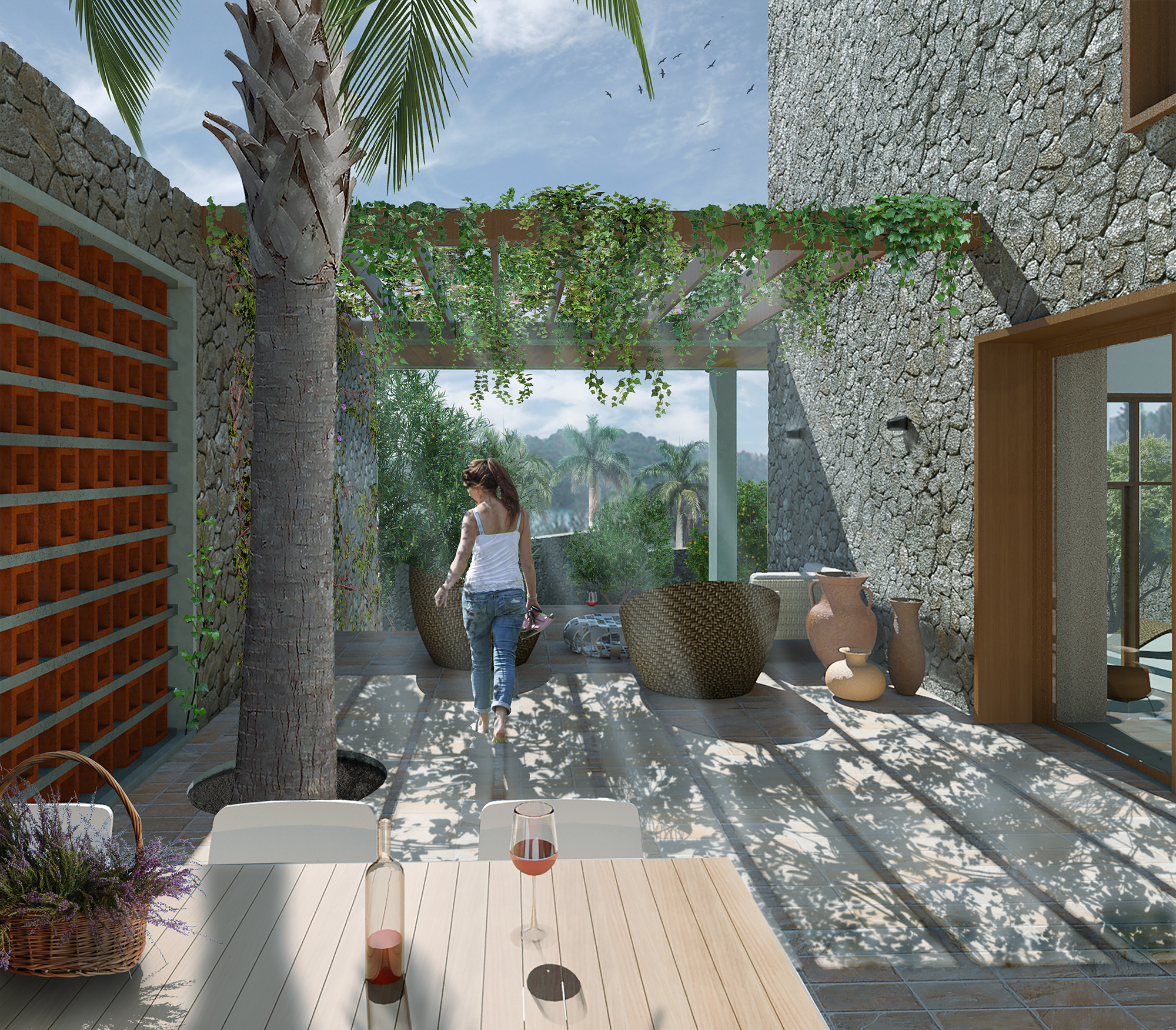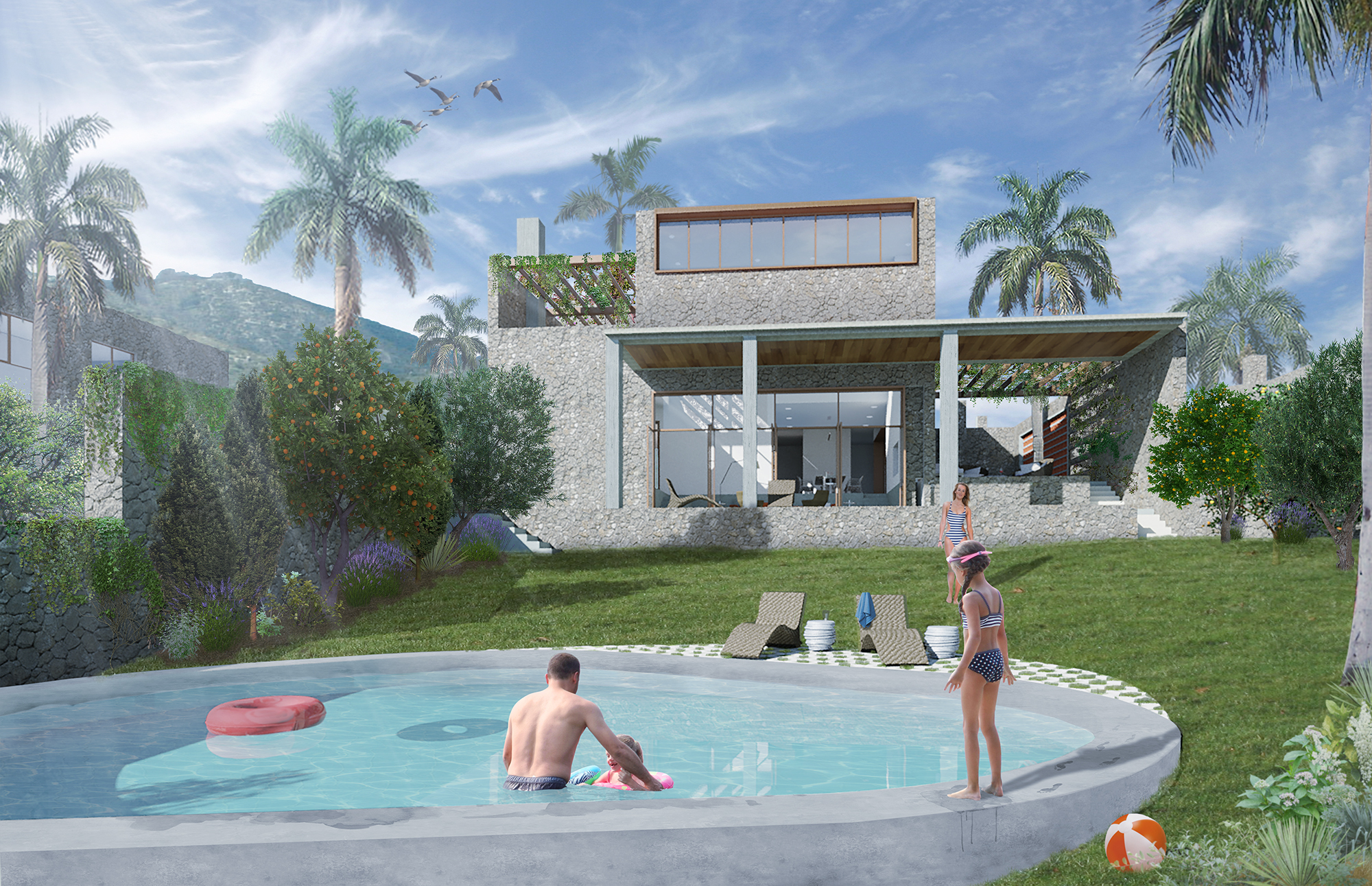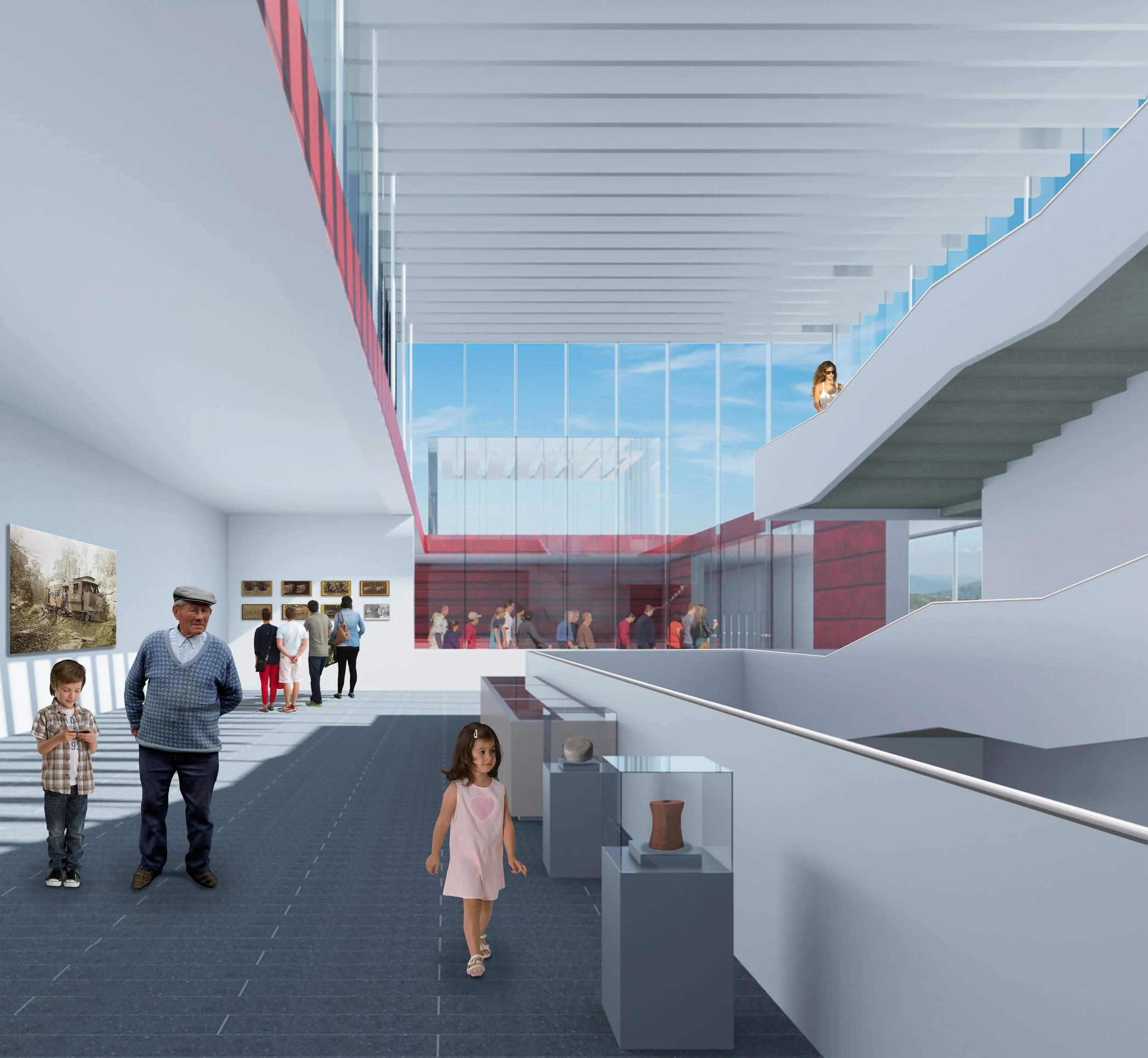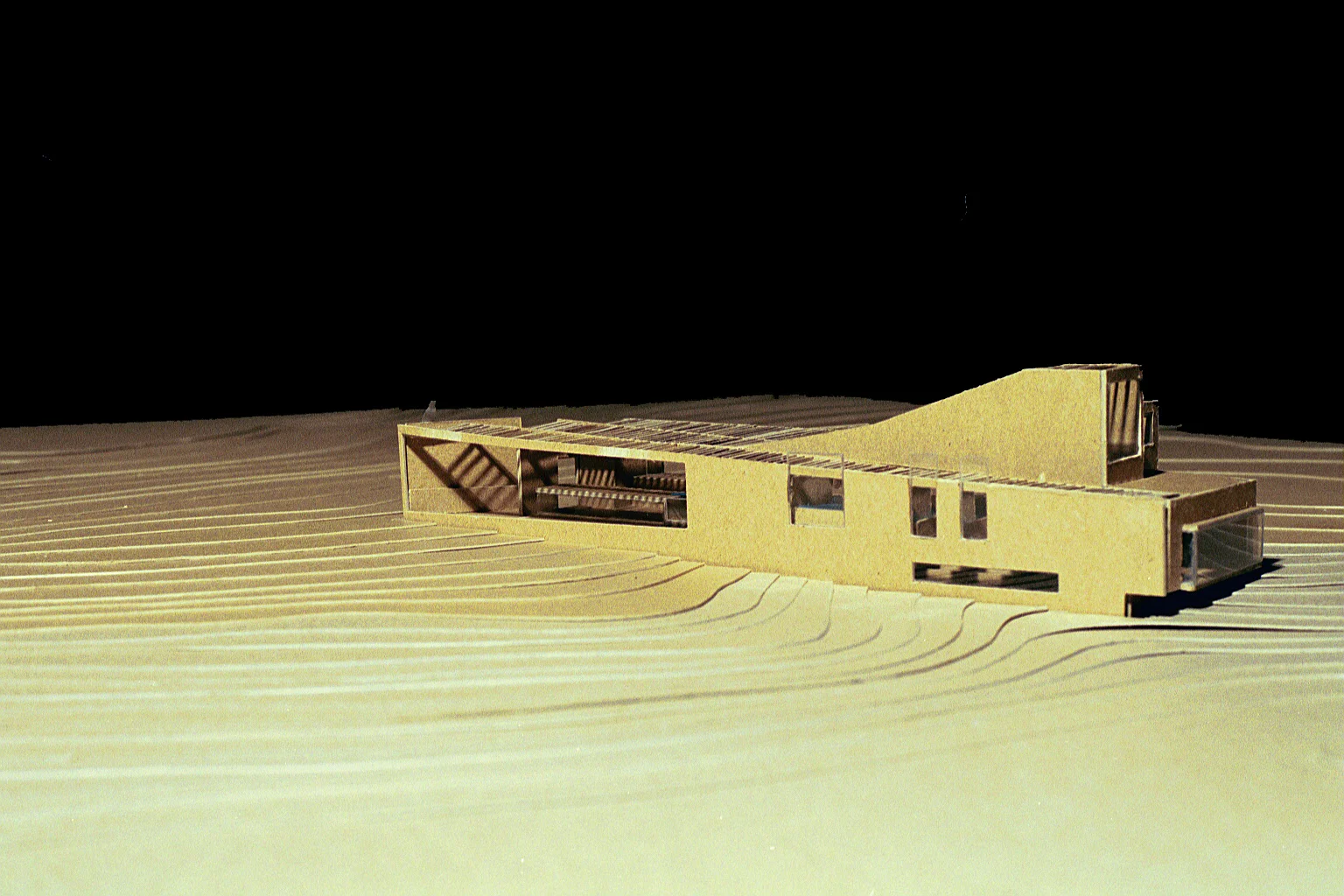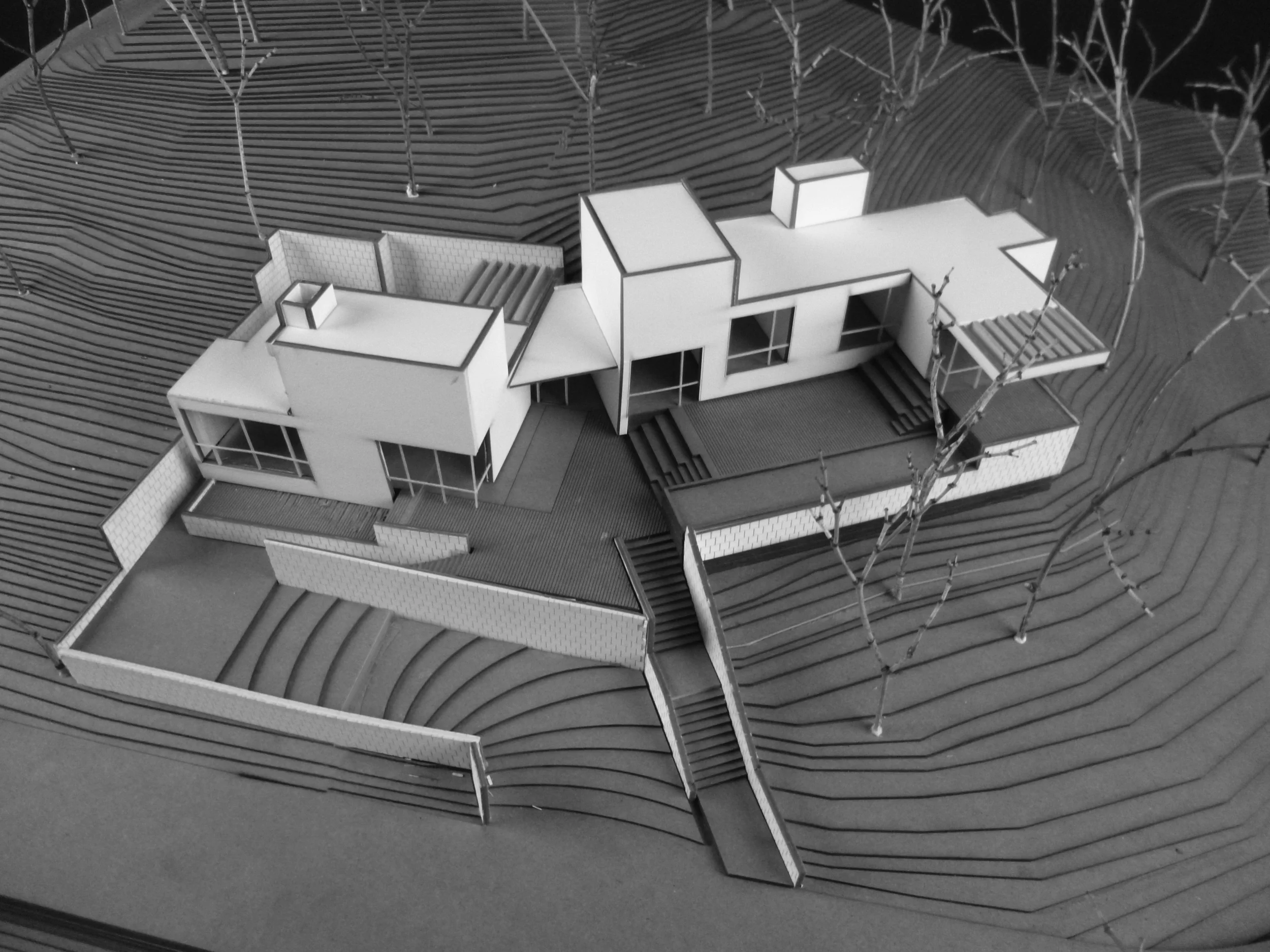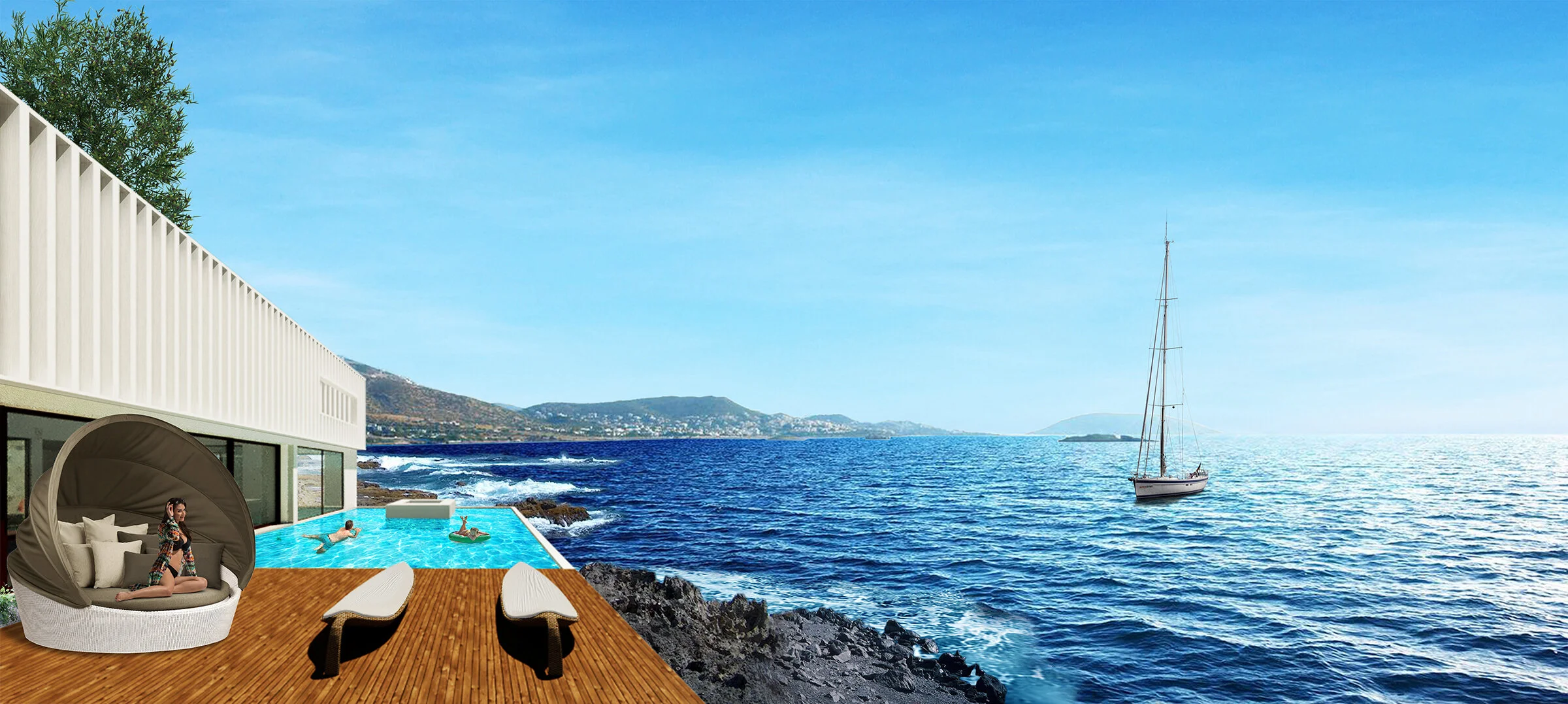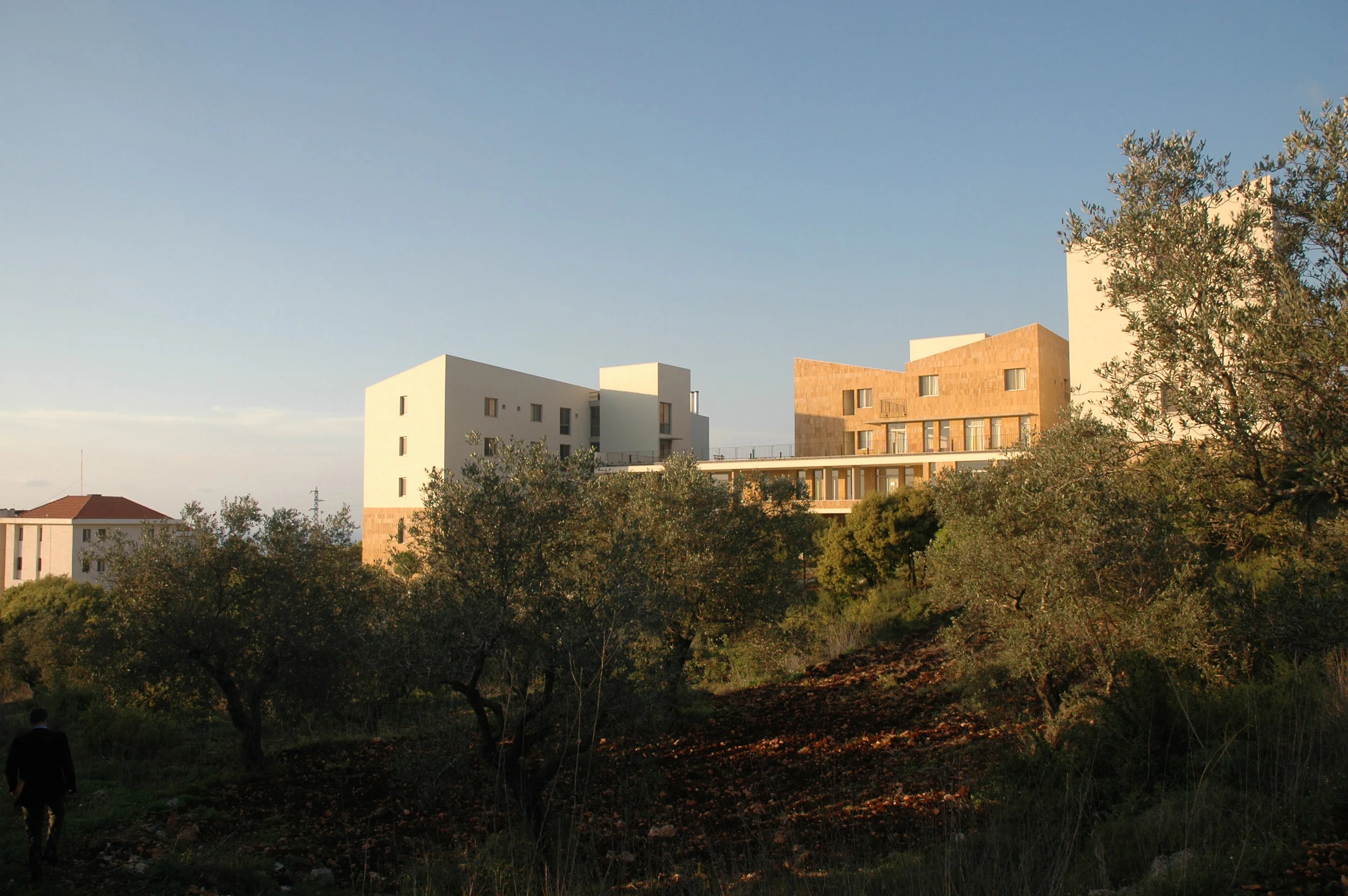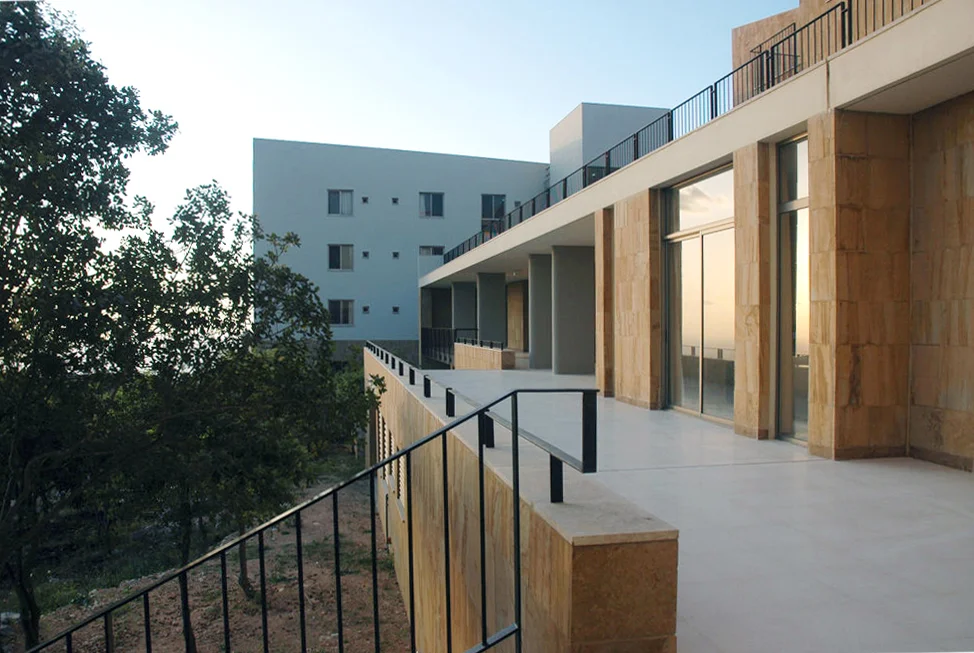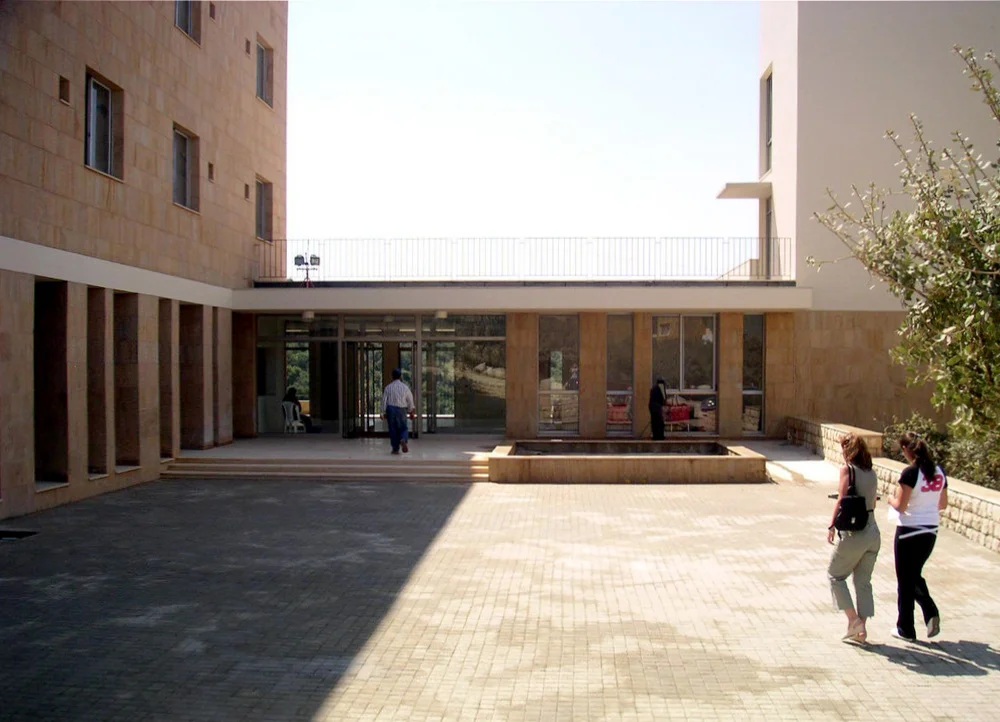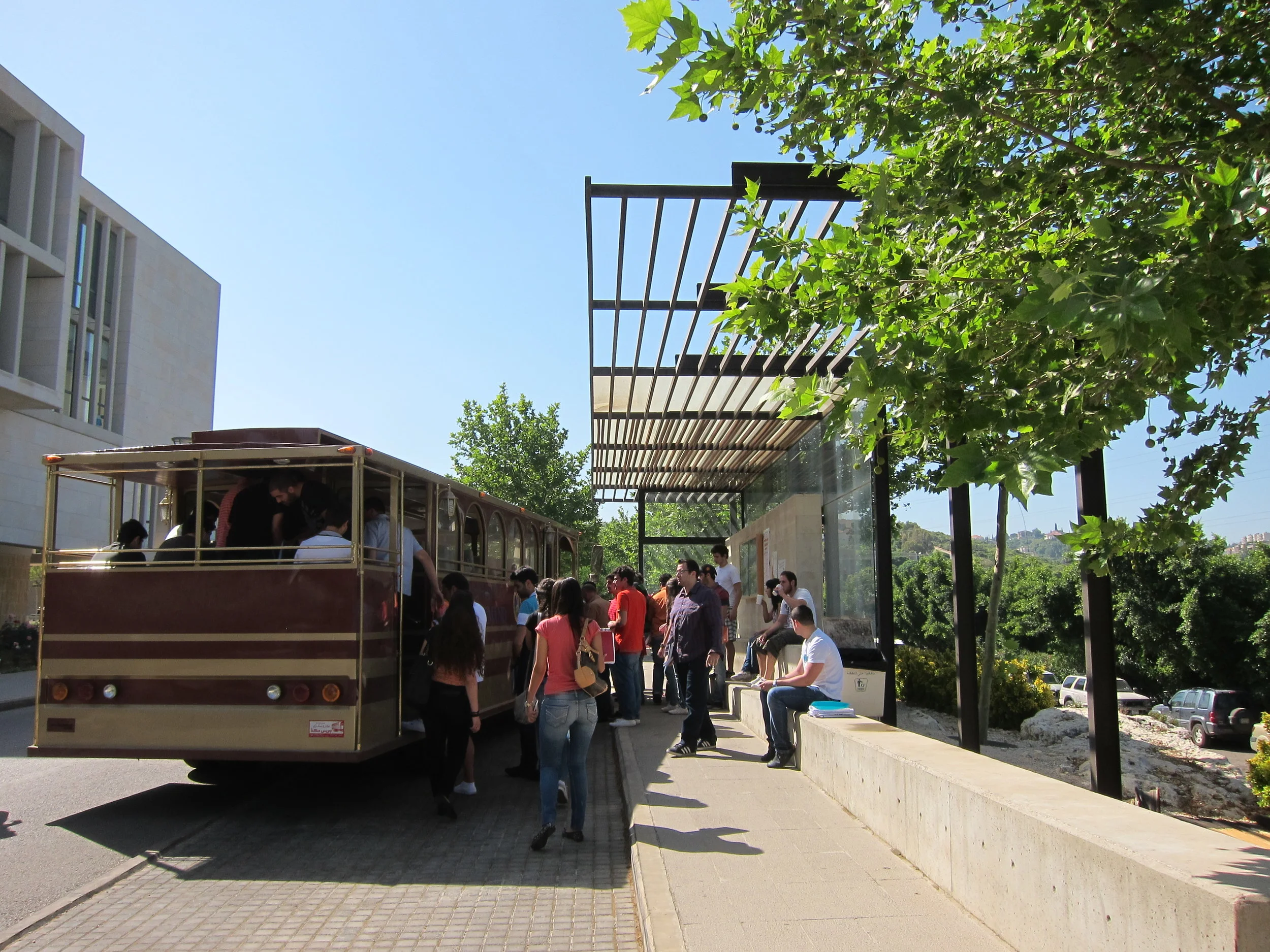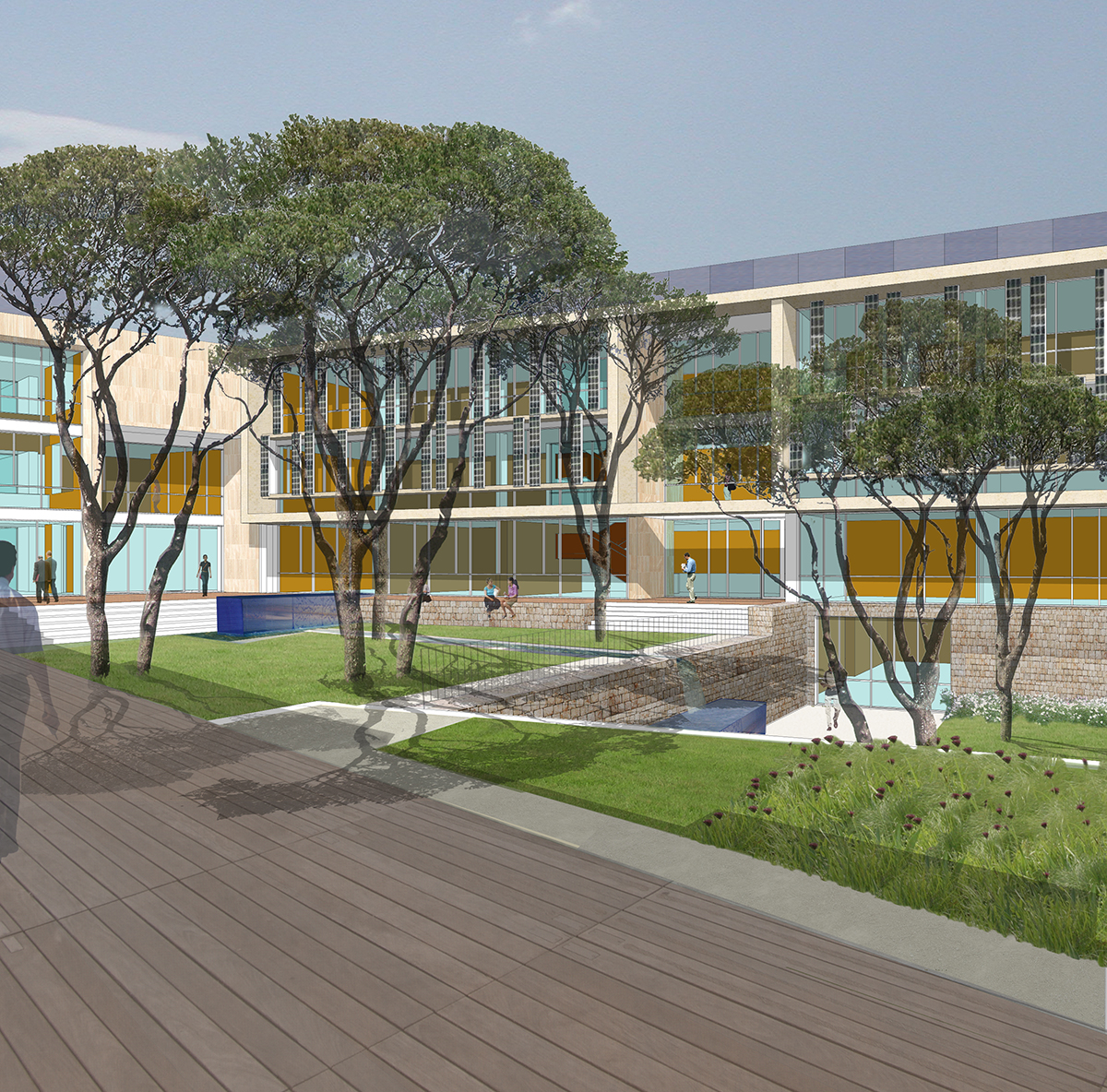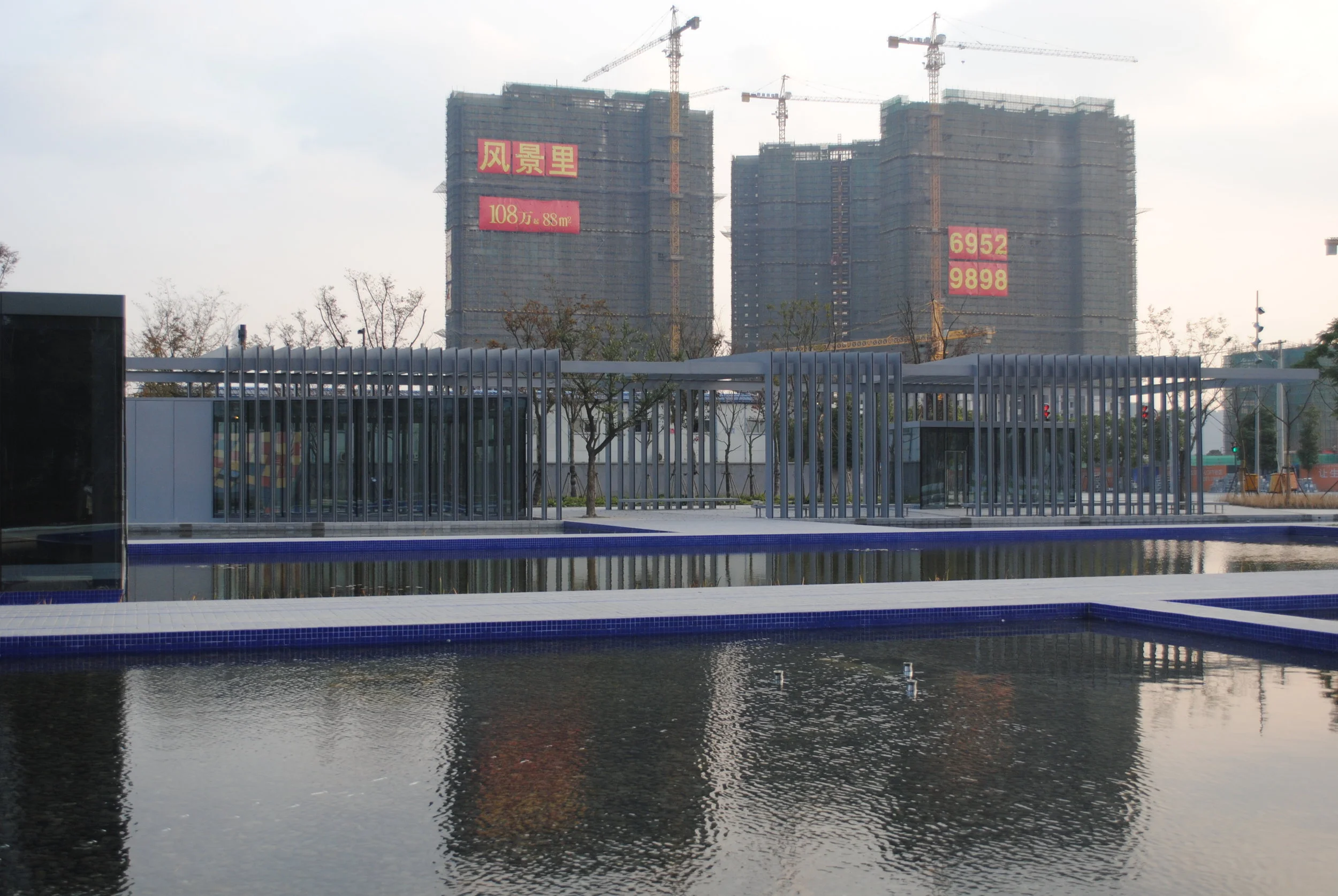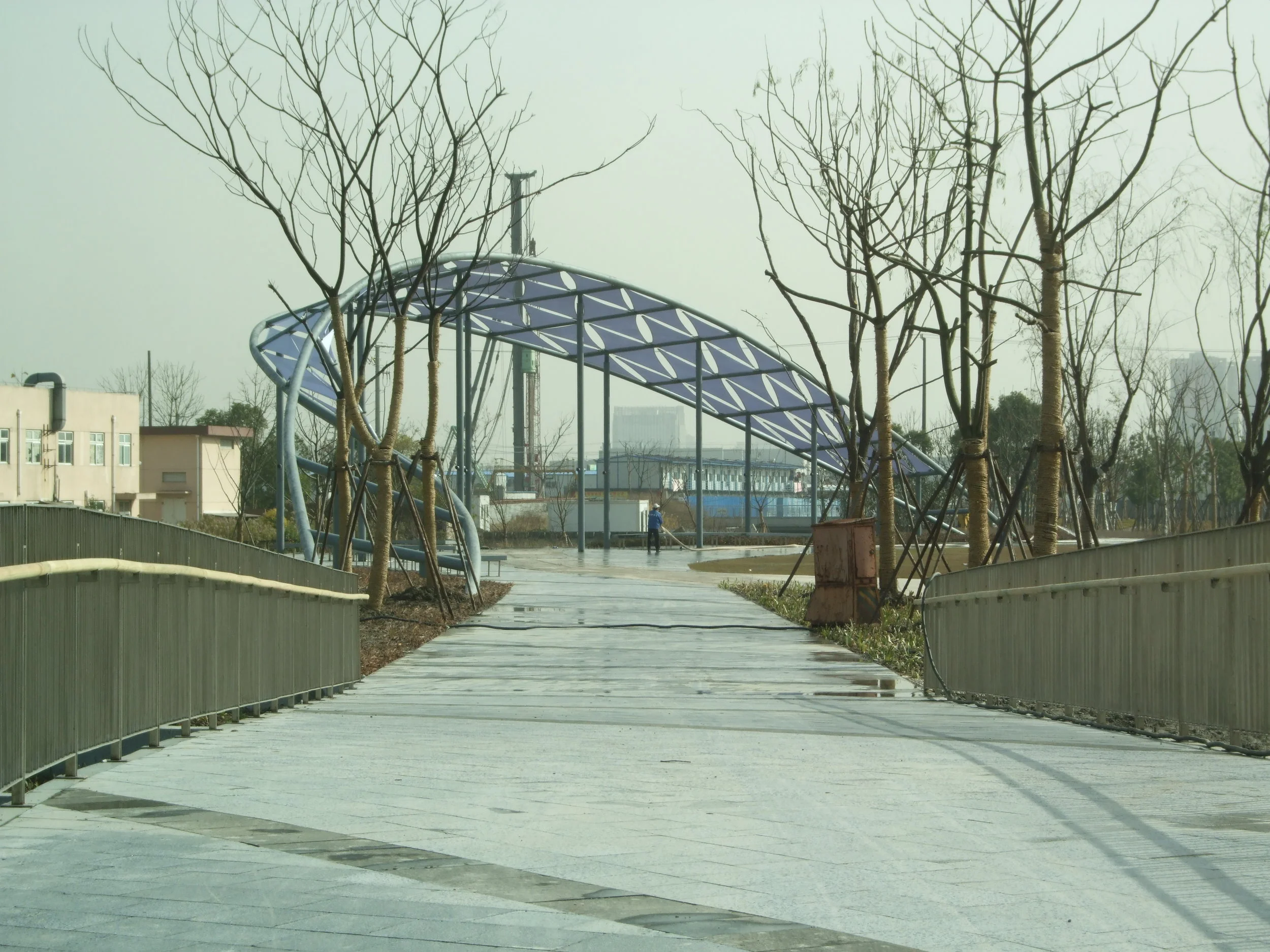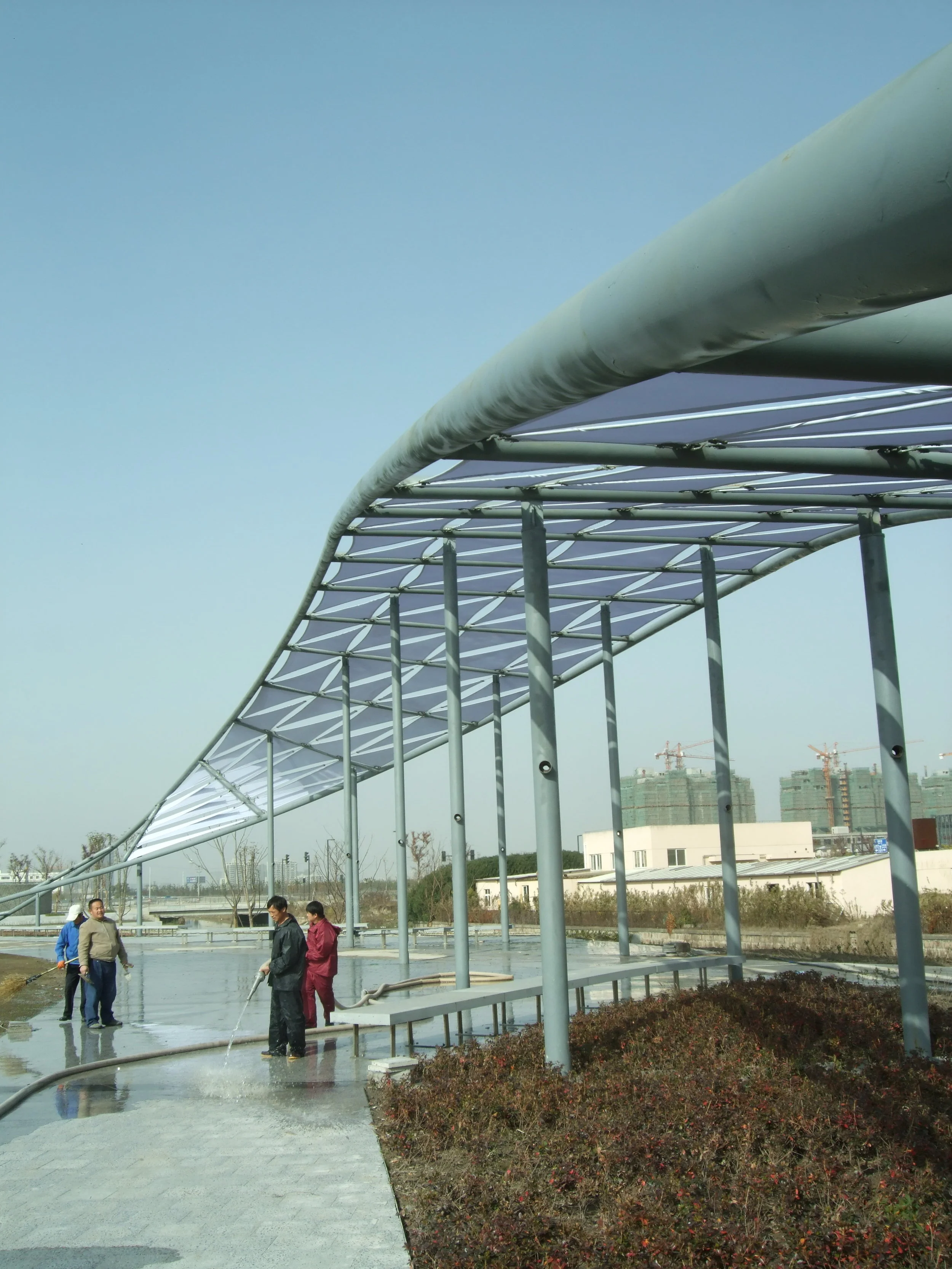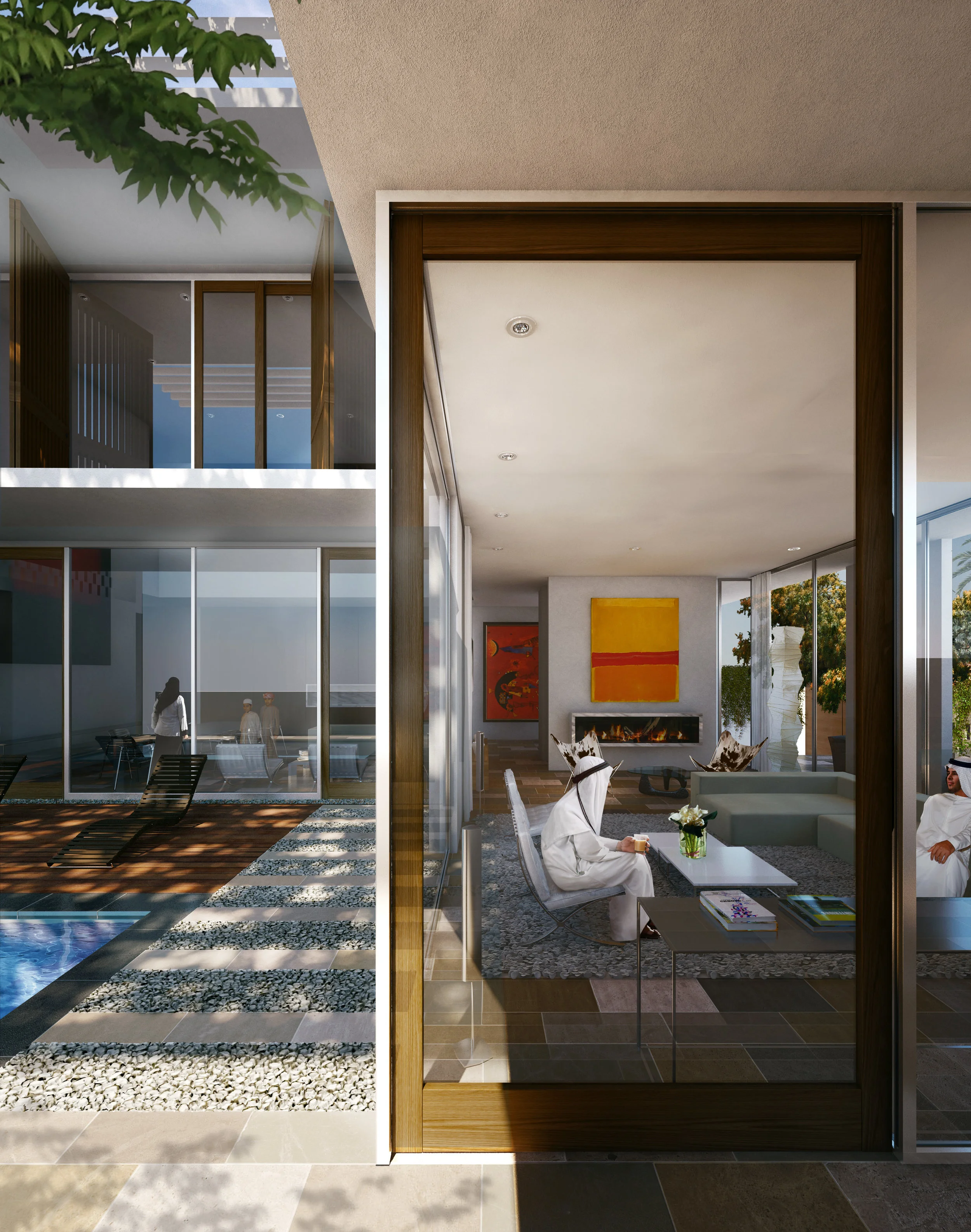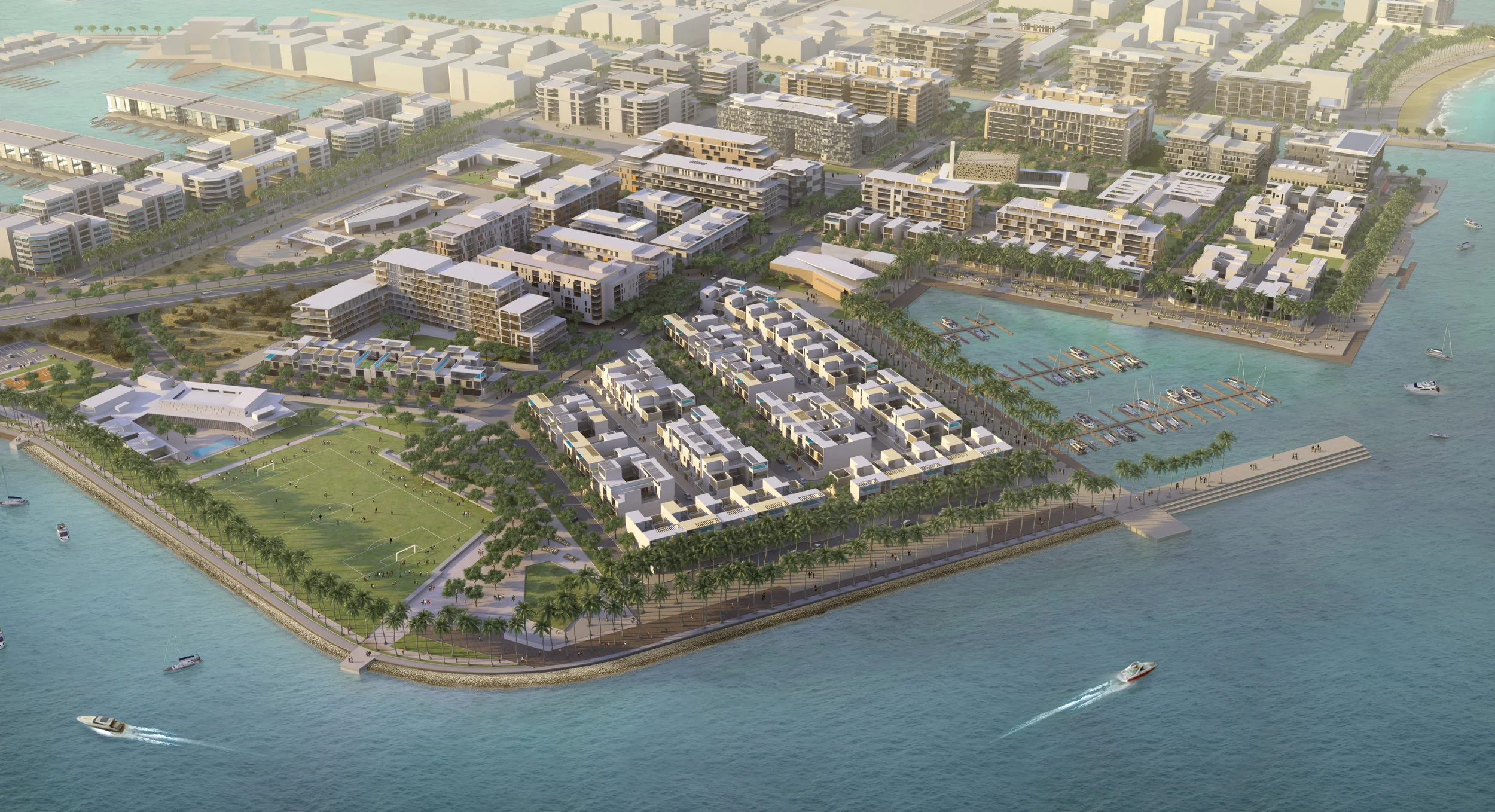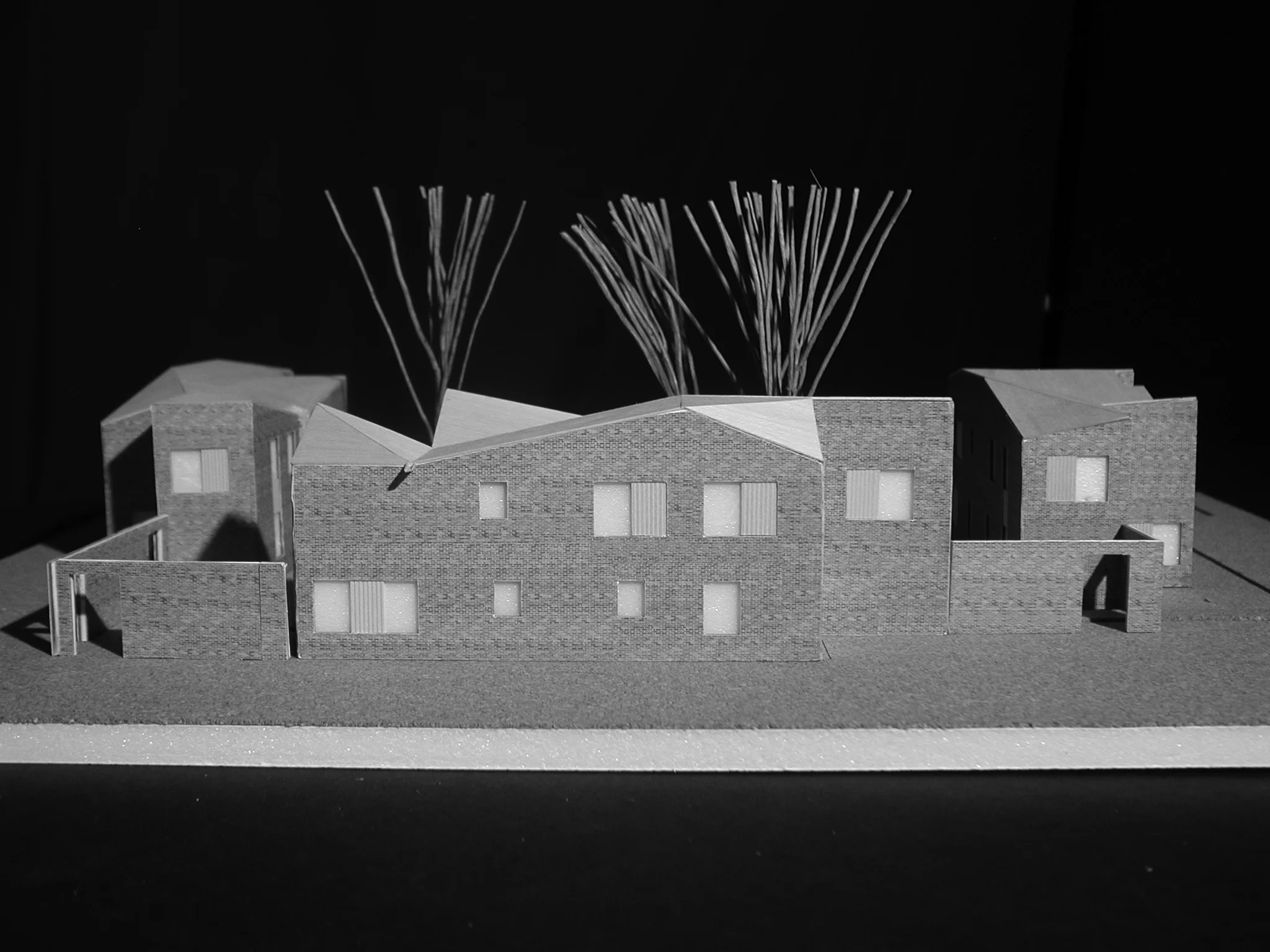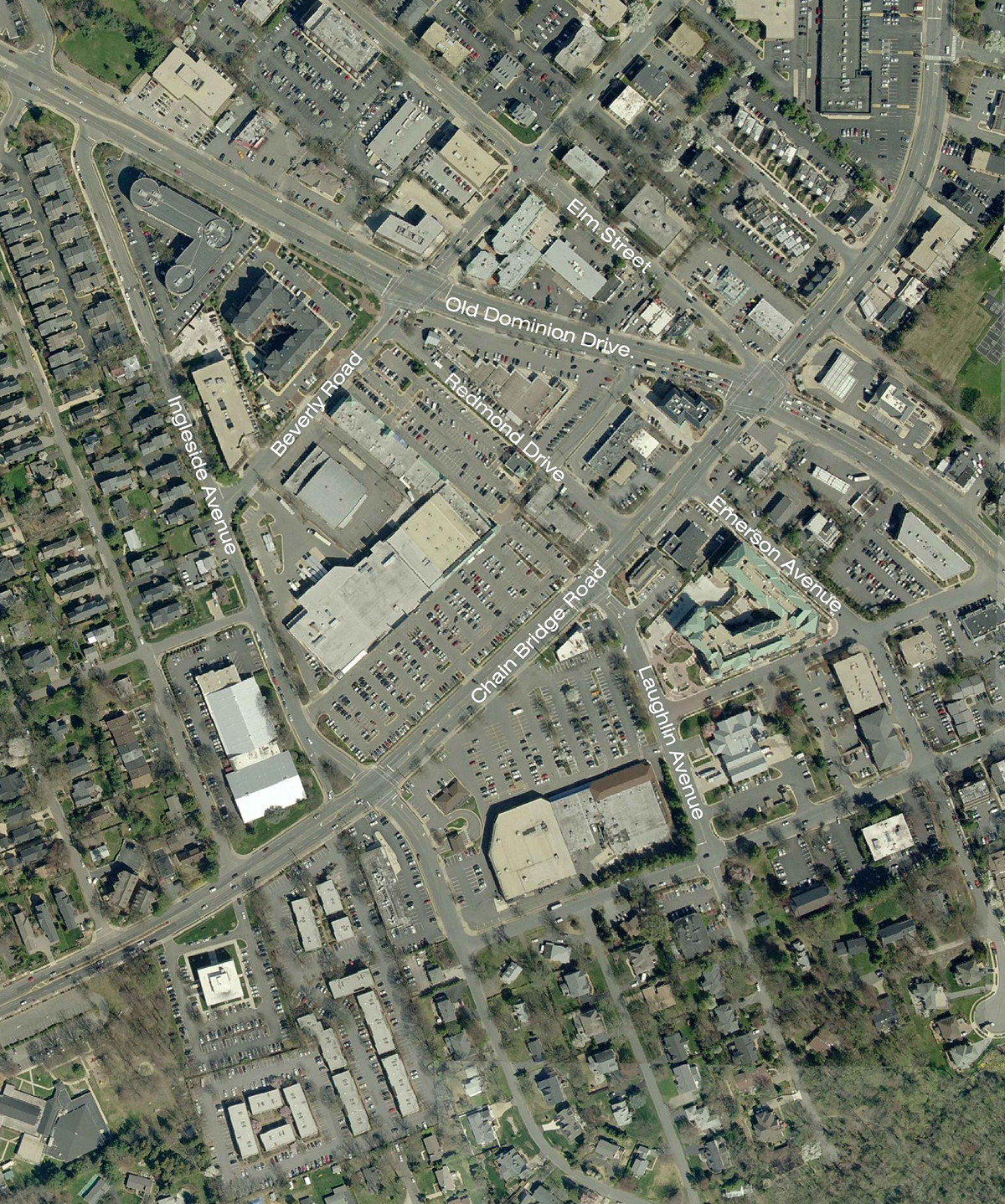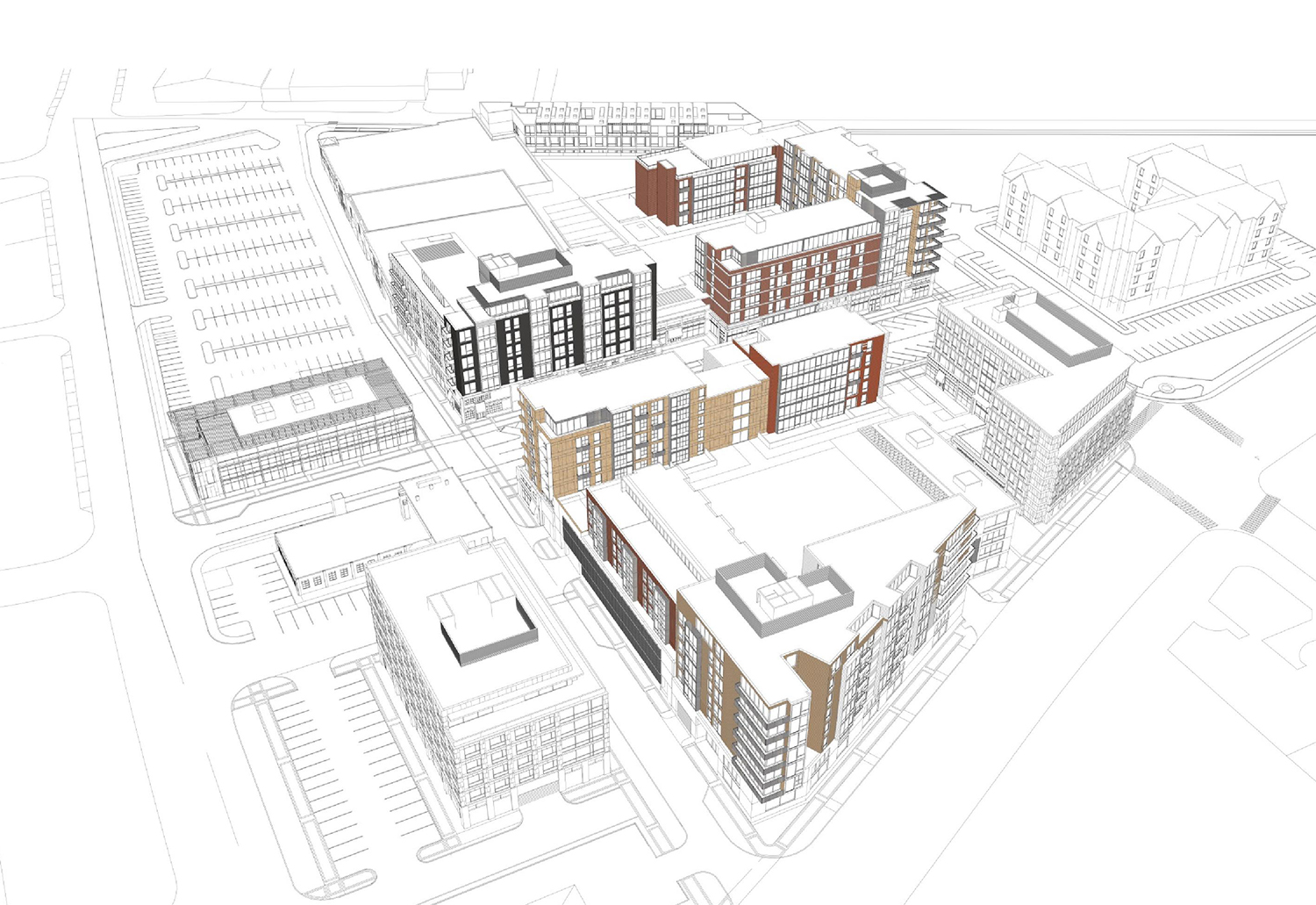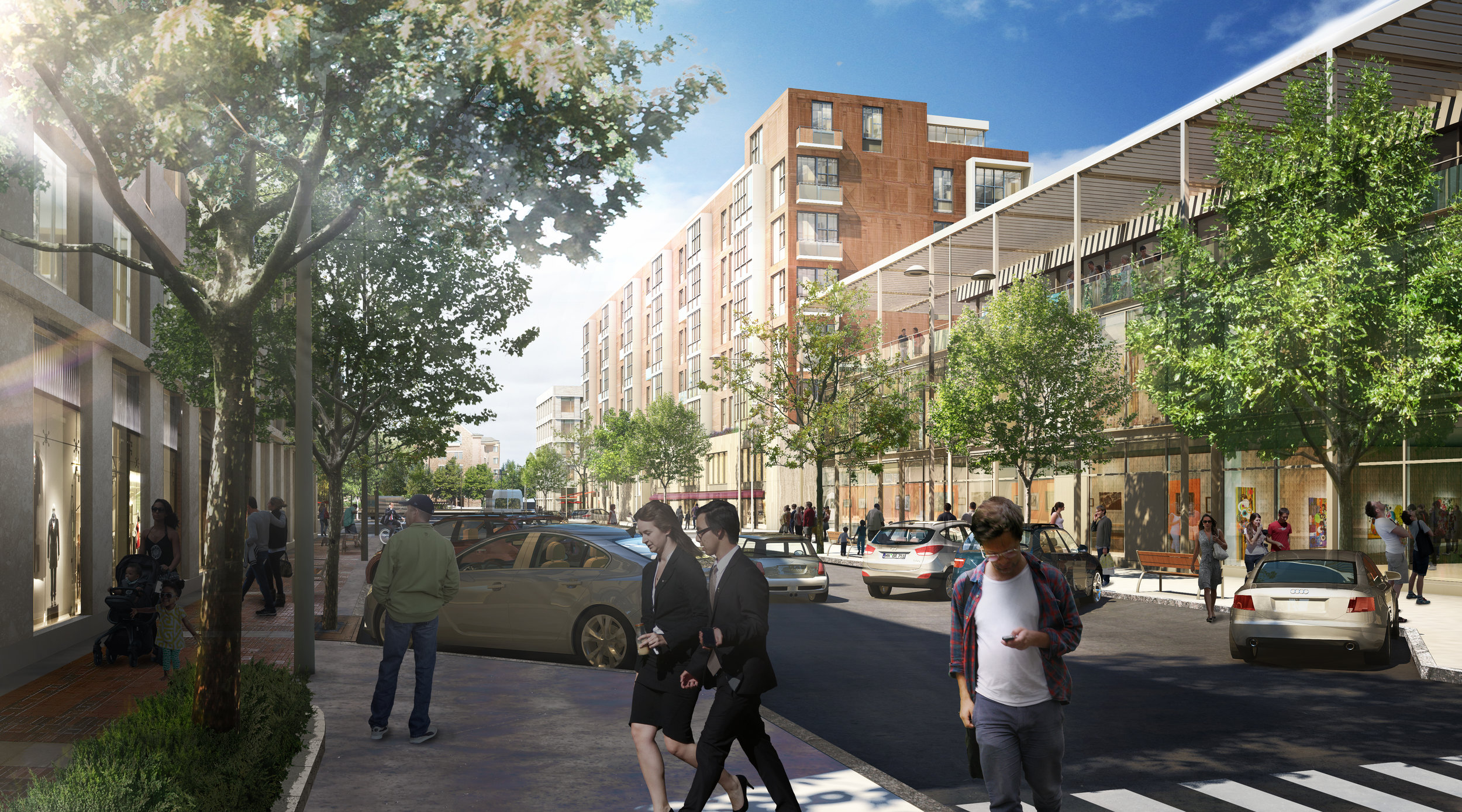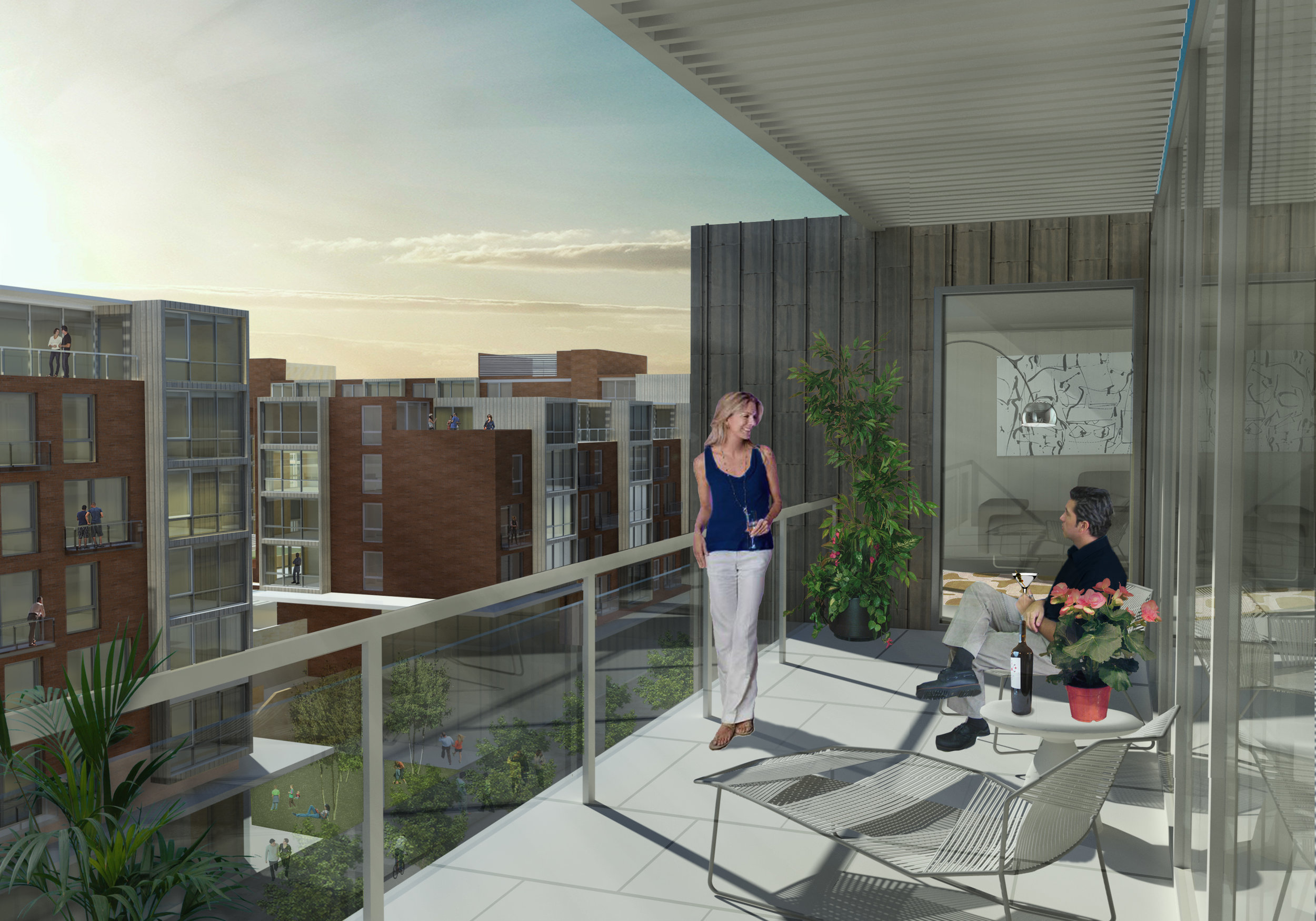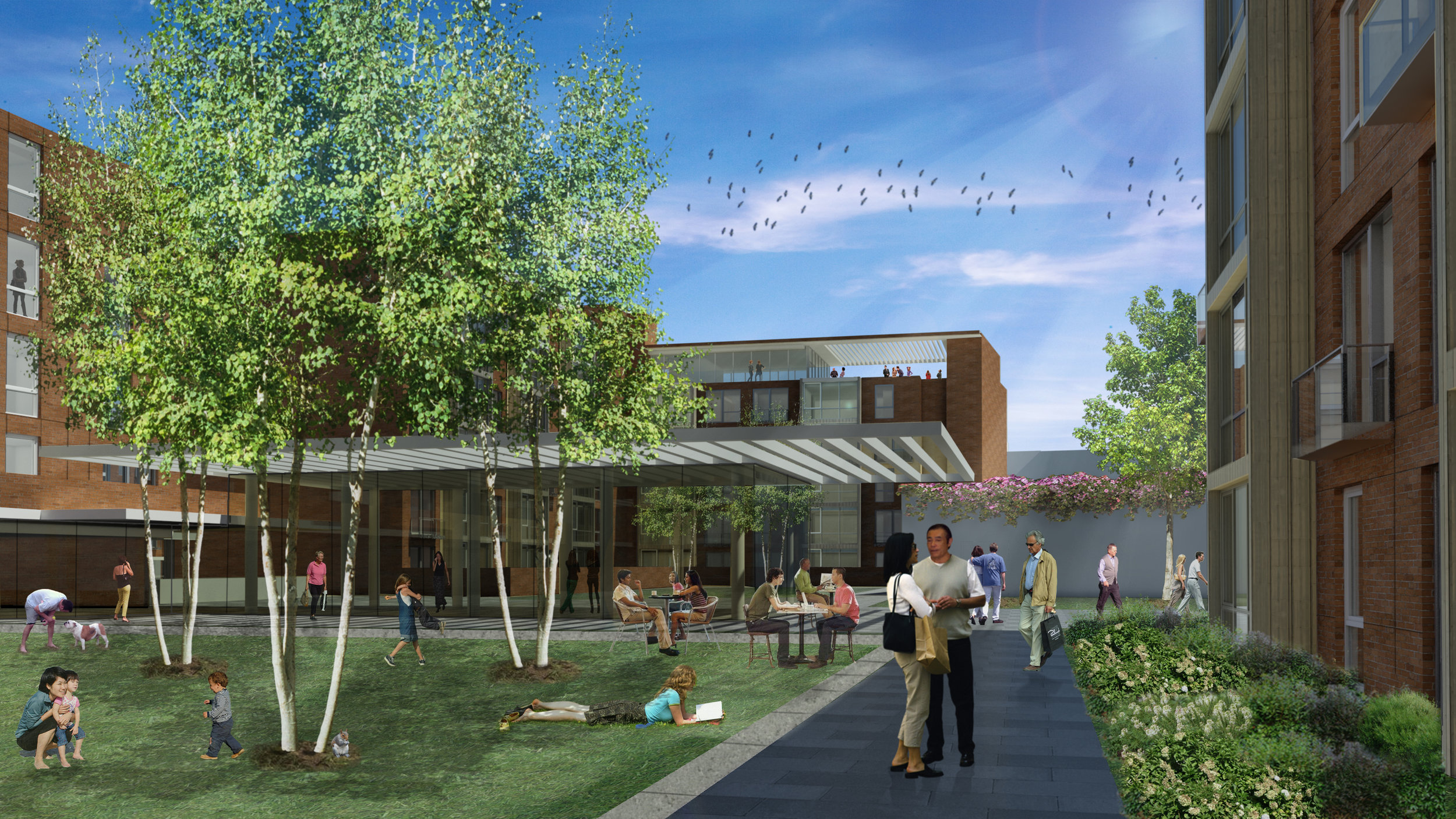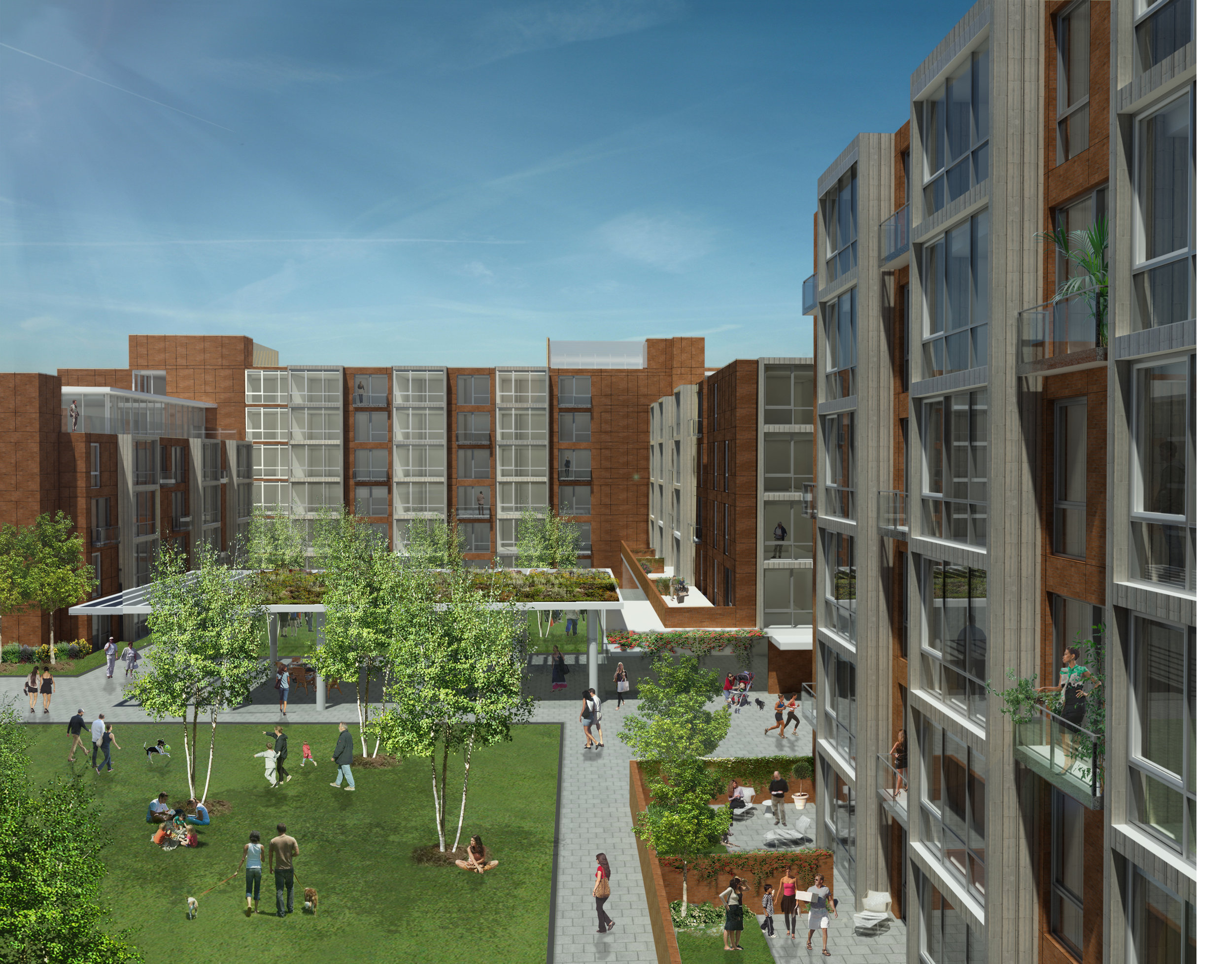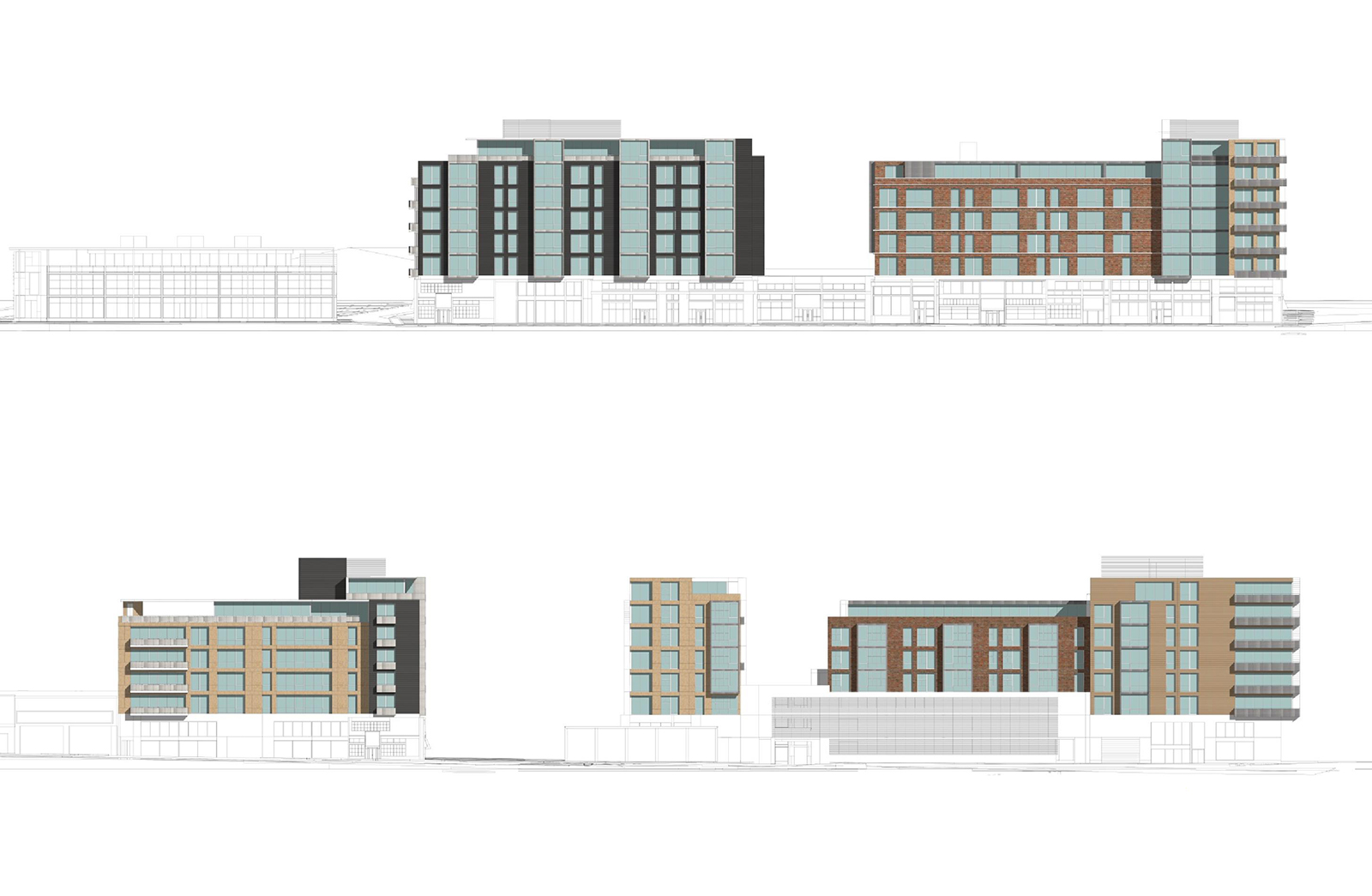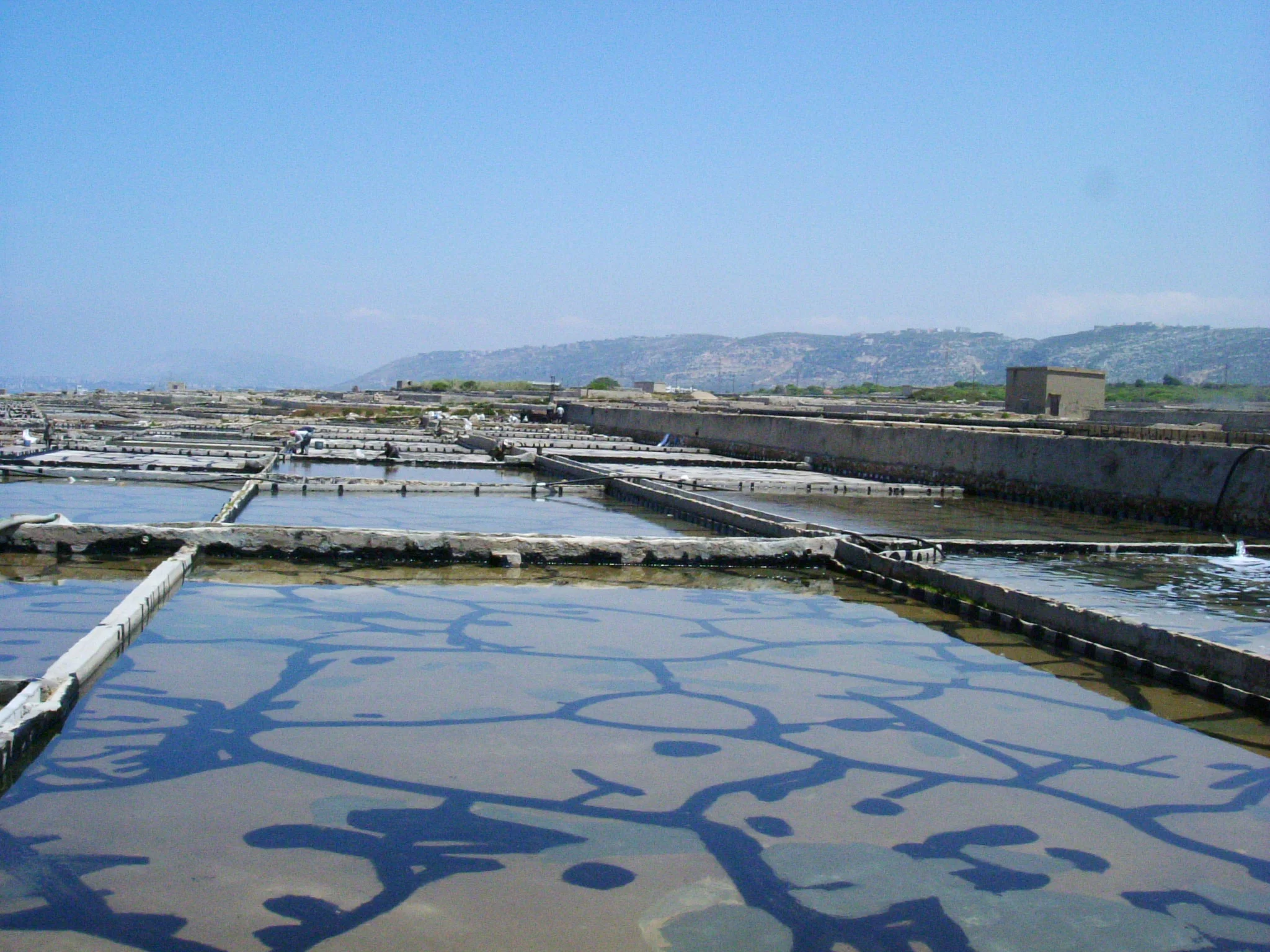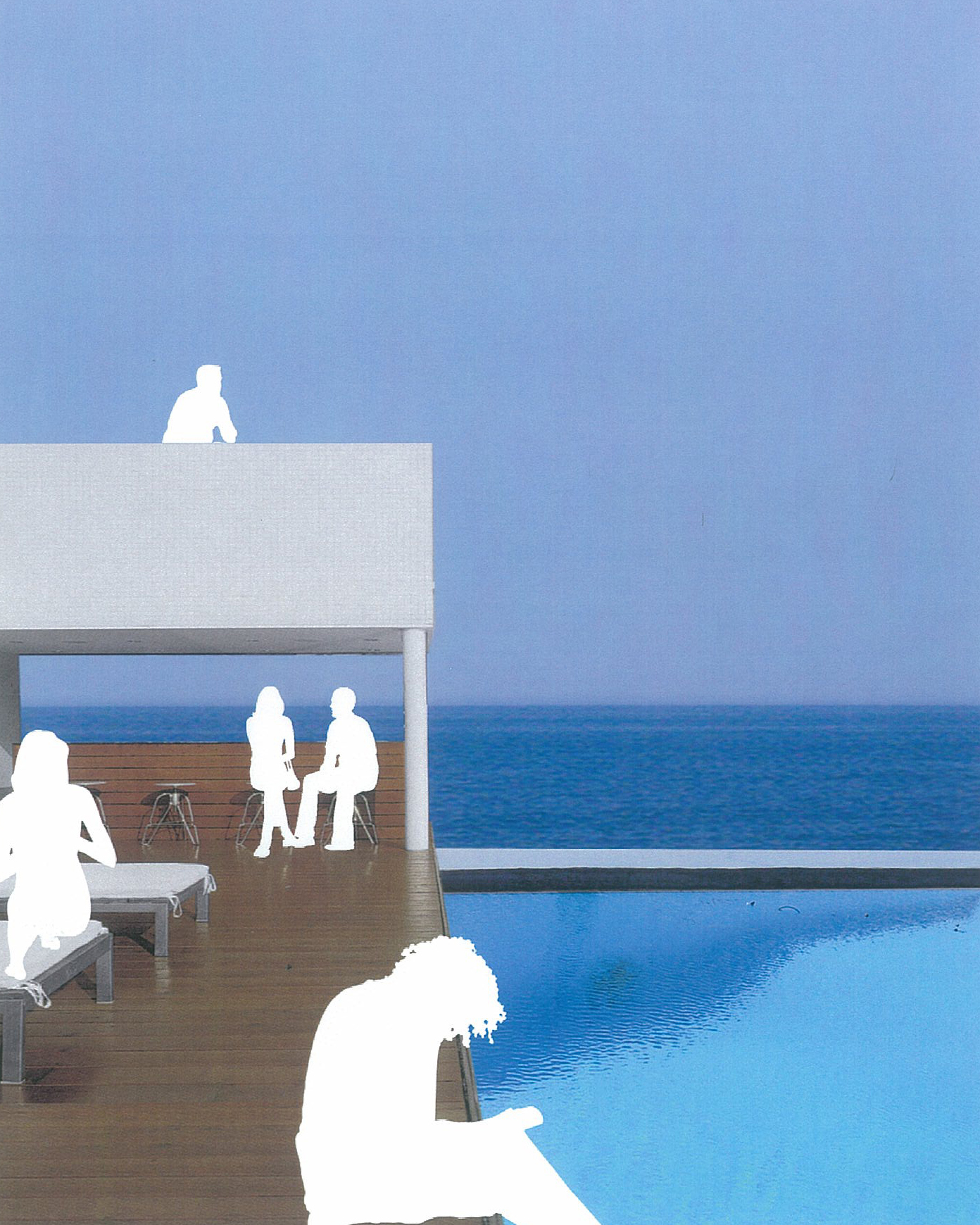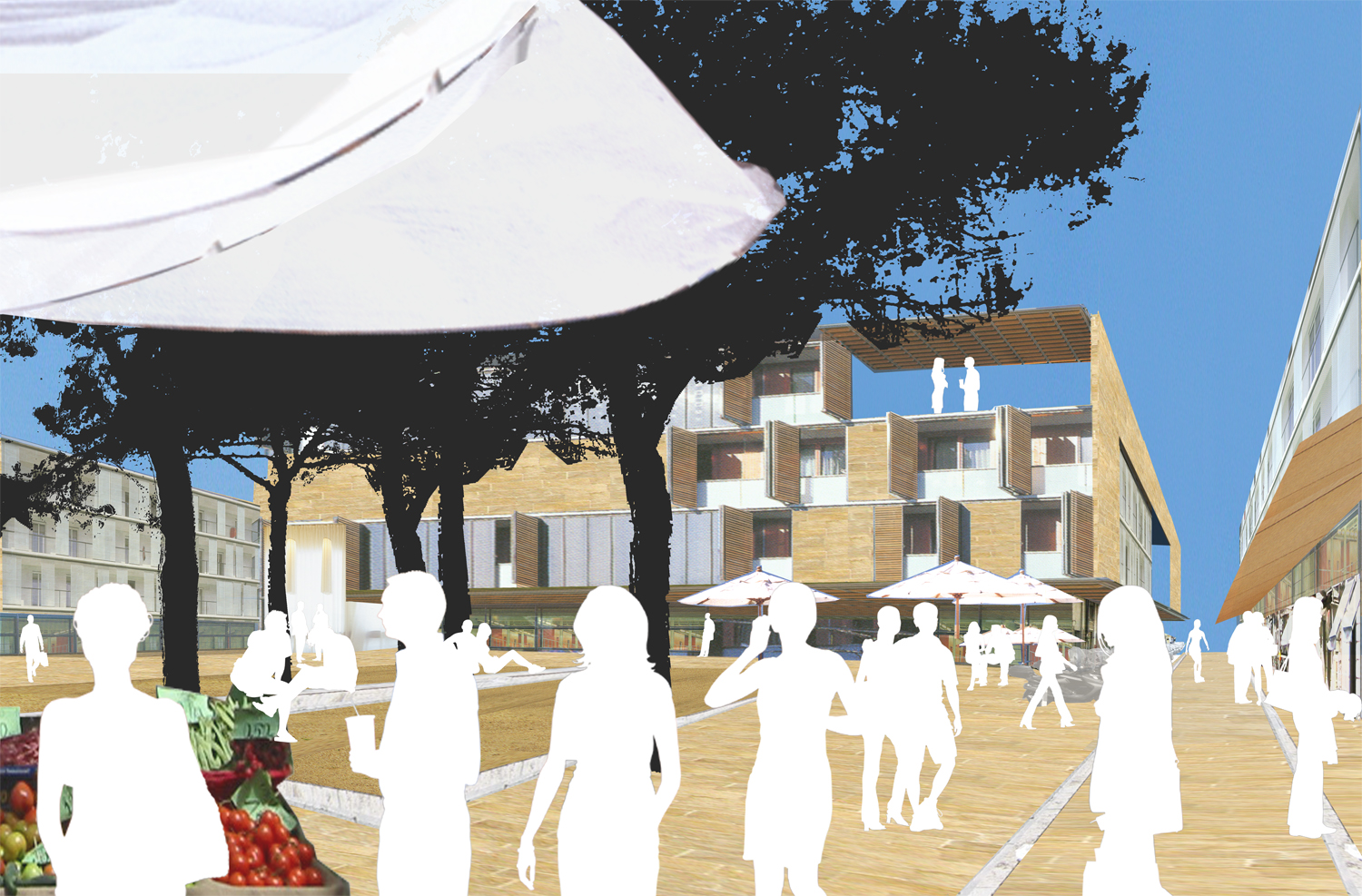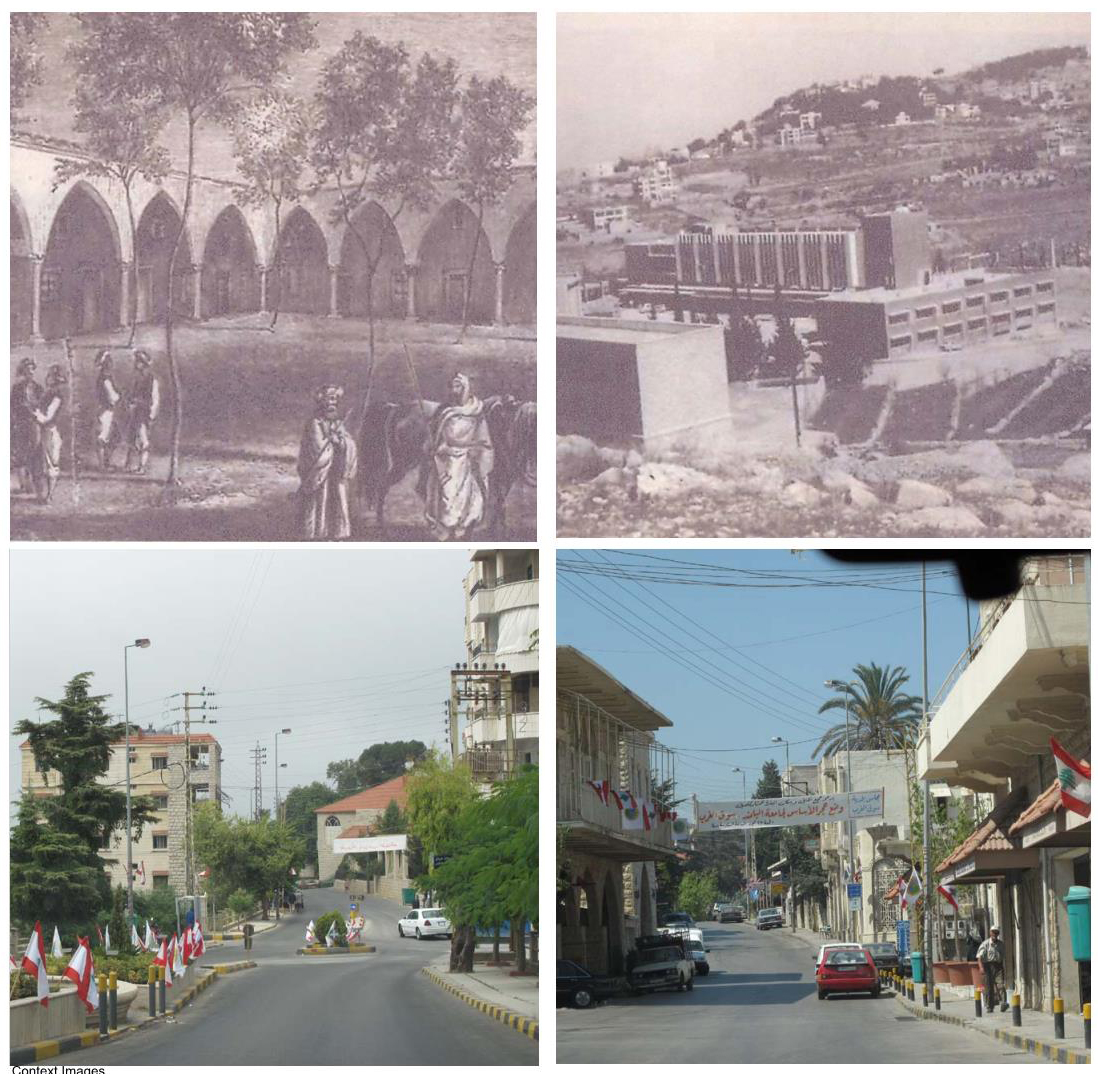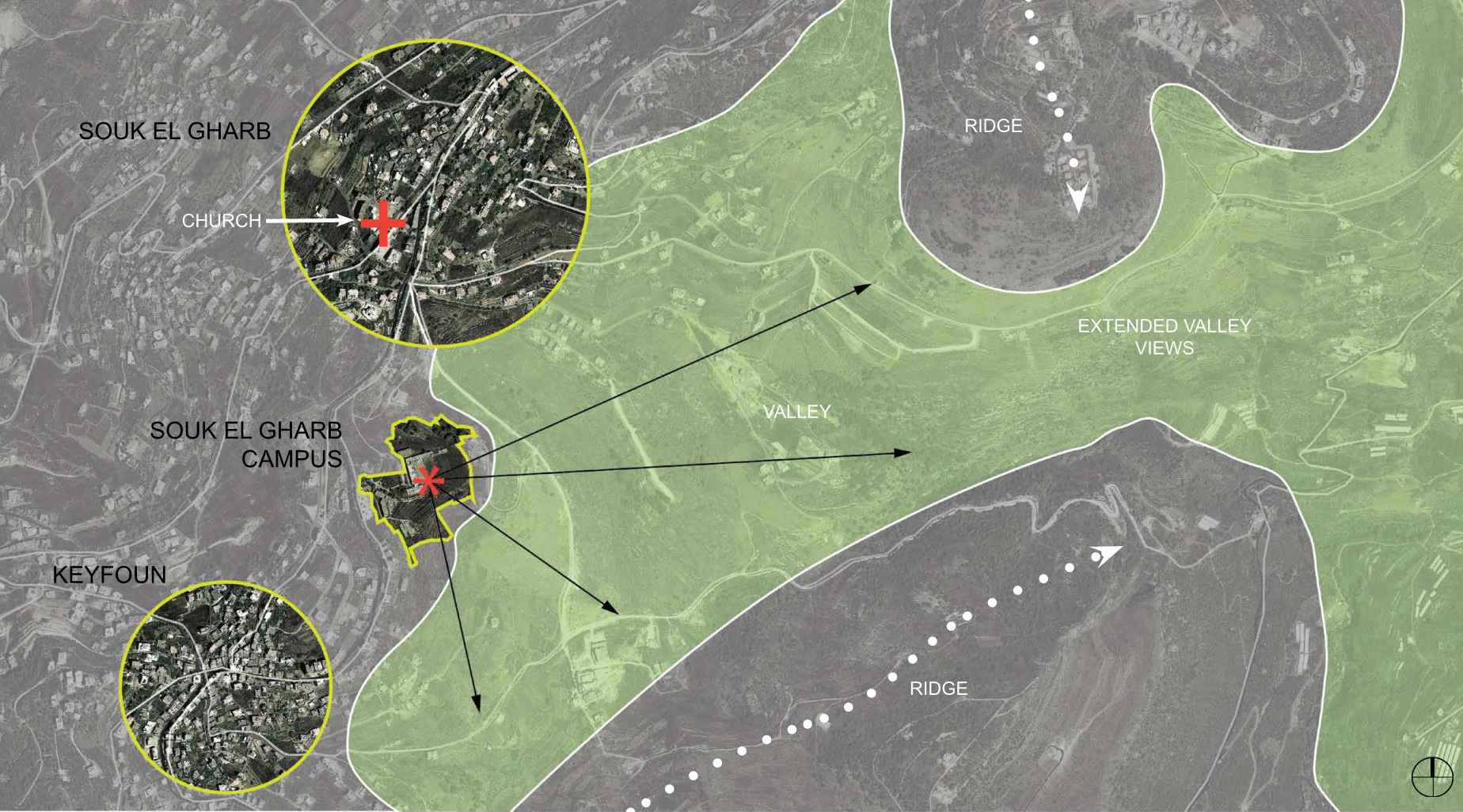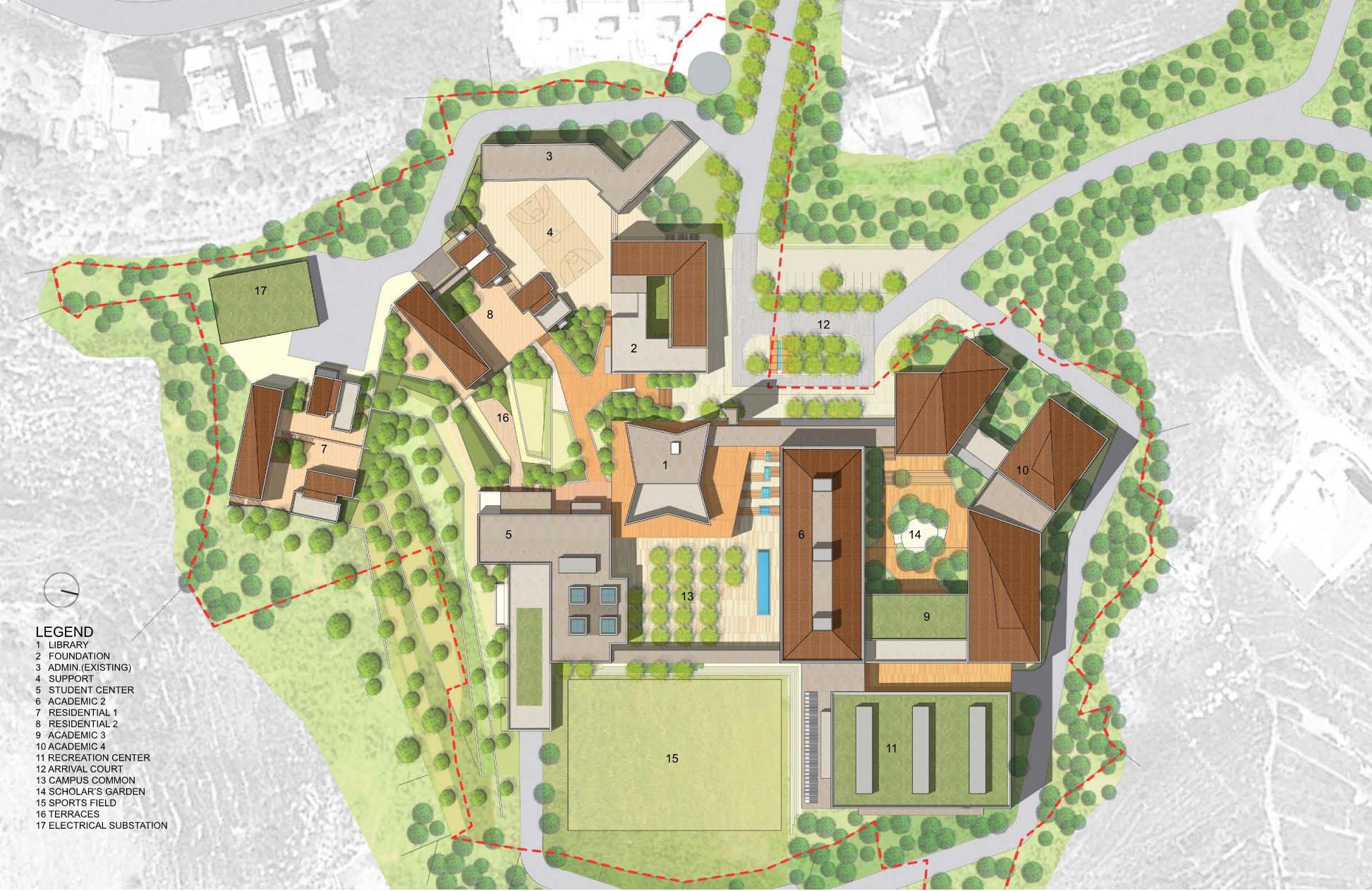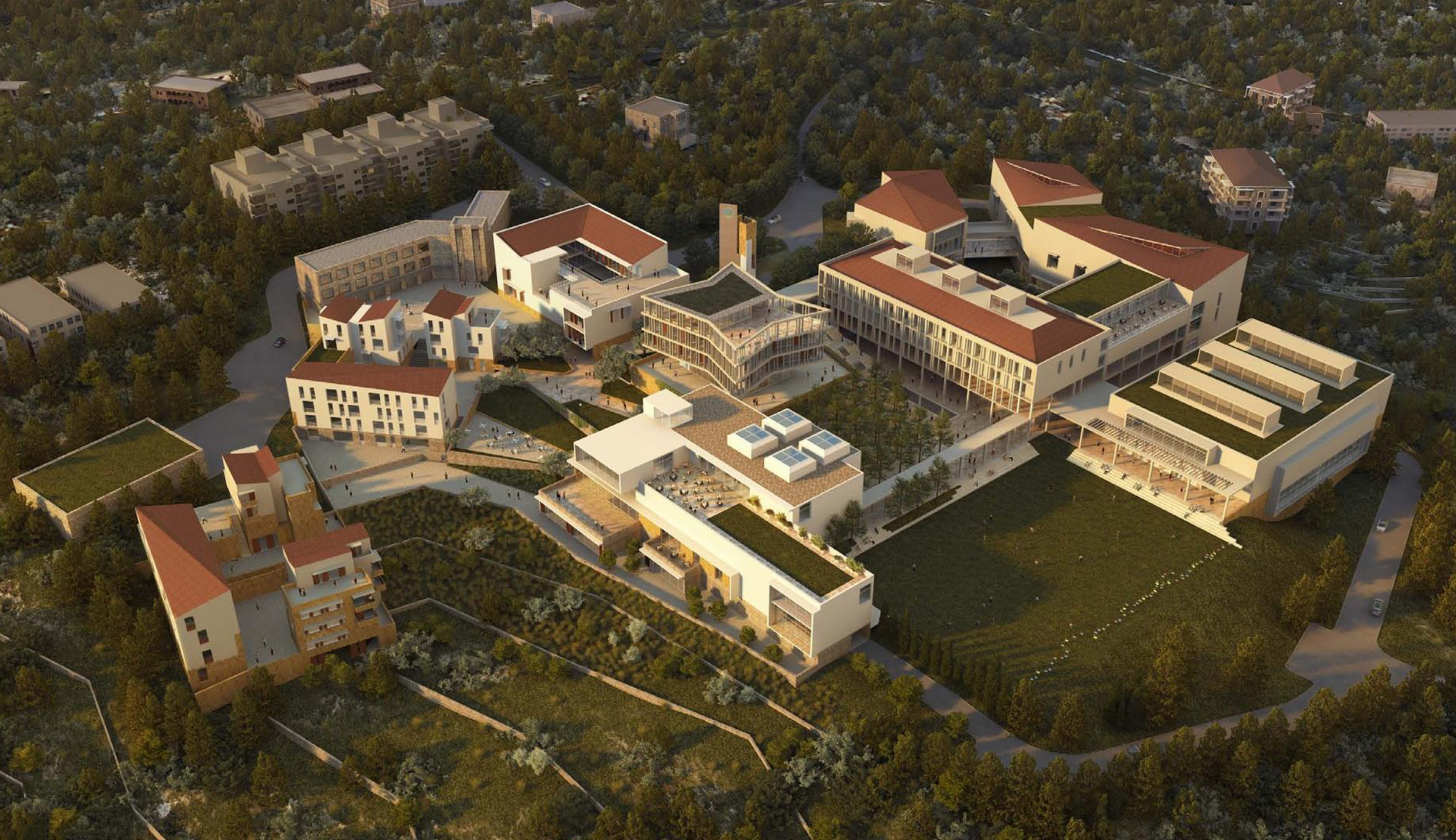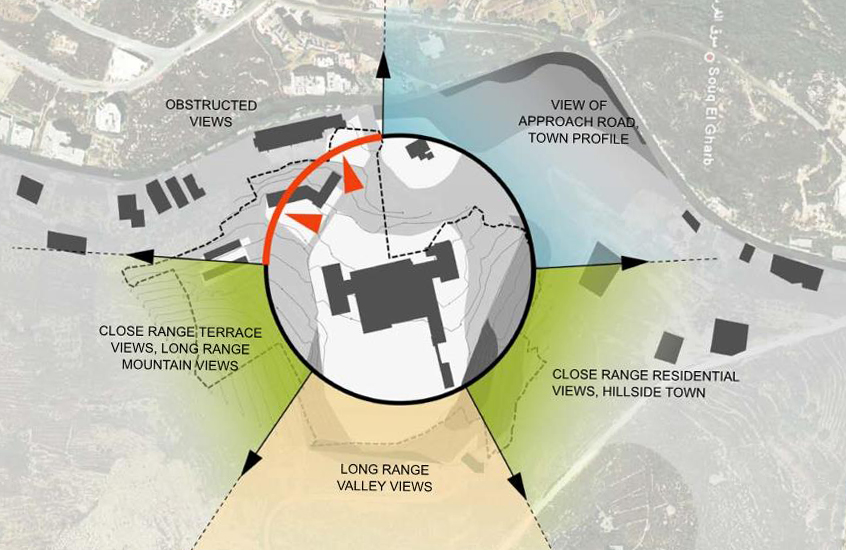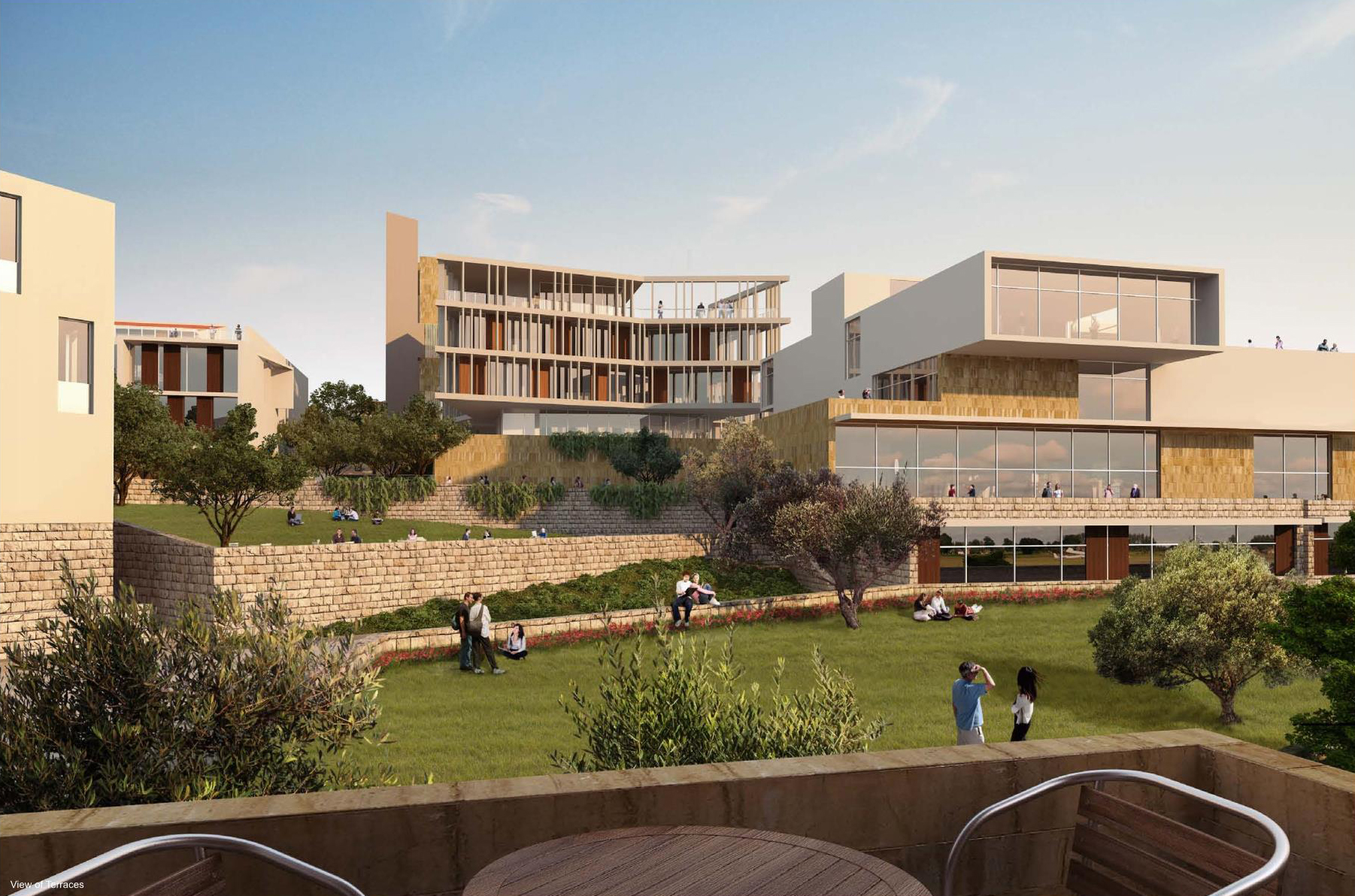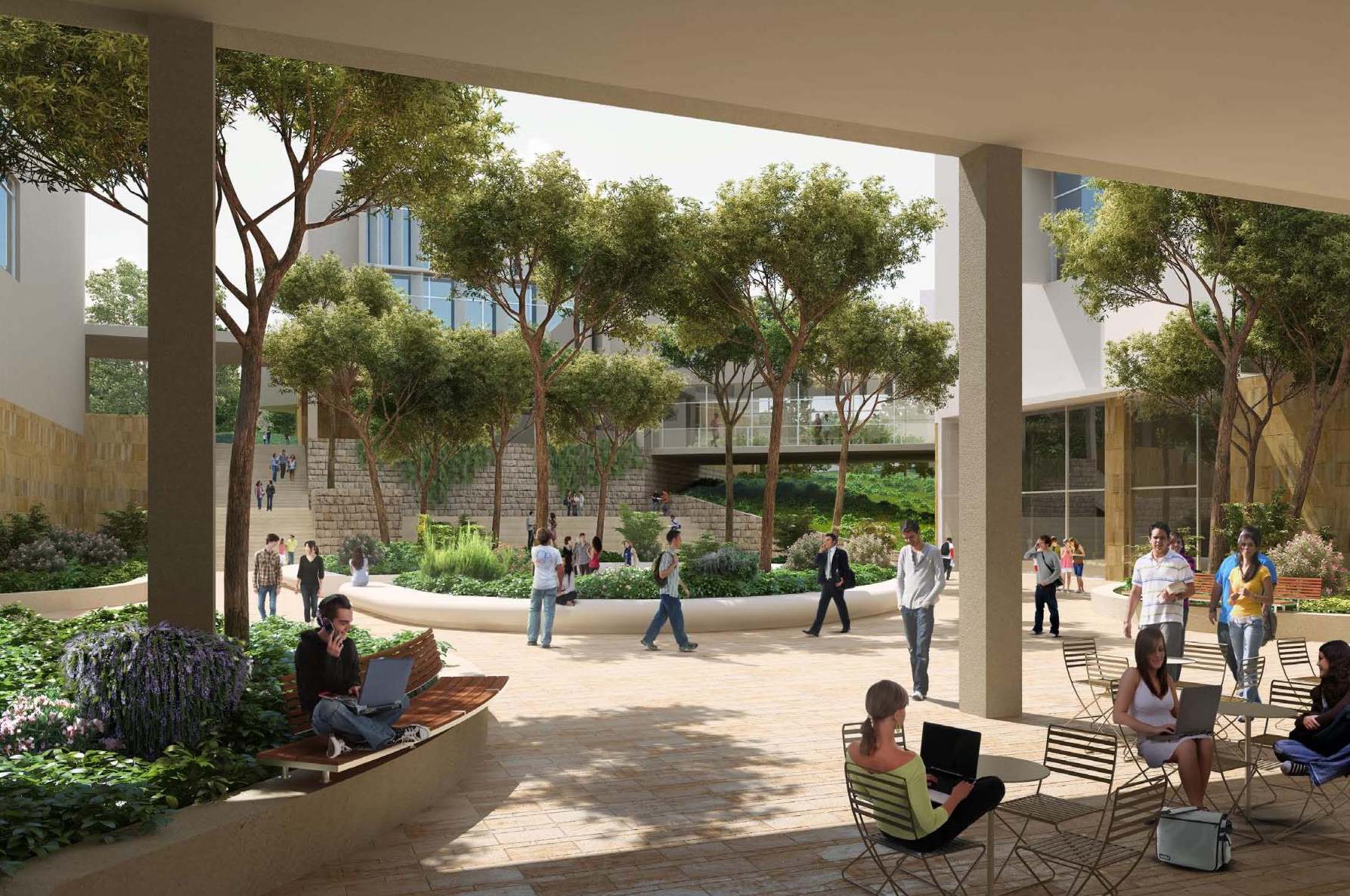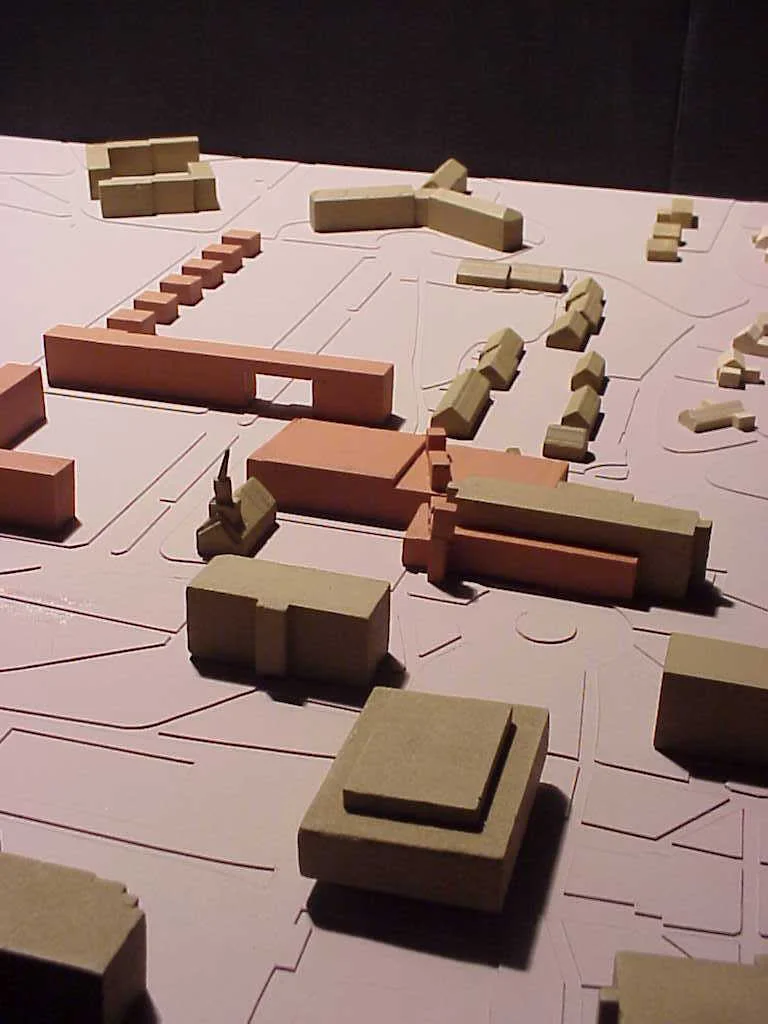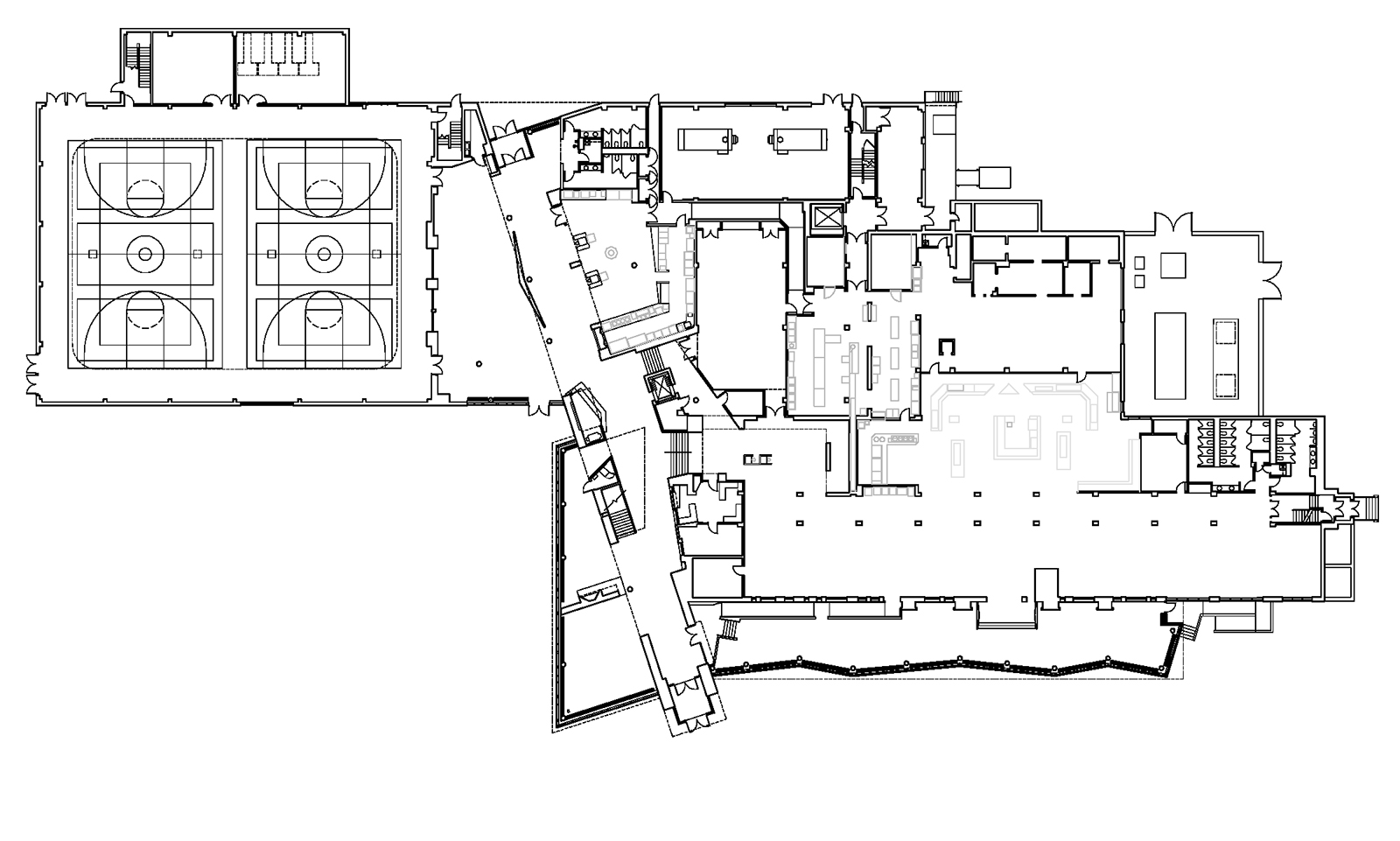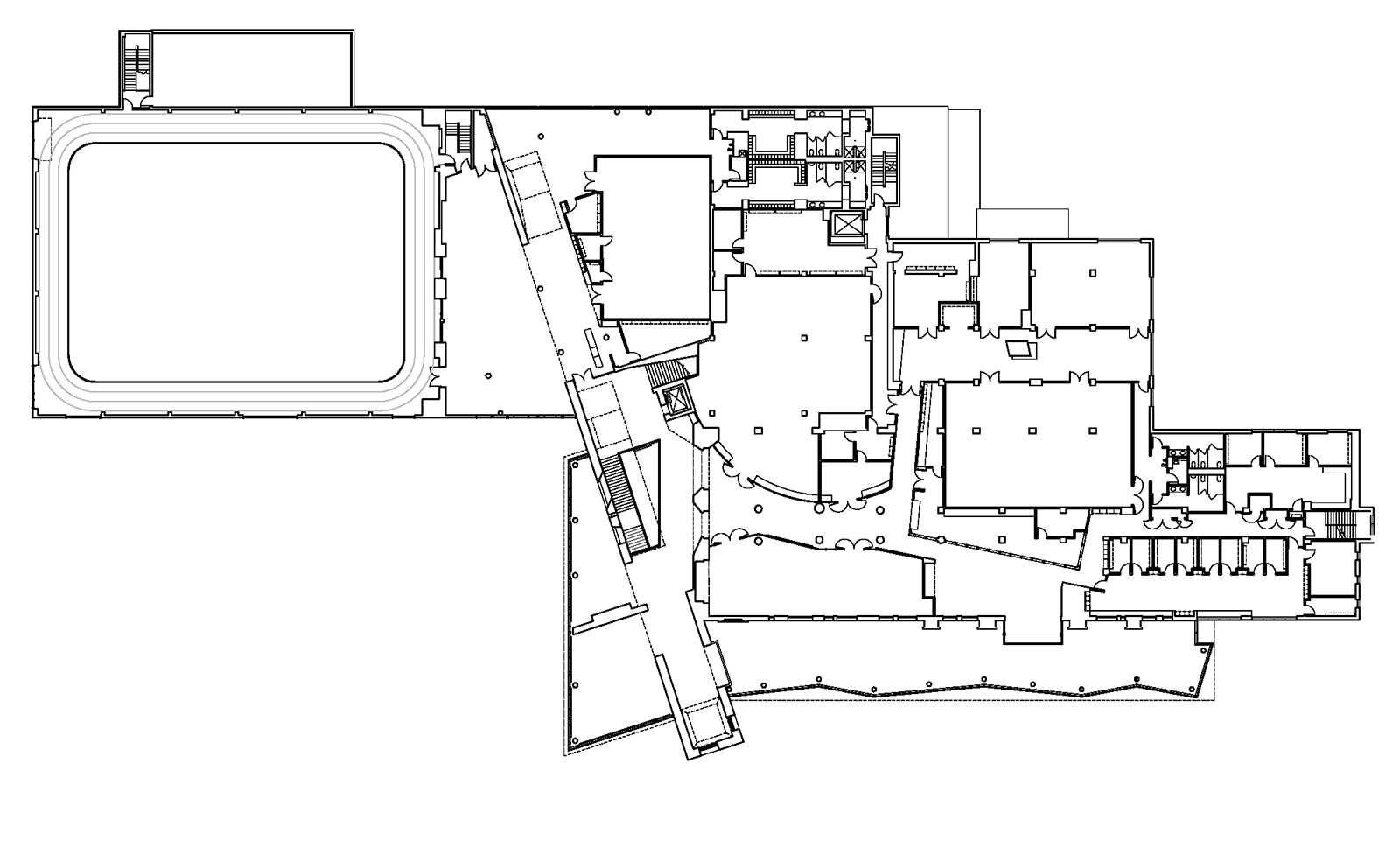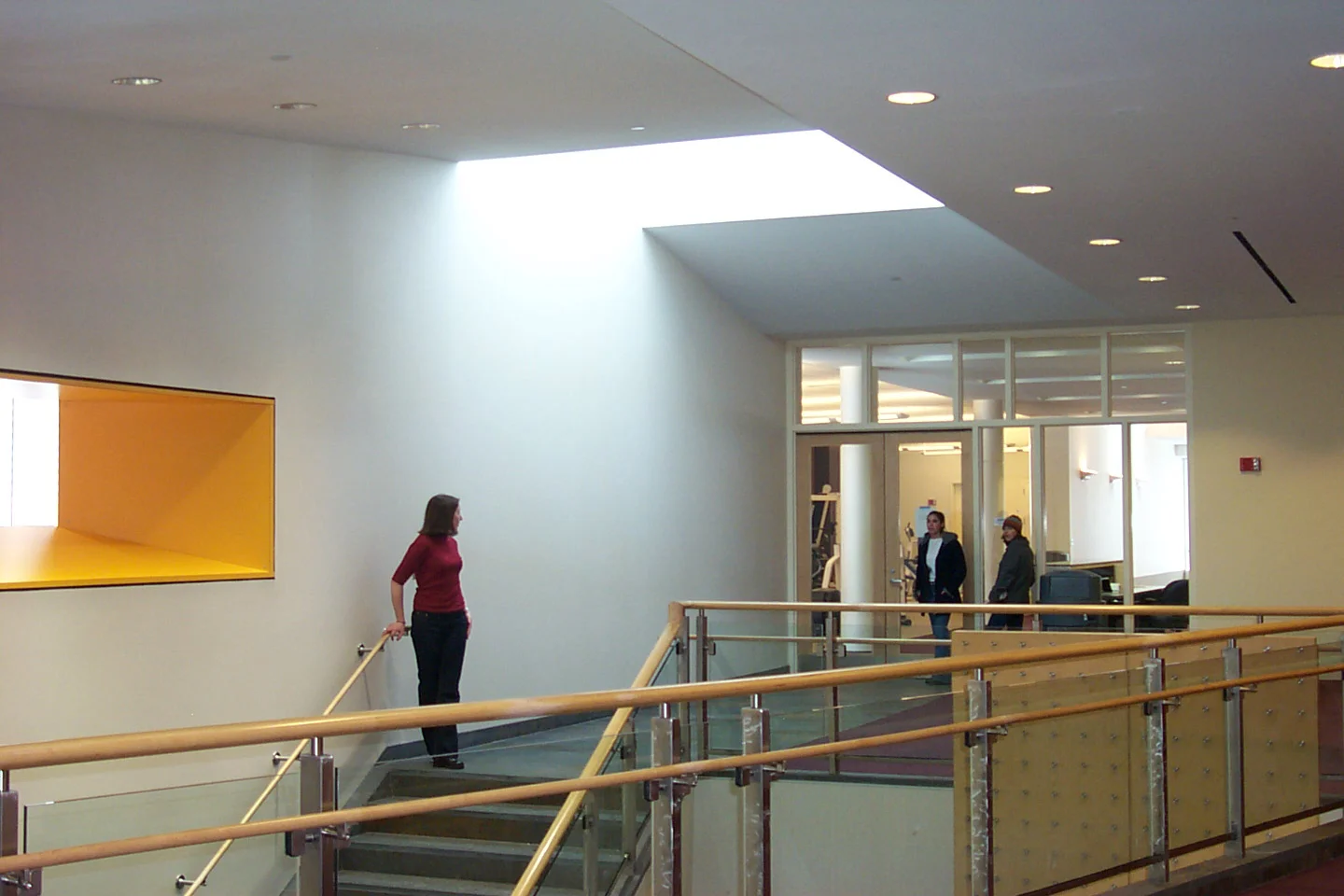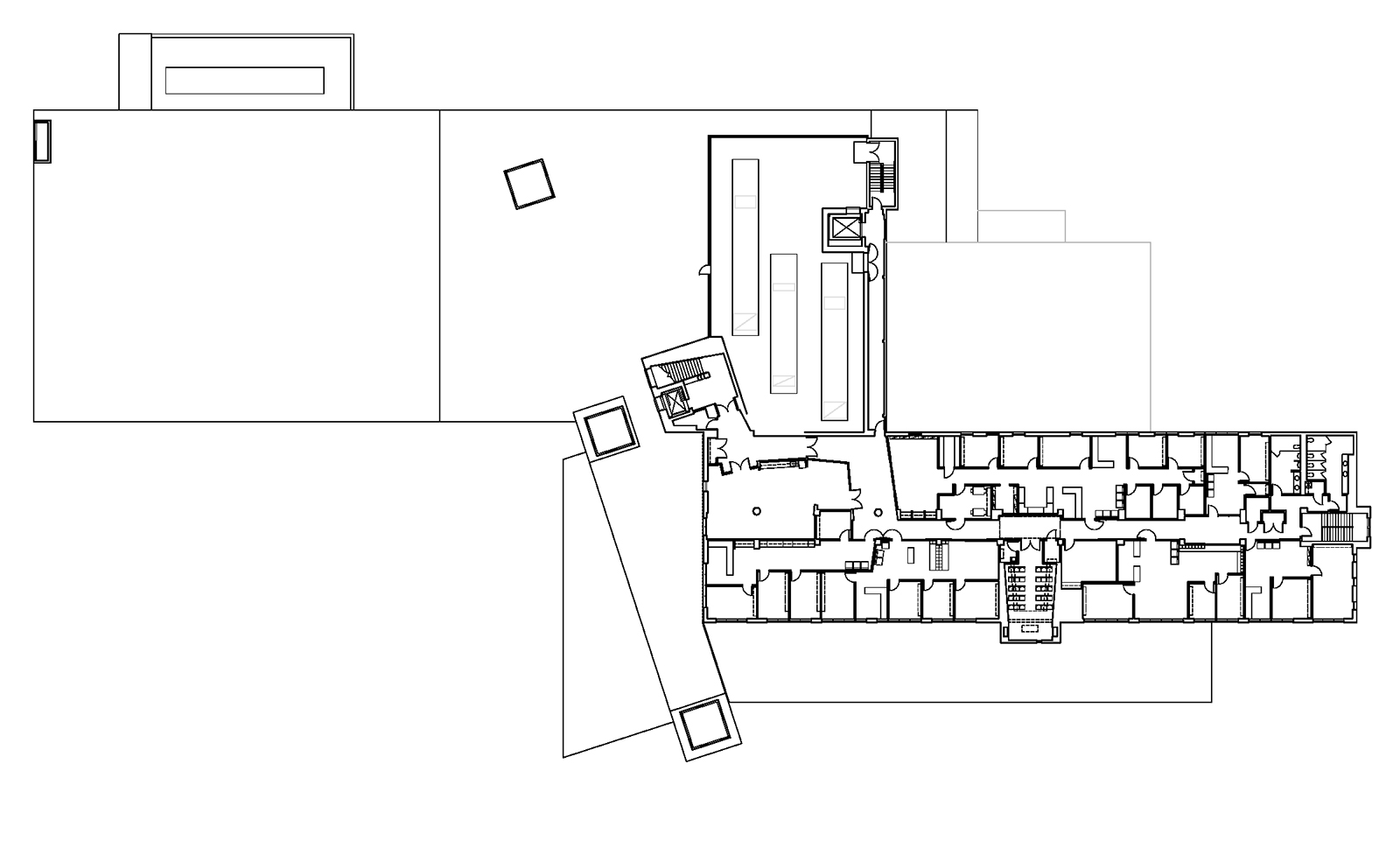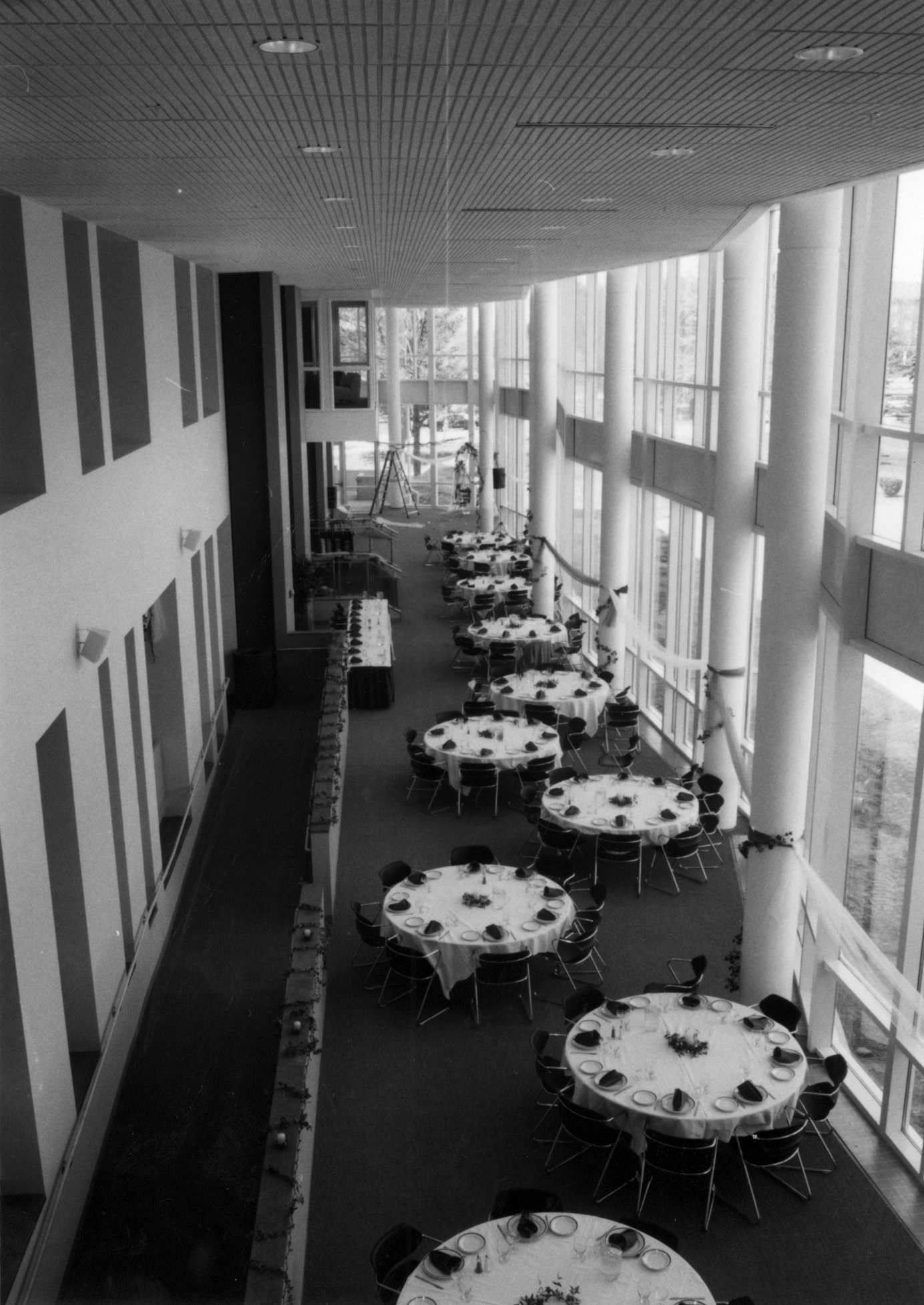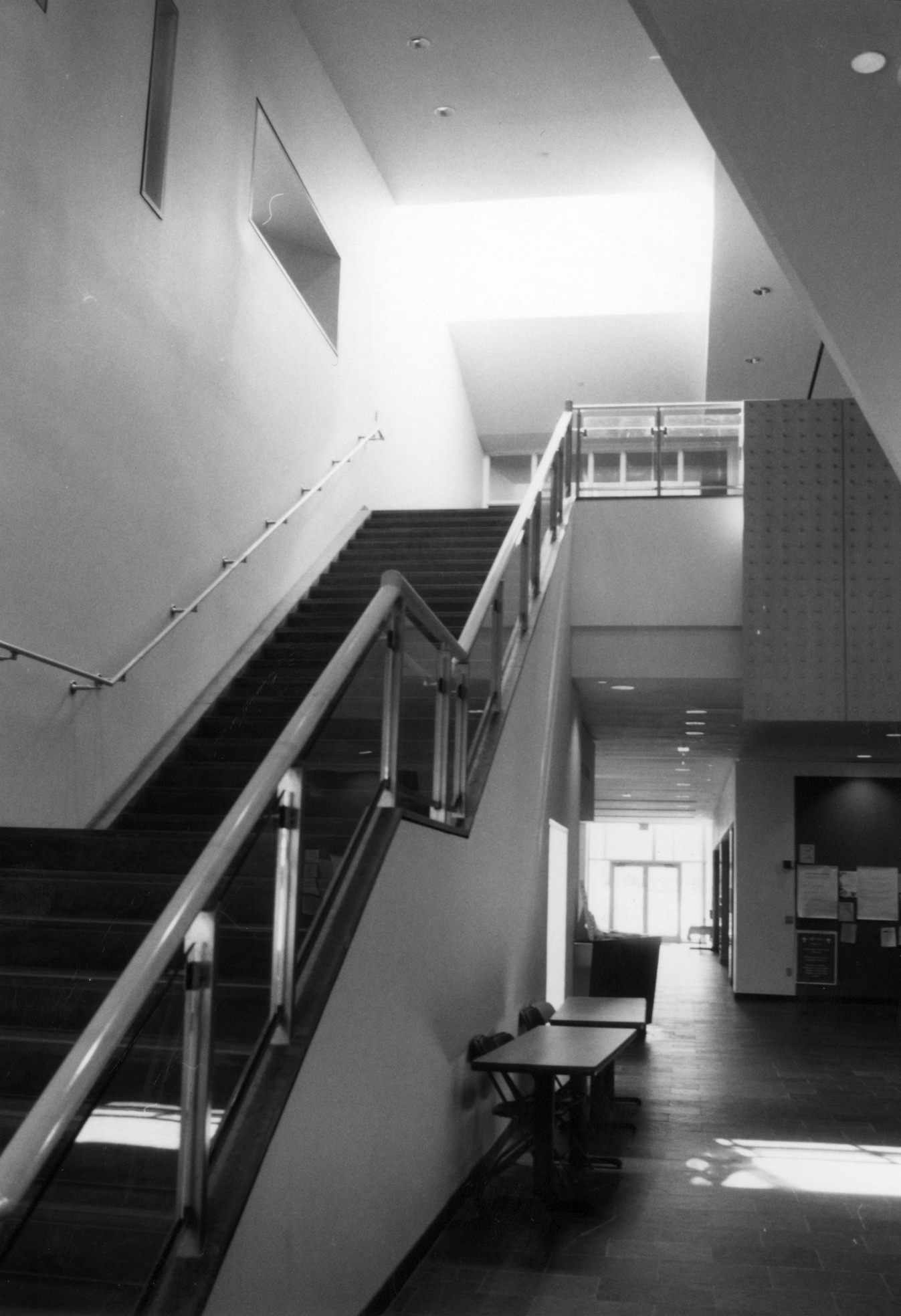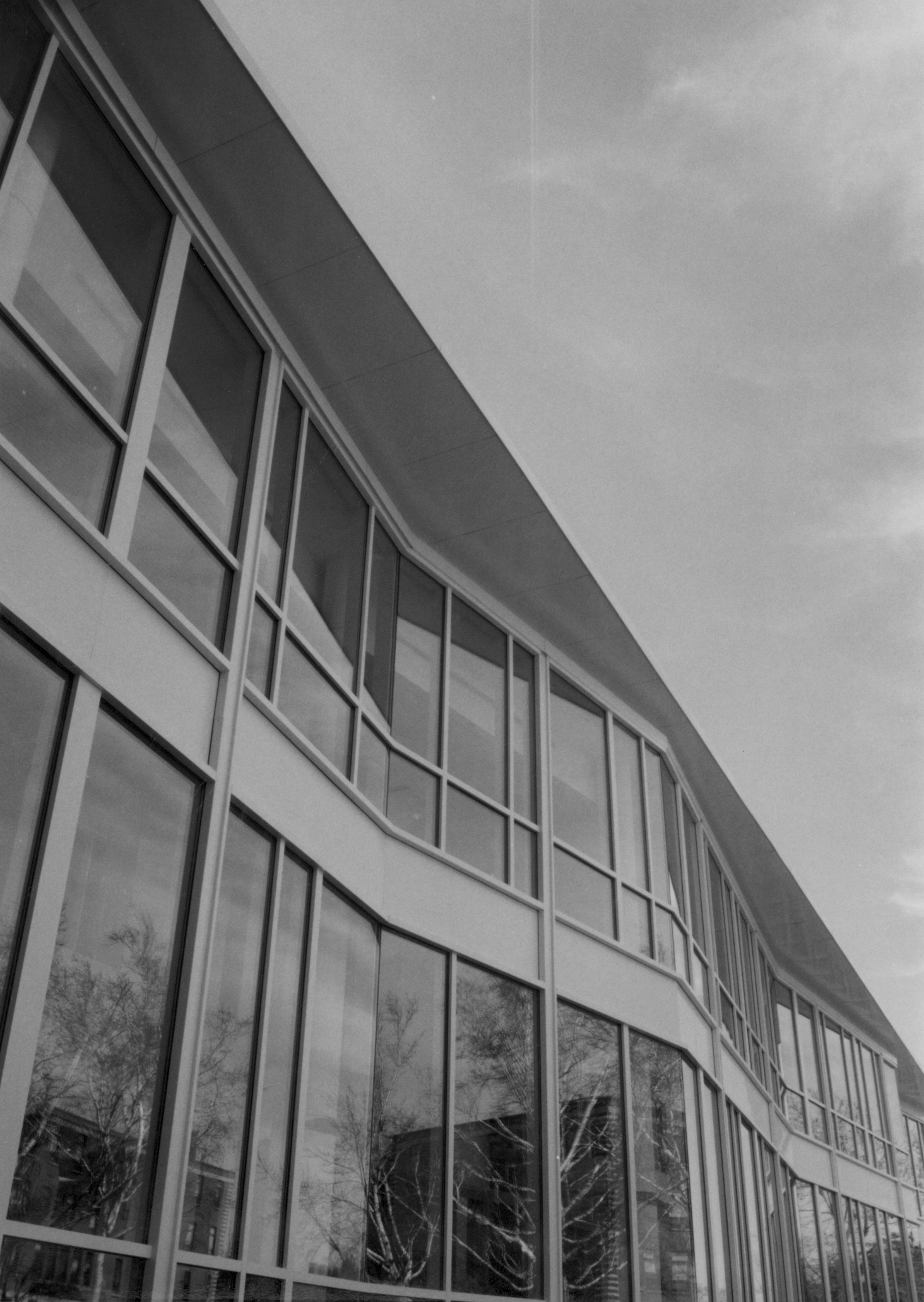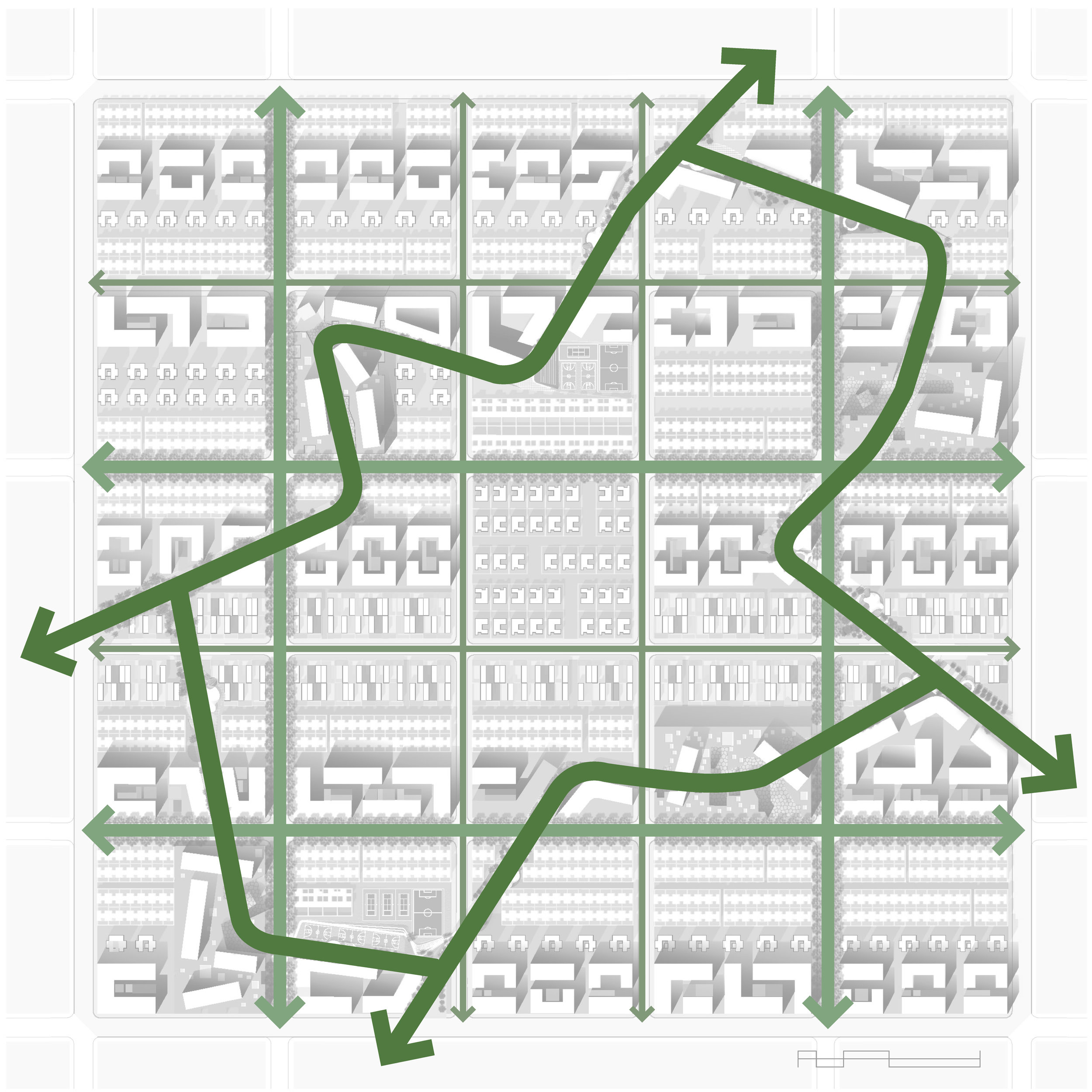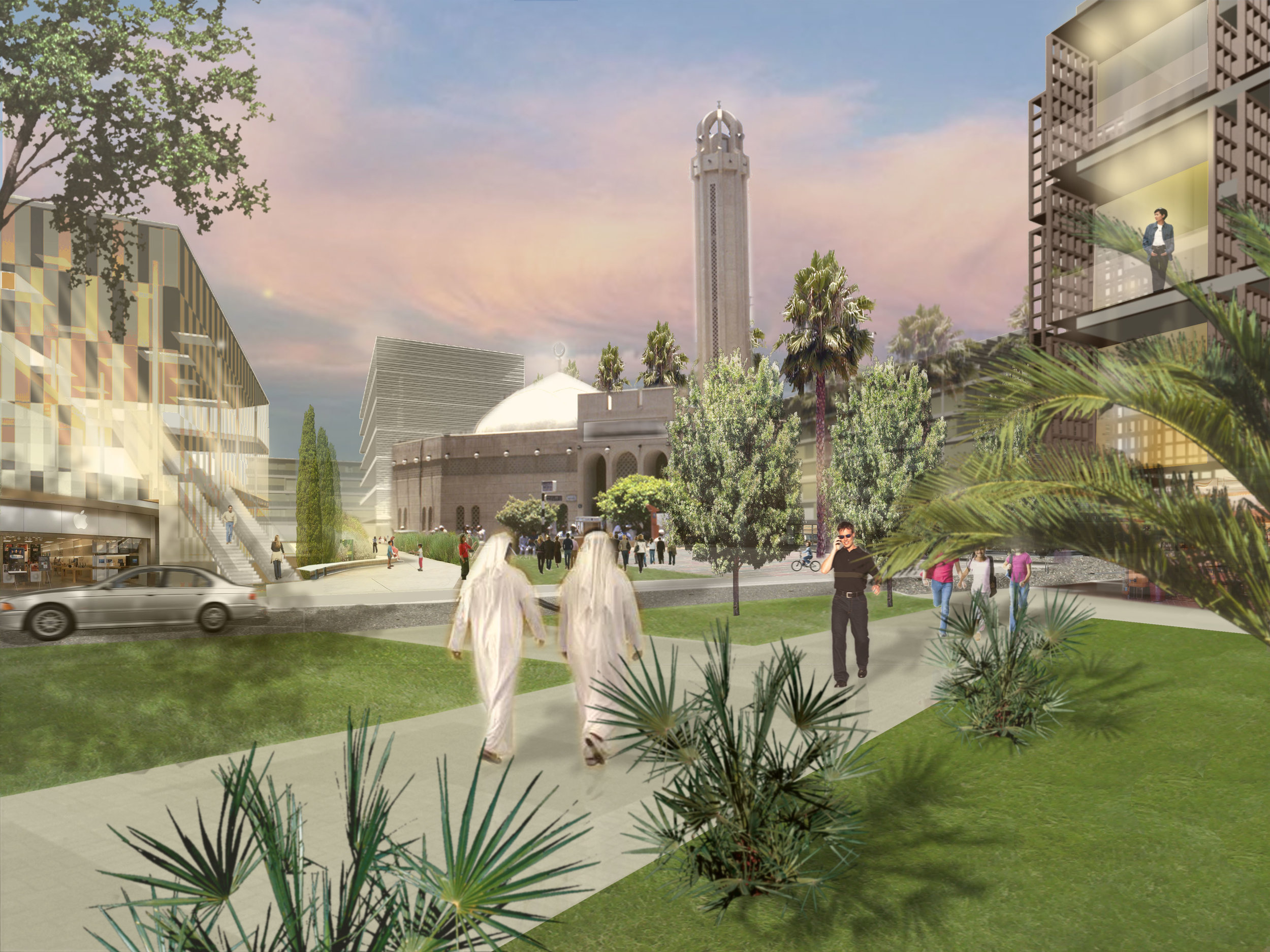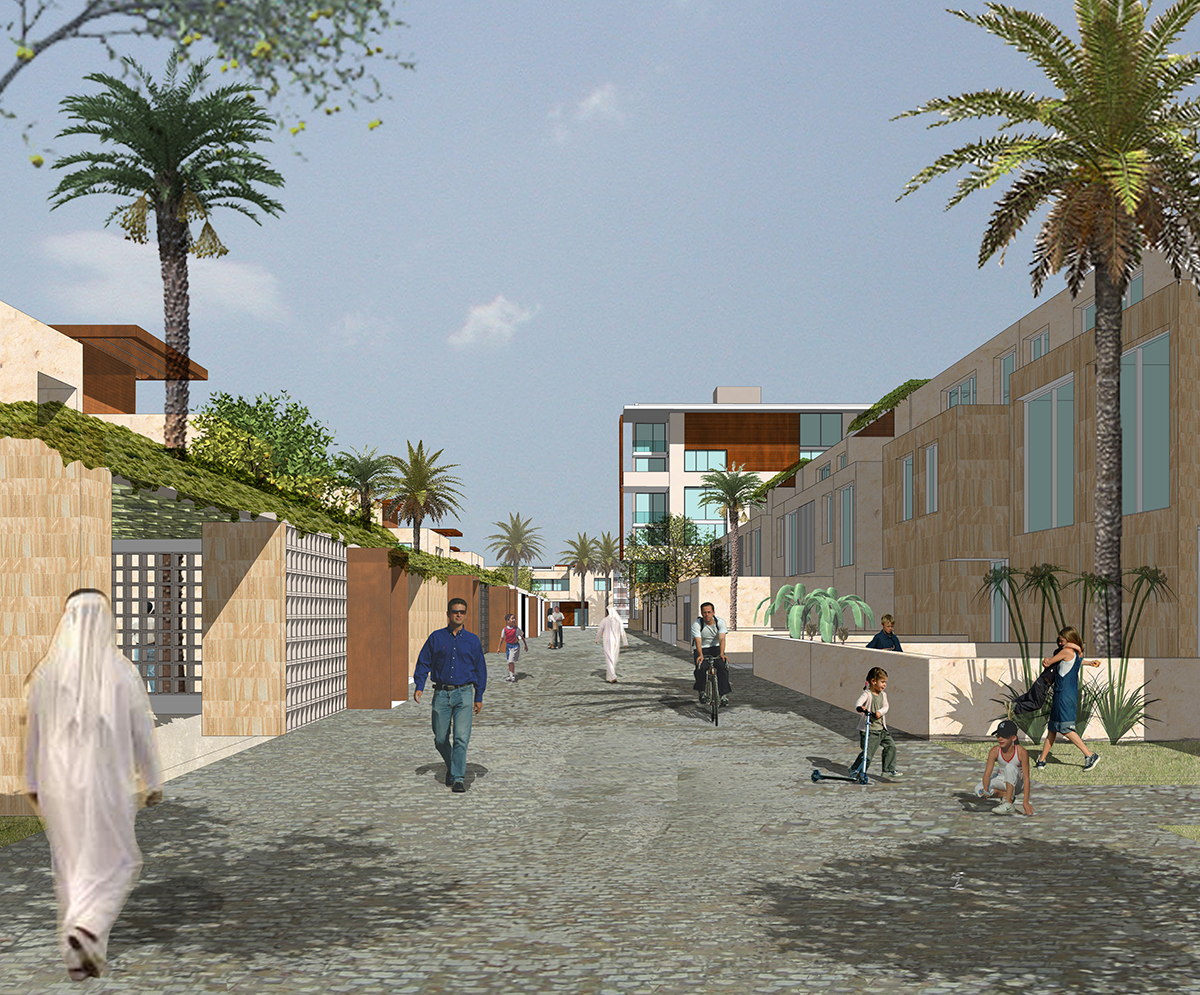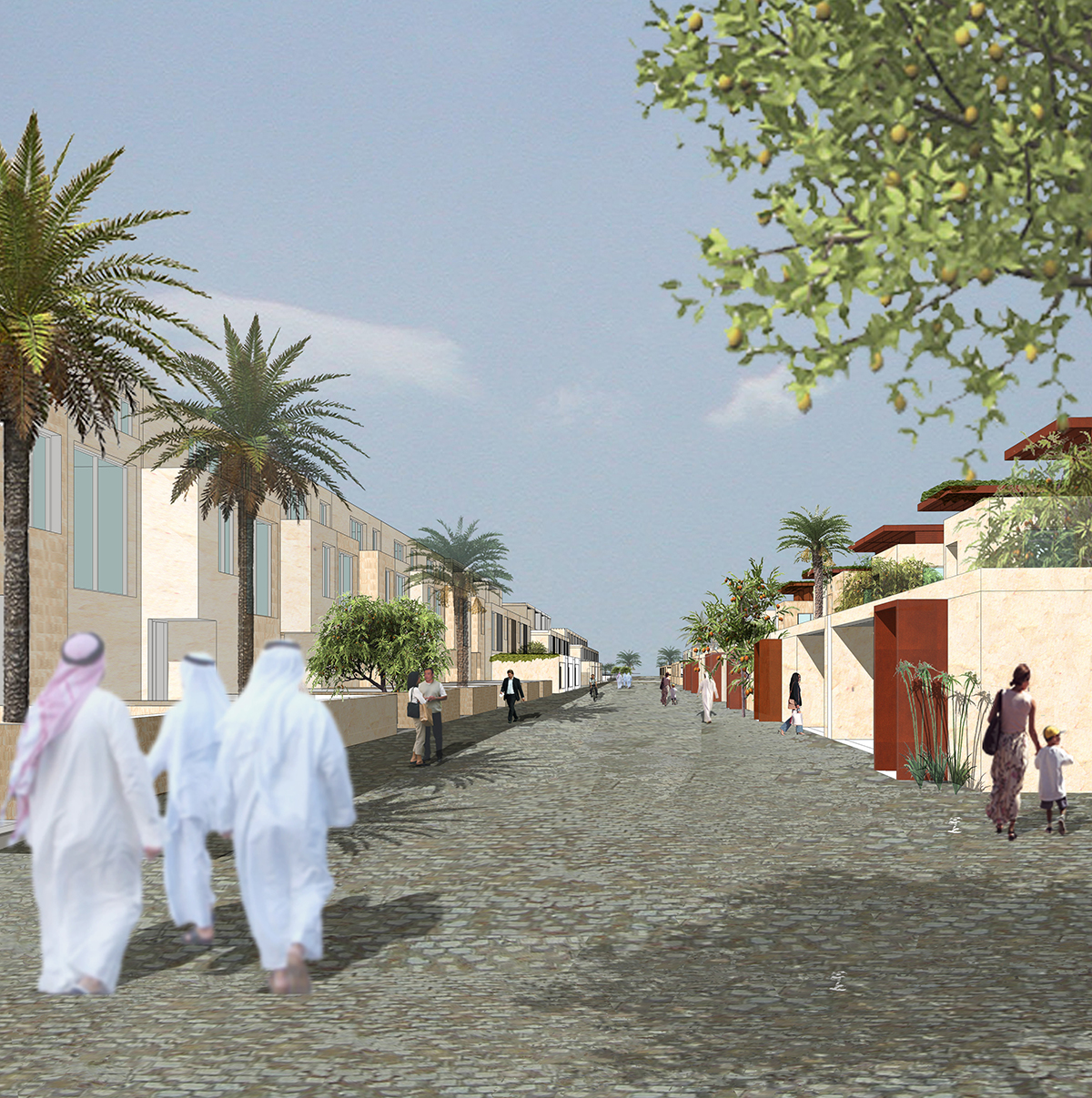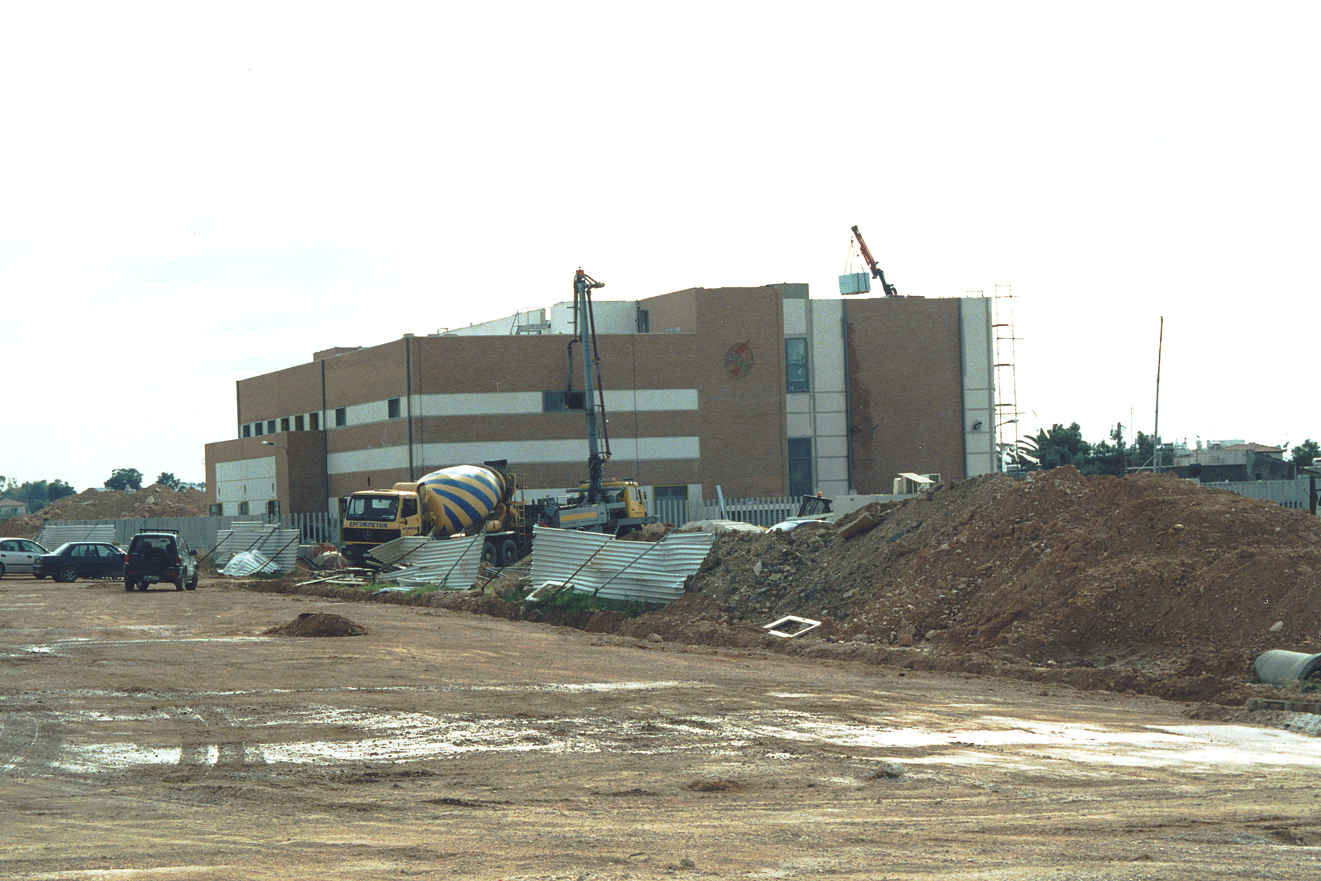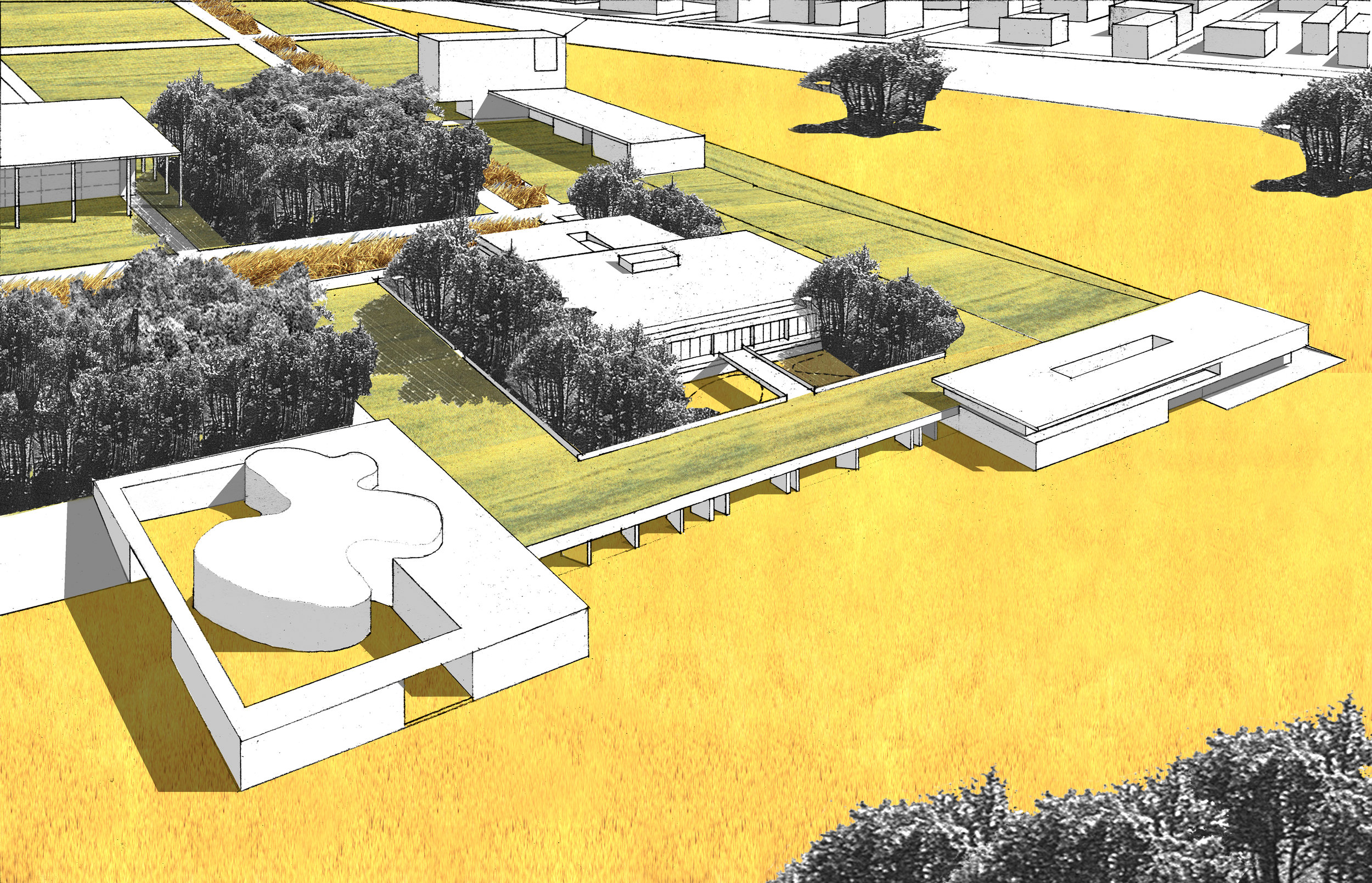Santiago de Chile
The Universidad de Los Andes is a leading institution of higher learning dedicated to the formation of exemplary professionals in Chile. Located in the municipality of Las Condes in Santiago de Chile, the University has become an educational, communal, spiritual and cultural focus for the municipality and the city. The university is currently seeking to expand its resources as a response to the growing demand for excellence in academic programs at college and university level in and around Chile’s capital city. This Master Plan provides a vision and a plan intended to guide the school’s growth over the next twenty five years.
University Vision
Born out of a partnership between academics and leading professionals, Universidad de Los Andes is modeled as a new institution that combines the advantages of similar emerging schools (size, entrepreneurial nature, personalized student support), with those of older, more established schools (heritage, research capacity, institutional stability and permanence). A vocation of service to society complements the university’s profile as a higher learning institution with a specific purpose.
The University’s ultimate goal is “to achieve an organic and universal synthesis of human culture, capable of integrating disparate special- ties into the radical unity of Truth, enlightened and enlivened by the catholic faith”.
University mission
The university’s mission is characterized as follows:
“To irradiate in society a lifestyle coherent with the Christian Truth, harmonizing faith and reason,
To generate and promote knowledge in all areas of wisdom, To foment an attitude of open dialogue and respect for people,
To facilitate the integral formation of each and every student, with an emphasis on personal dedication,
To promote the love for well-accomplished work and a passion for service, inspired in the spirit of Opus Dei, which warrants the Chris- tian education imparted by the school”
The history of Universidad de los Andes spans over two decades constituting a living example of the institution’s own ability to plan and implement an academic vision and a program into a built reality. The following chronology documents the university’s growth:
In December of 1989, shortly after its inception and during the formation of its initial academic body, the University established itself in its first building, located in Calle General Bustamante 86.
In March of 1990, the Law School started dictating for classes for its core curriculum at this location.
The following year, the faculties of Philosophy and Medicine were created. The School of Medicine was located in the old Pywonka palace building, becoming the first medical school to be launched by a private university in Chile.
In 1992 the School of Economic Sciences, the School of Nursing and the School of Pedagogy were added to the university faculties.
The schools of Journalism (1993), Service Enterprise Administration (1993), Engineering (1995), the Family Science Institute (1996),
Psychology (1999) Business Administration-ESE (2000) were created sequentially augmenting the university’s academic portfolio.
By 2001, and after fulfilling all legal requirements, the University obtained its declaration of autonomy from Chile’s Ministry of Education.
In 2002, the Faculty of Dentistry was created. The careers of Civil and Electrical Engineering, Education of Minors and History, and two bachelors programs were added shortly after.
Graduate degrees started to be offered in 1998. Today, the university’s graduate programs include: 2 PhD programs, 8 Master degrees, 12 Post Professional degrees, 7 Medical Specialties and 19 Diplomas.
In 1991 the university acquired a parcel of land in the municipality of Las Condes that would become the site of a new campus, destined to house the majority of the university’s academic programs. Construction of the new campus began in 1994, and the opening of the university’s first buildings followed only two years later.
The Universidad de Los Andes, in its brief history, has a significant tradition of planning. This tradition is evidenced across the current campus setting, where the organization of buildings and open spaces is the result of previous Master Plans efforts undertaken and partially implemented by Shepley, Bullfinch, Richardson and Abbot Architects of Boston. The various iterations of the campus plan, together with the campus’ present conditions are illustrated in this section of the report.
The campus infrastructure has reached a critical point, where in order to continue to support the university’s growing enrollment and the associated development of its academic programs, it should expand beyond its built core.
The goal of this Master Plan is to build upon this foundation and to develop a road map for the university’s expansion. Based on the university’s mission, the Master Plan will provide a vision, a plan, a program and a strategy for implementation for the campus to develop over the next twenty five years.
Upon completion, the campus main focus will have the following faculties as part of its academic core:
· Faculty of Humanities
· Faculty of Health Sciences
· Faculty of Engineering
· Faculty of Economy
· Faculty of Business Administration
· Faculty of Law
· Faculty of Medicine
· Faculty of Philosophy
· Faculty of Education
The Master Plan for the new campus will target a projected enrollment of 5800 students in an initial build out phase with capacity for future growth, with up to 12,000 students estimated to be on campus in its final phase of growth. The campus will accommodate a large number of commuter students from Santiago and surrounding communities.
Key campus services and facilities will include the campus administration (Rectoria), an expanded library, academic buildings for the faculties listed above, athletic and recreation facilities, the university’s Clinica, a campus community center, in addition to landscape, outdoor recreation areas, parking and support facilities. As part of the university’s long term growth strategy, The Master Plan will provide alternatives for the development of student housing and research and development space within the boundaries of the campus.
The basic planning criteria of the Master Plan is to develop the campus into a cohesive whole, seamlessly integrating existing and new aspects of the plan and to put forward a model of organic growth of the campus around its existing core. The rationale of the campus framework plan and its phases of implementation are based on the university’s enrollment projections and the development strategies for each of its academic departments.

















